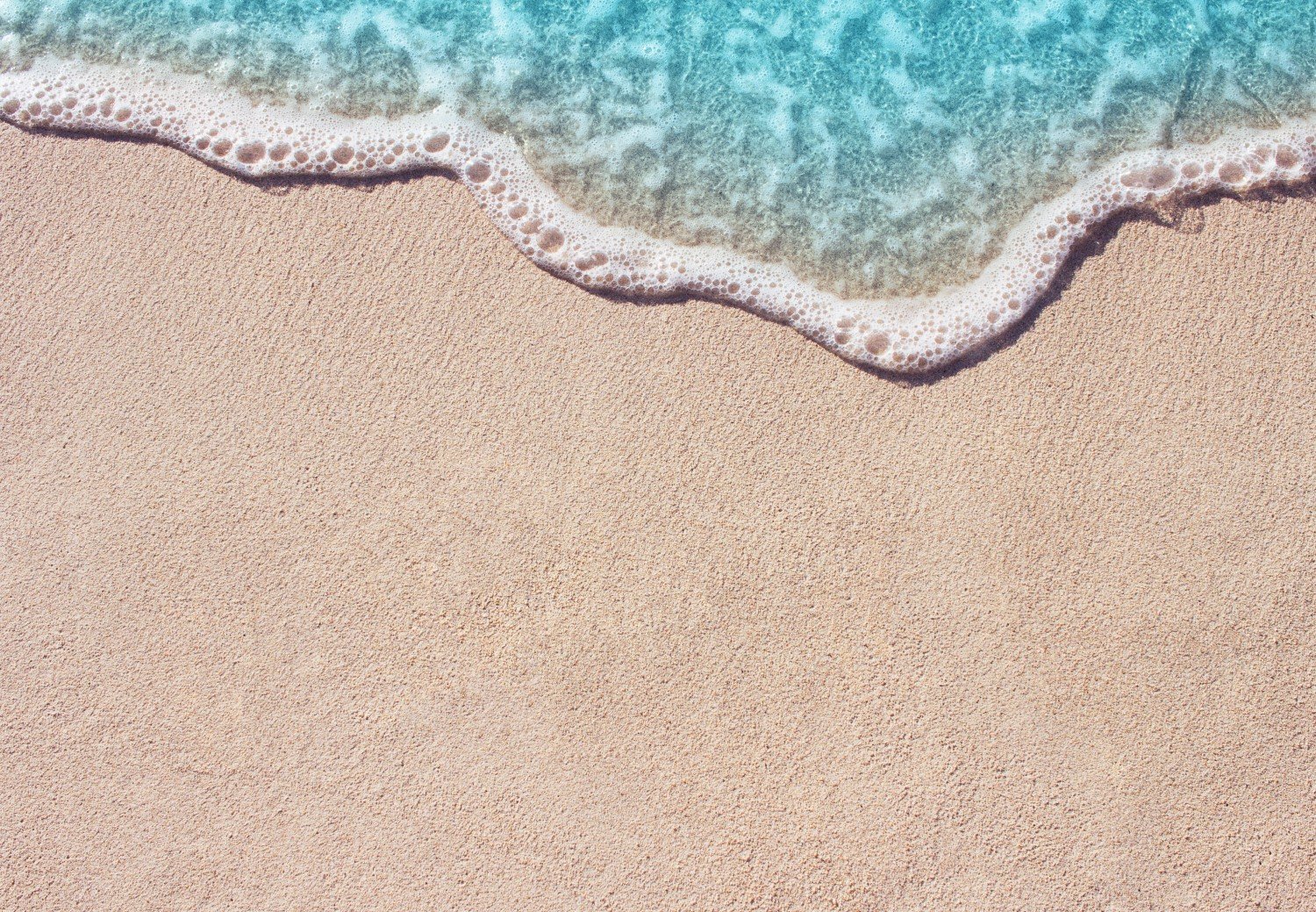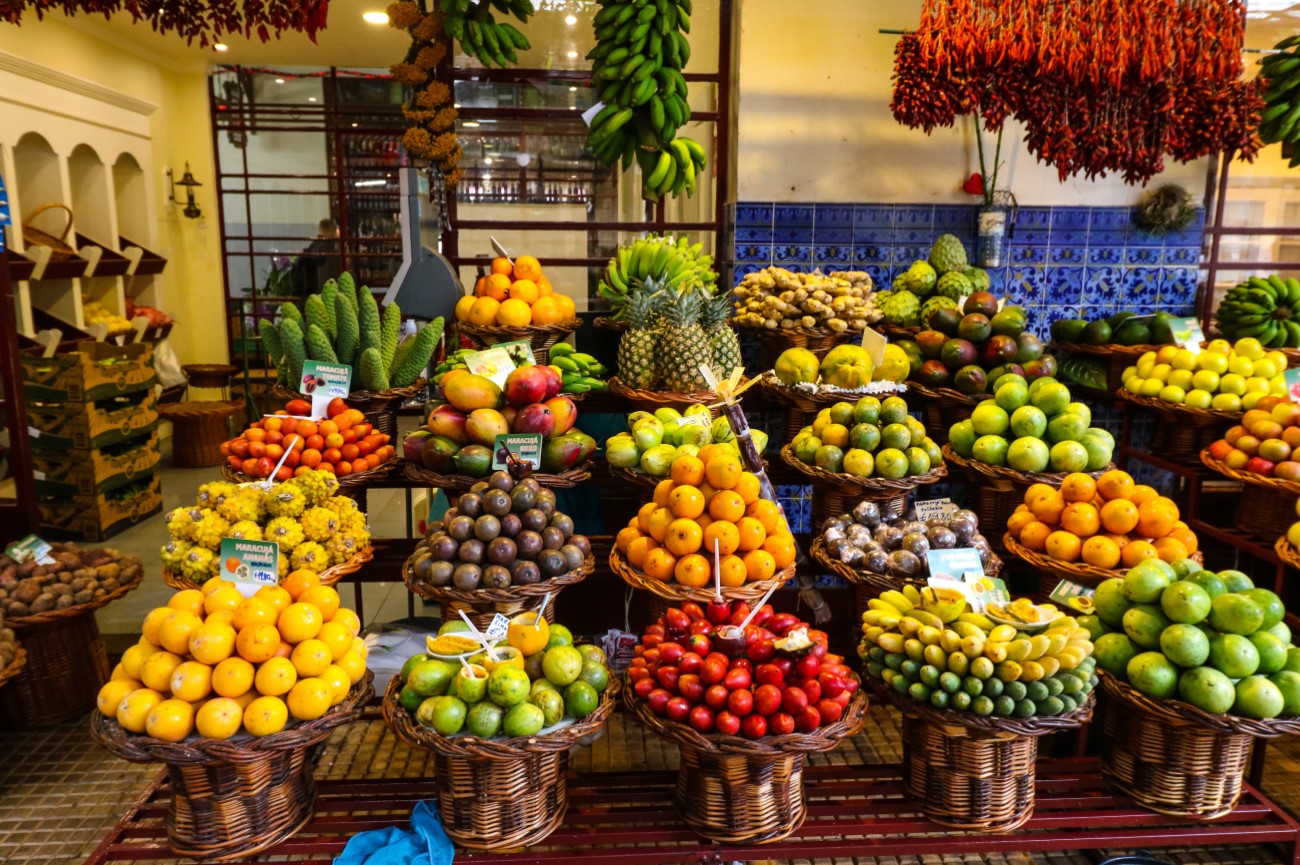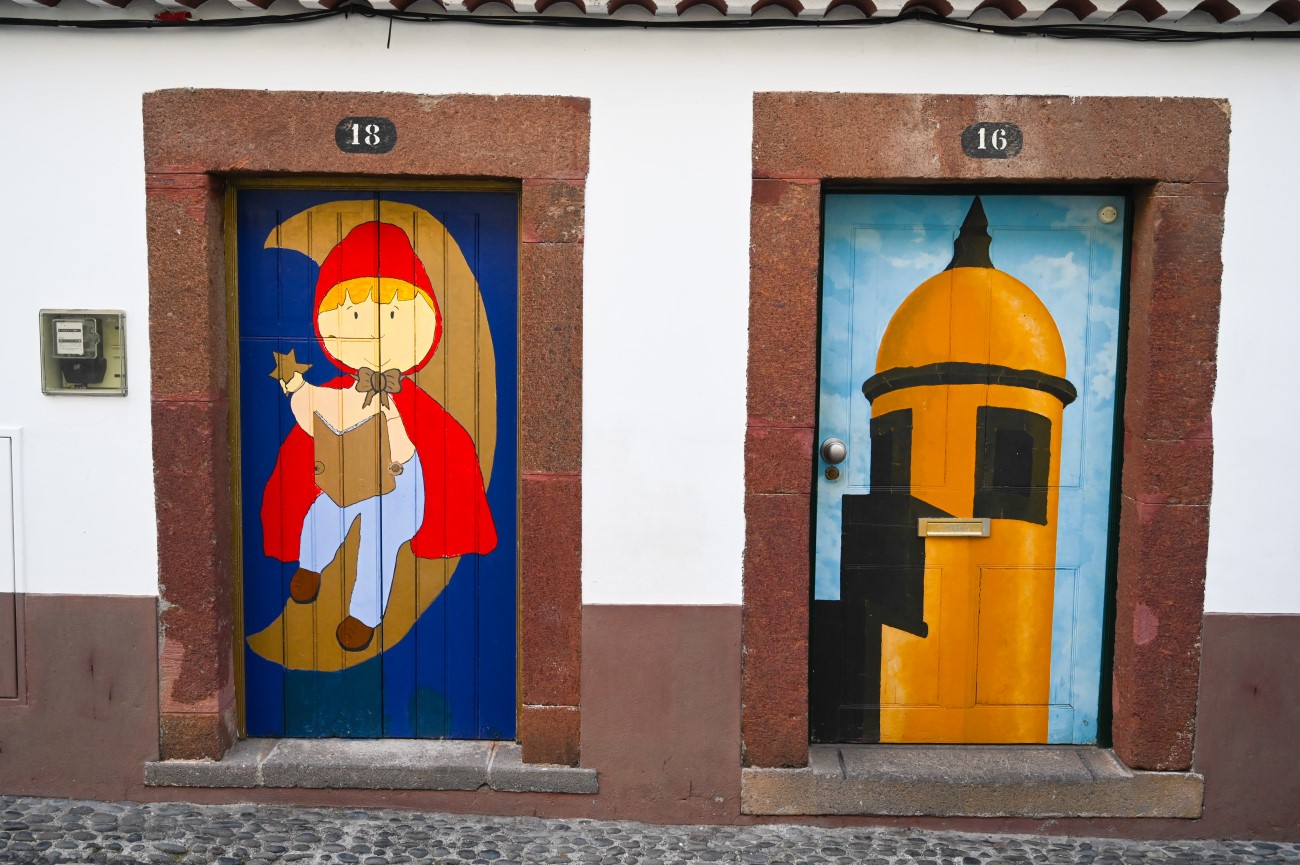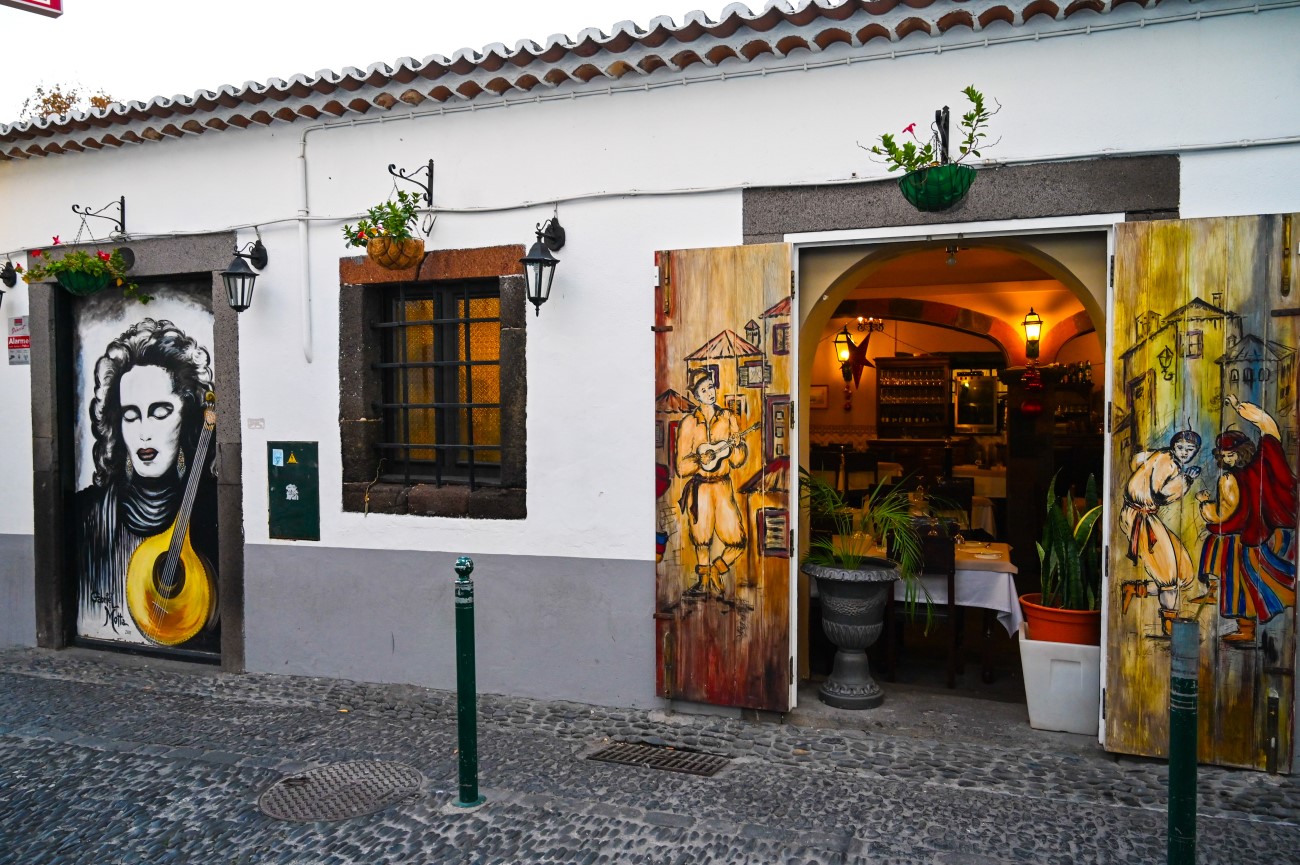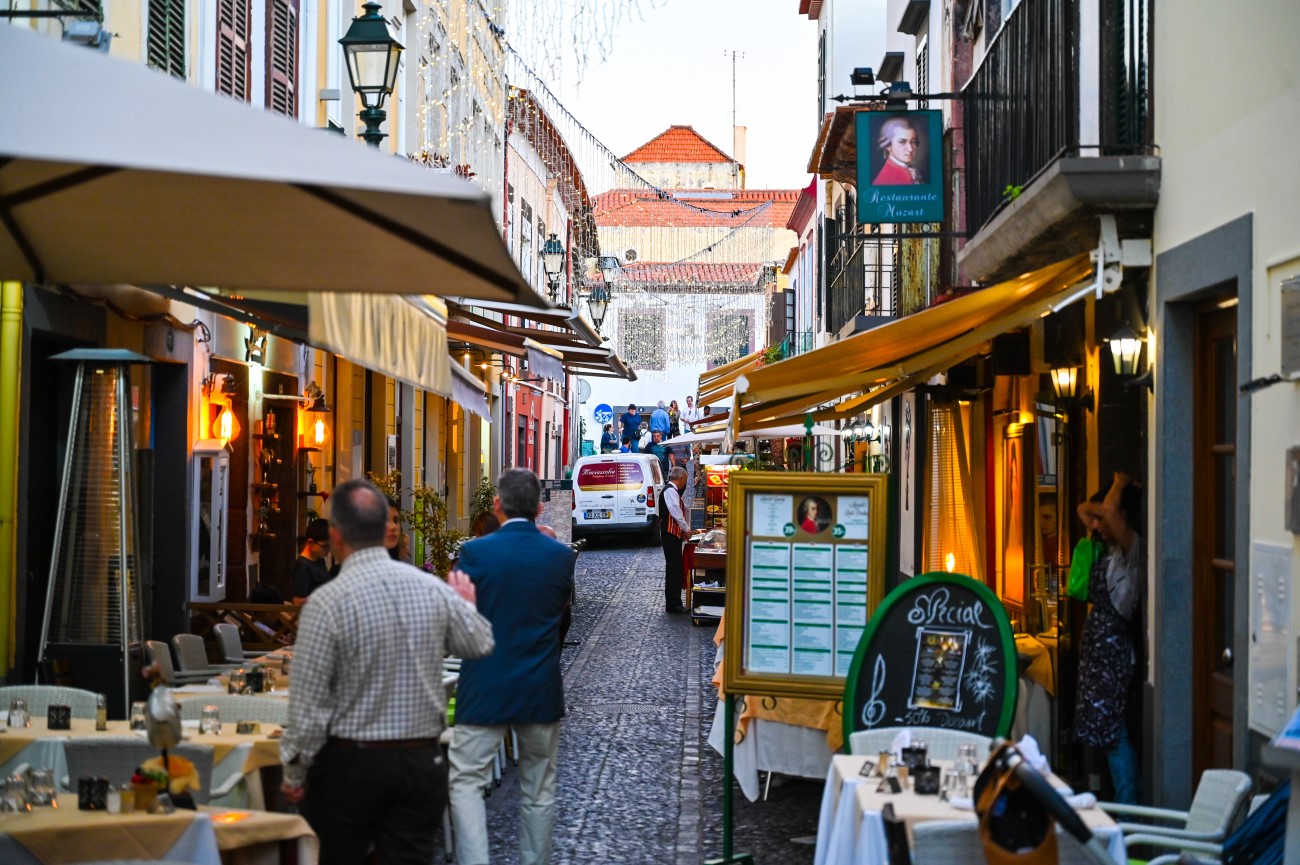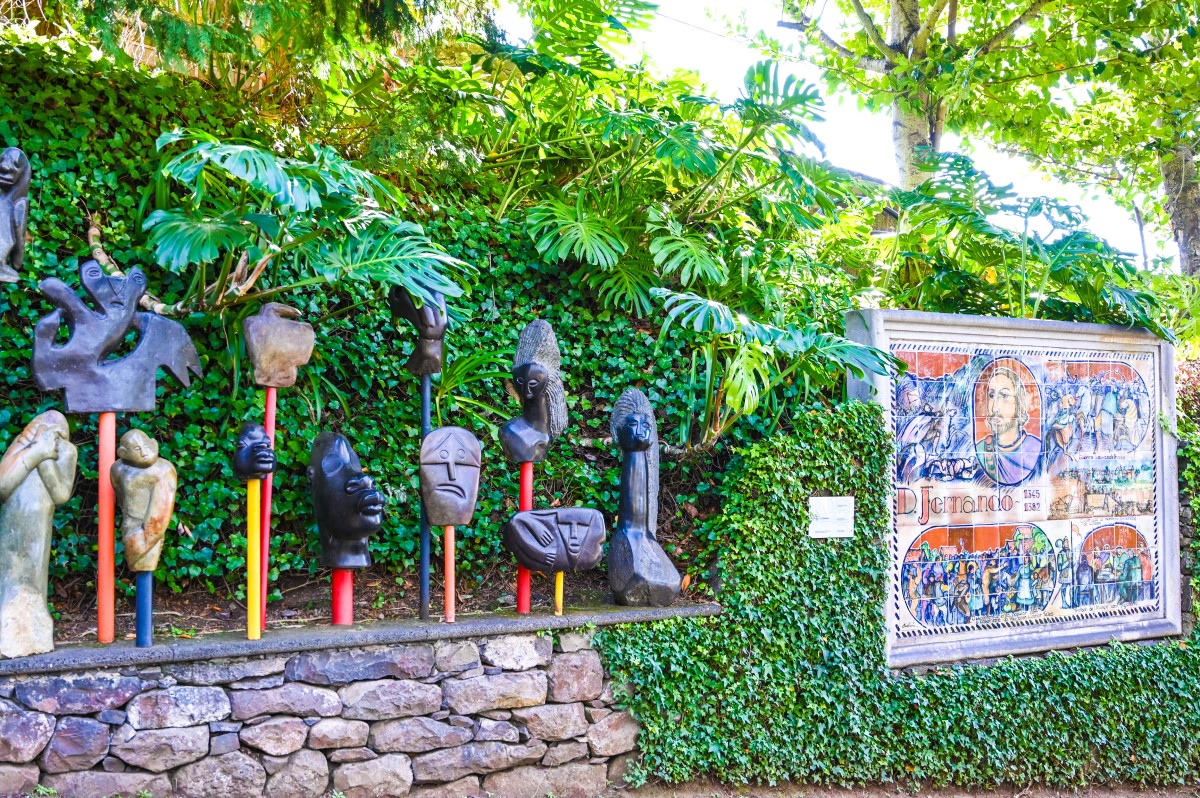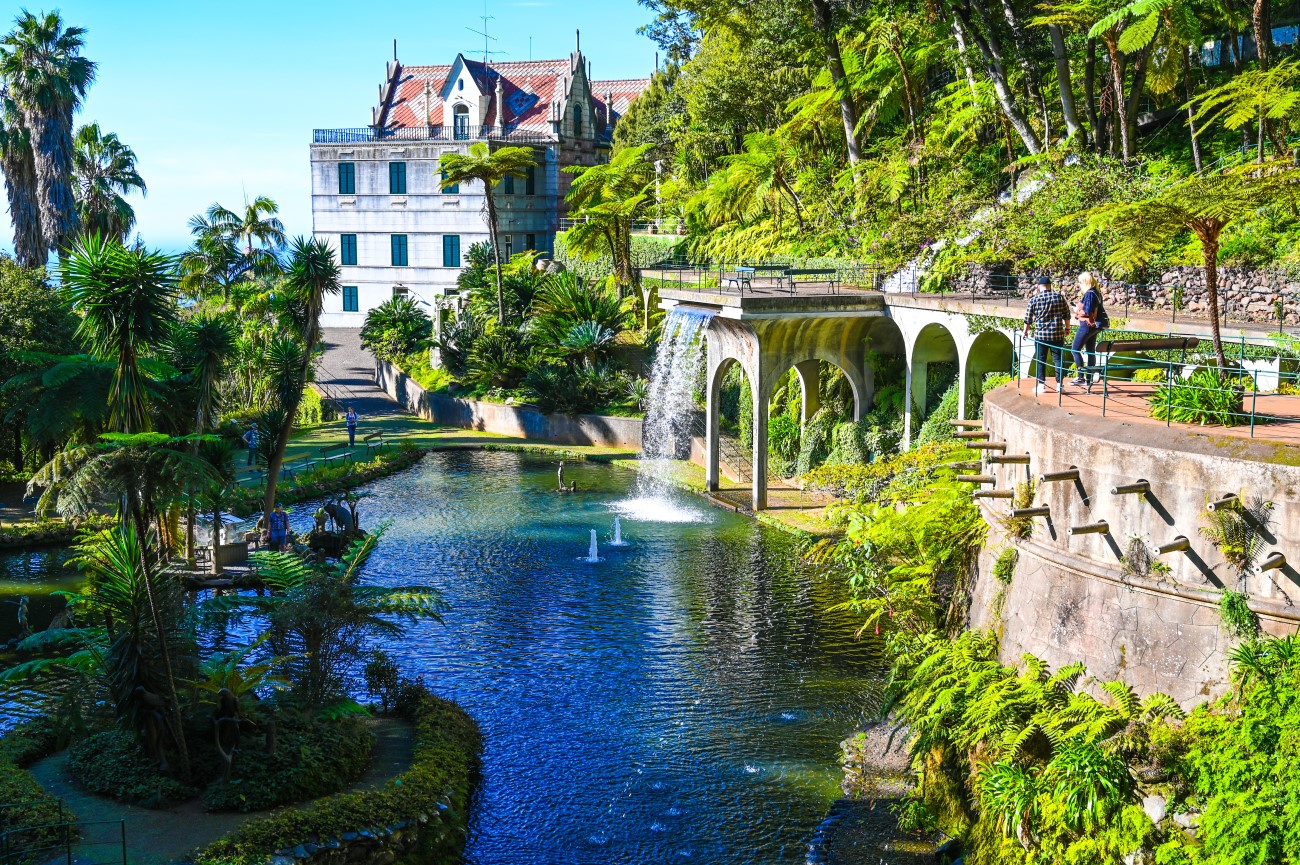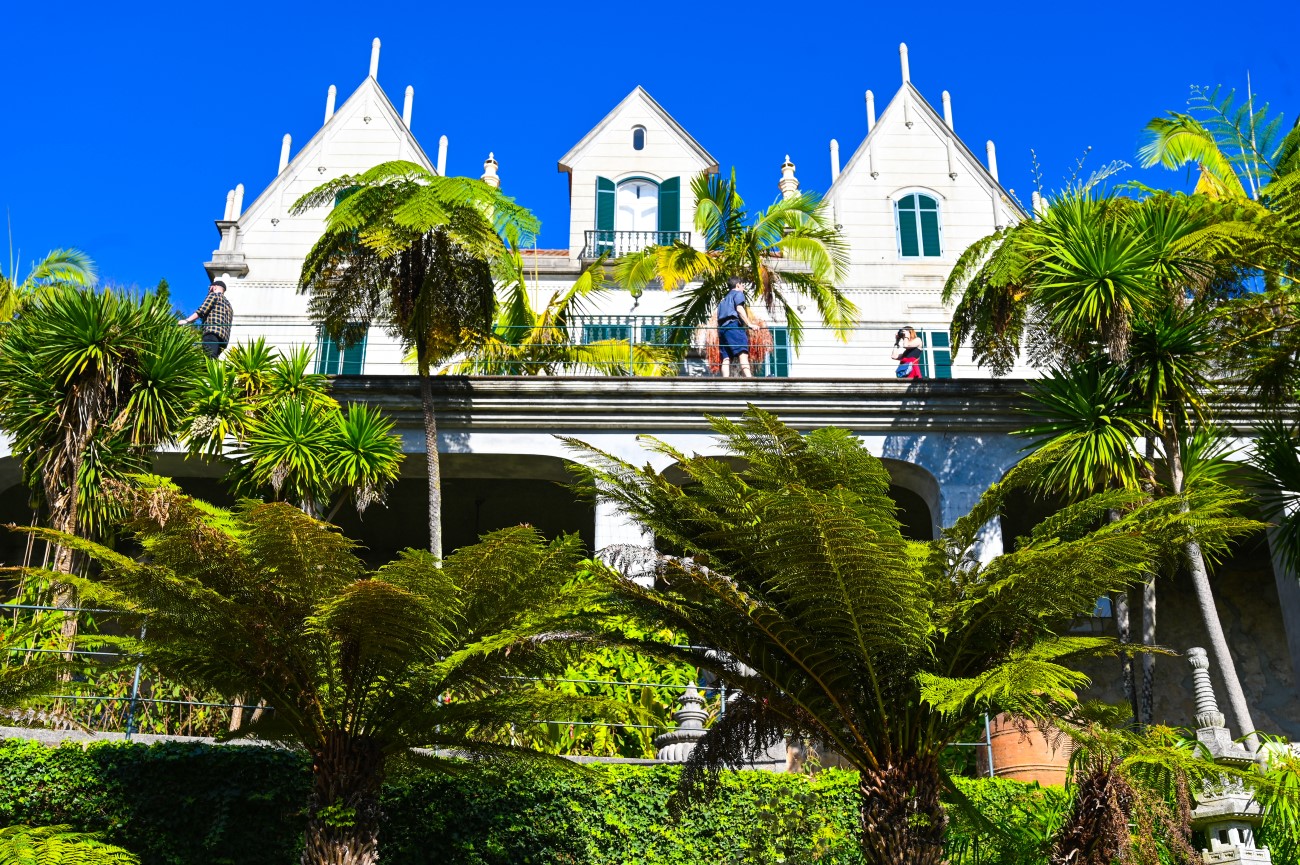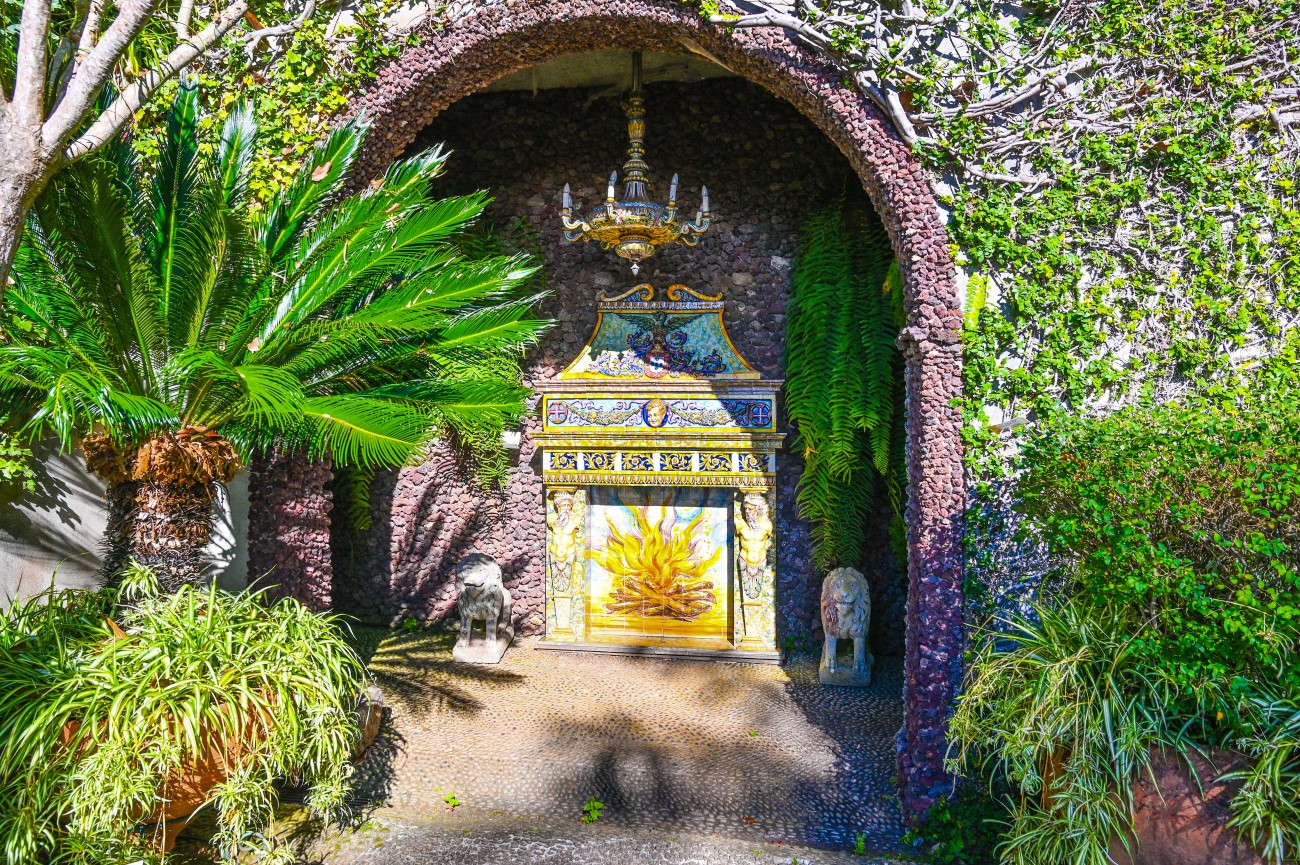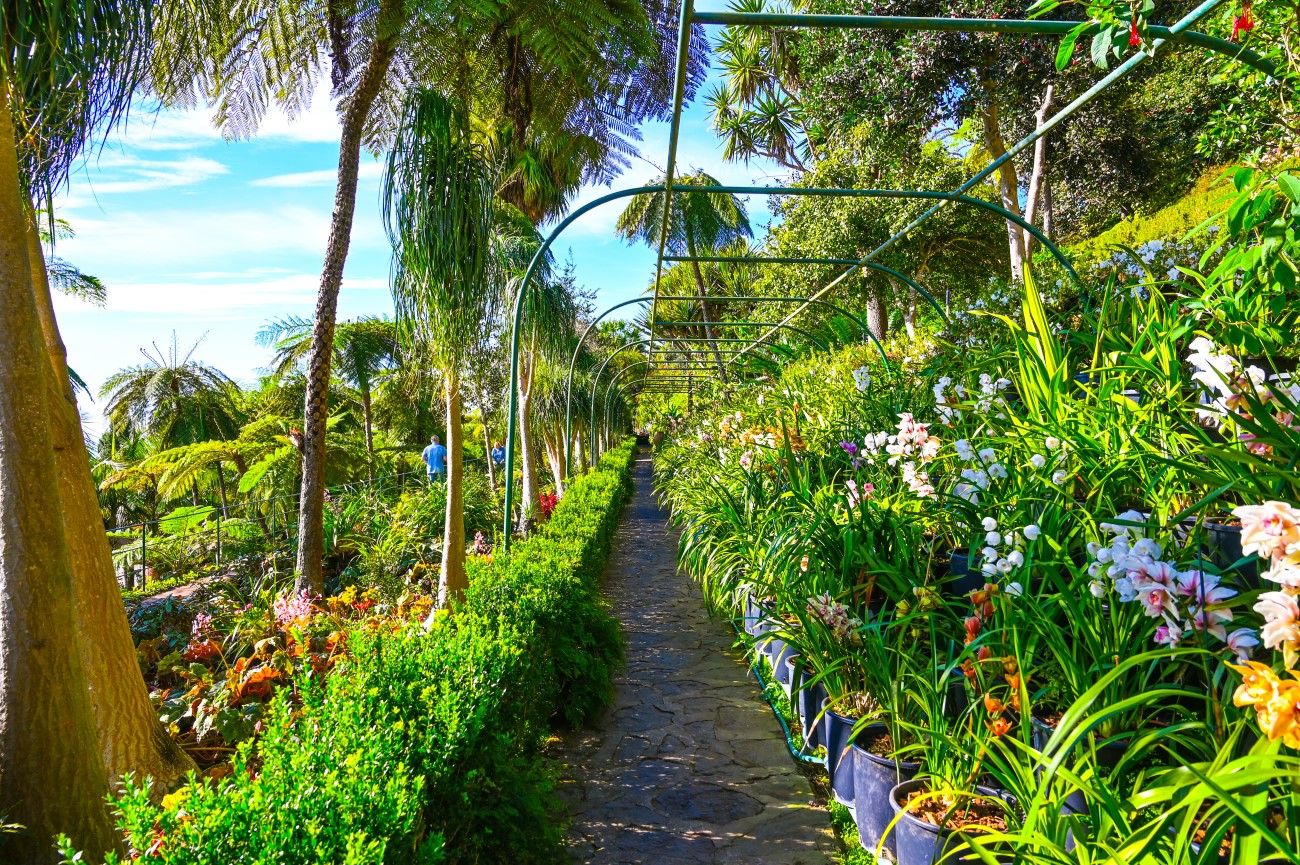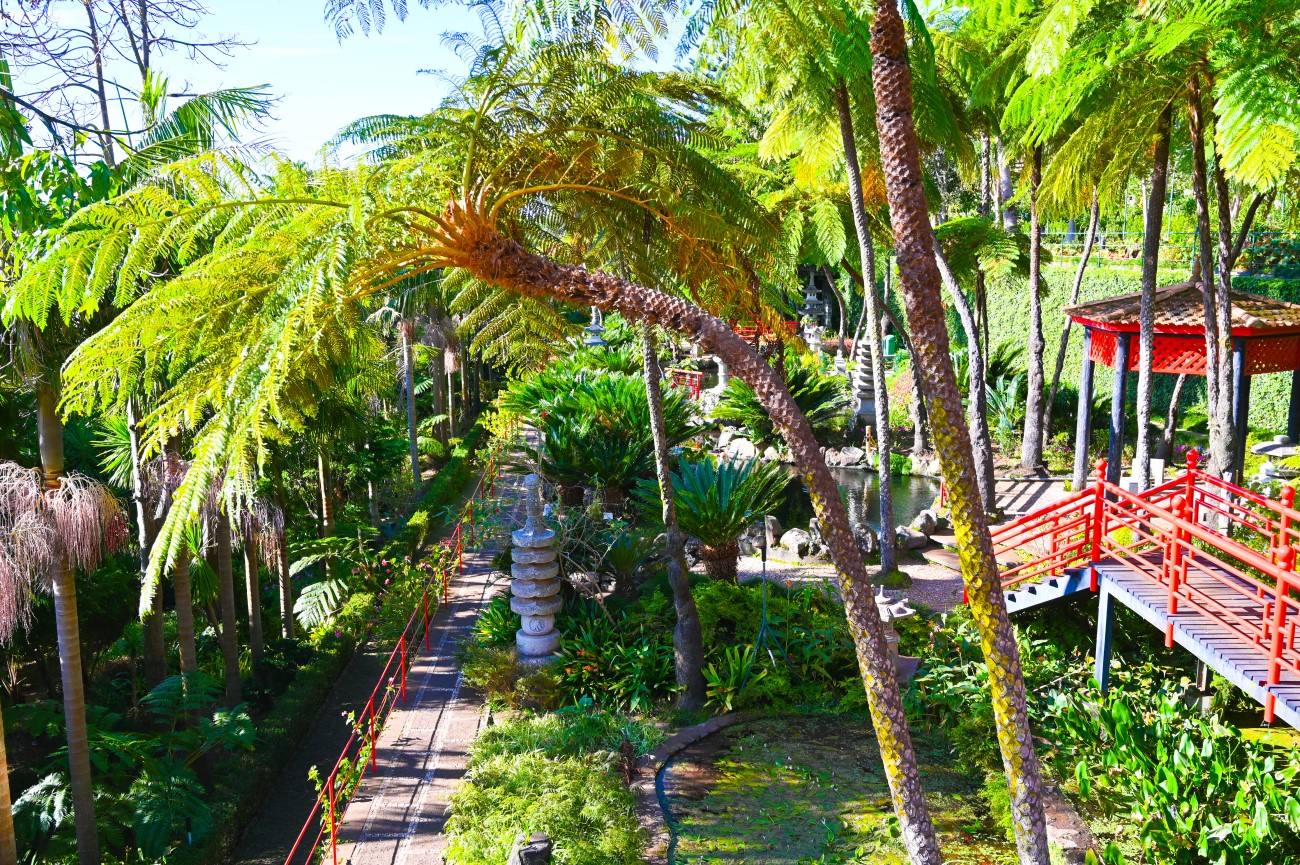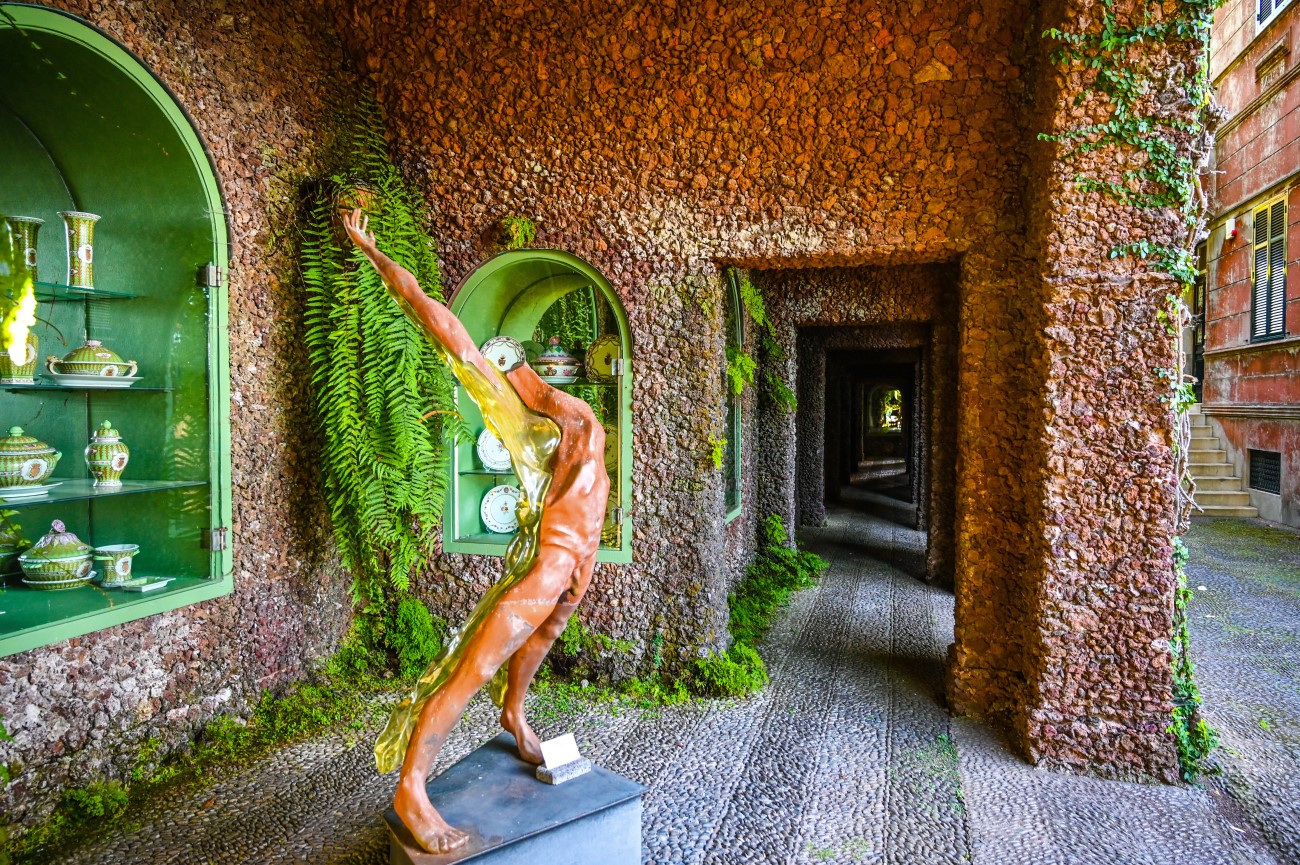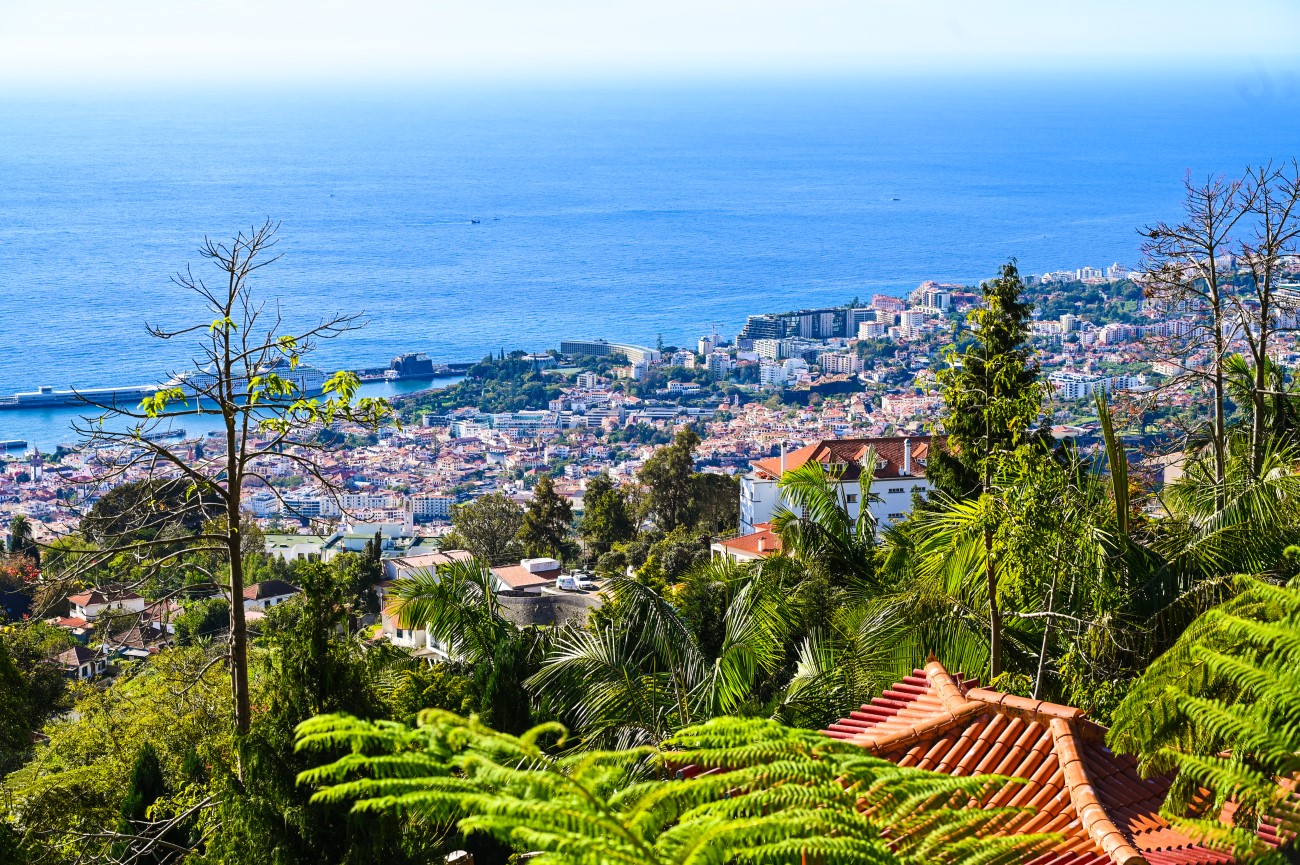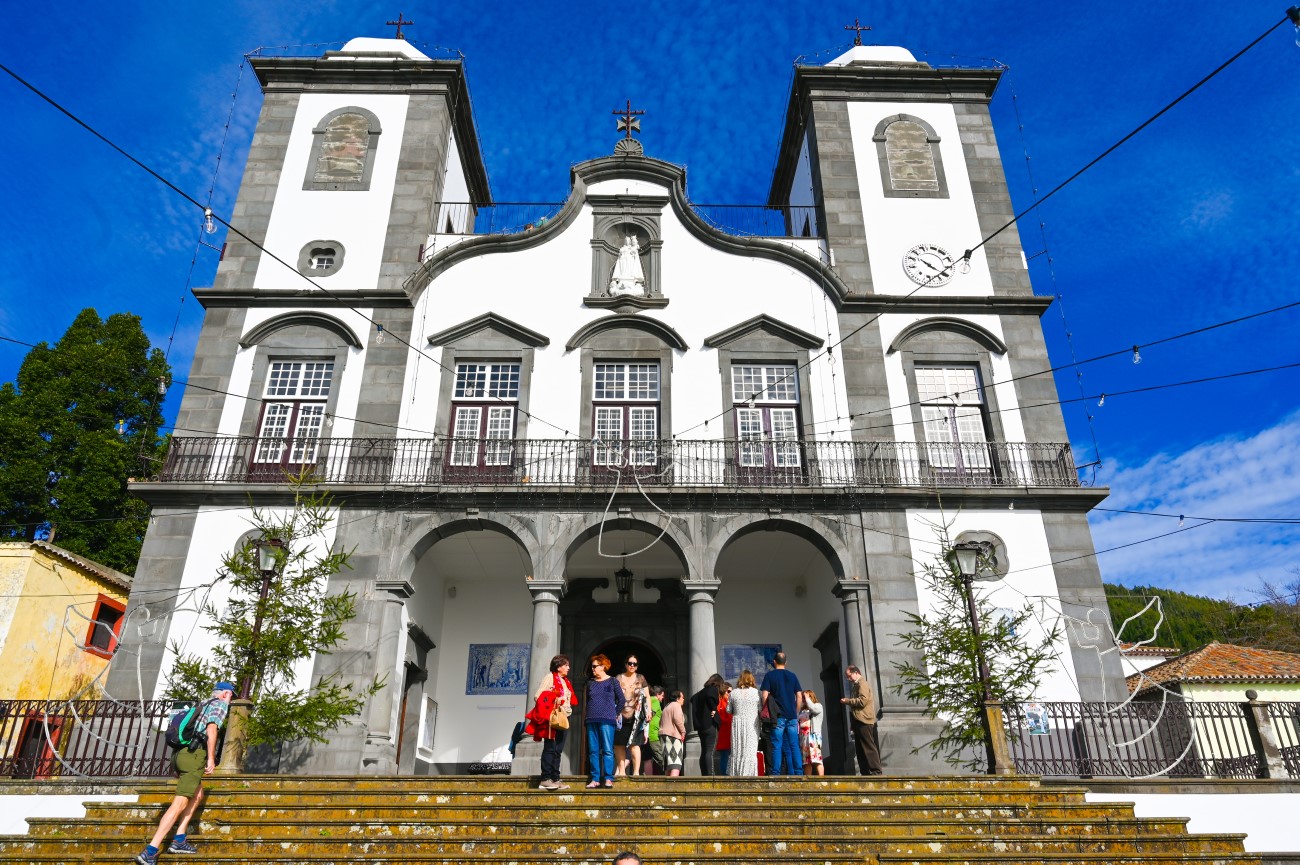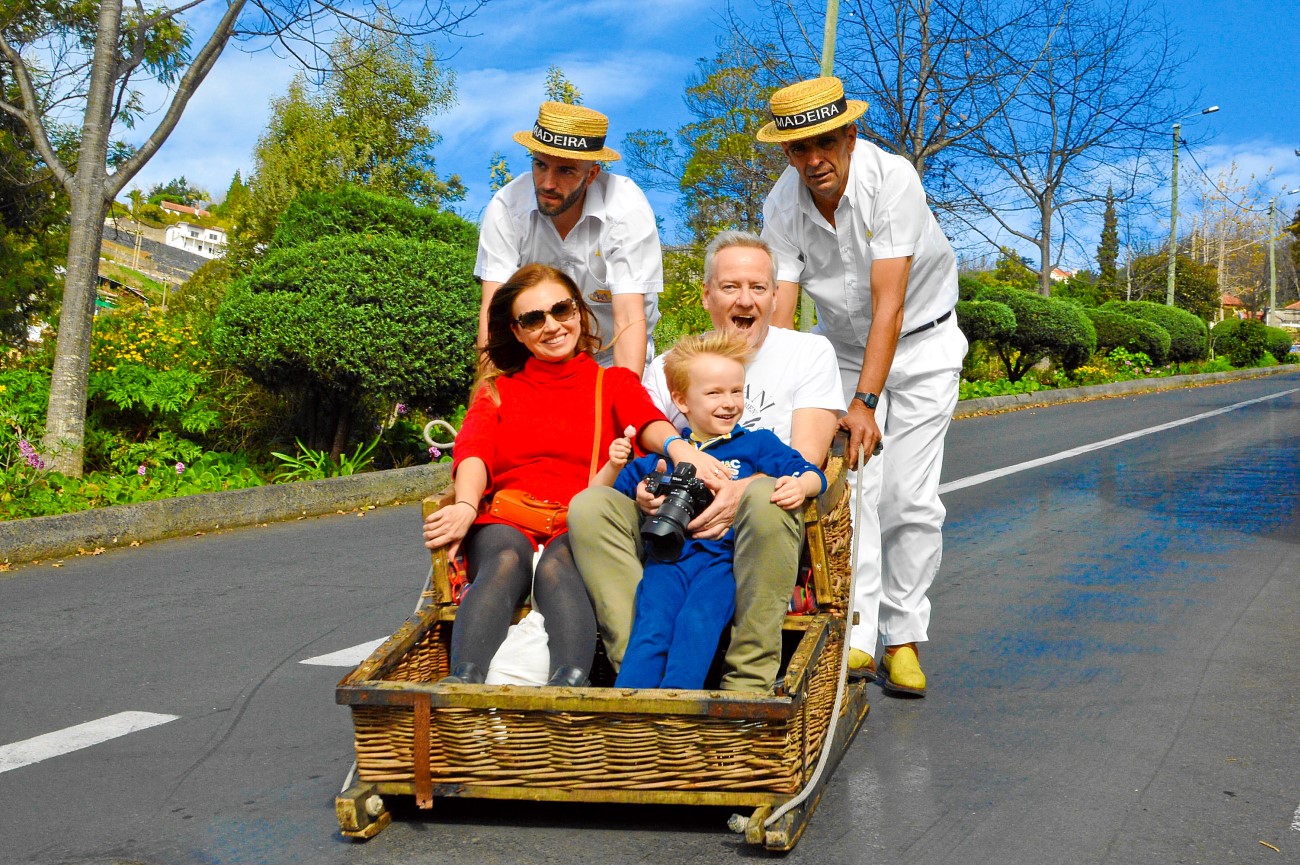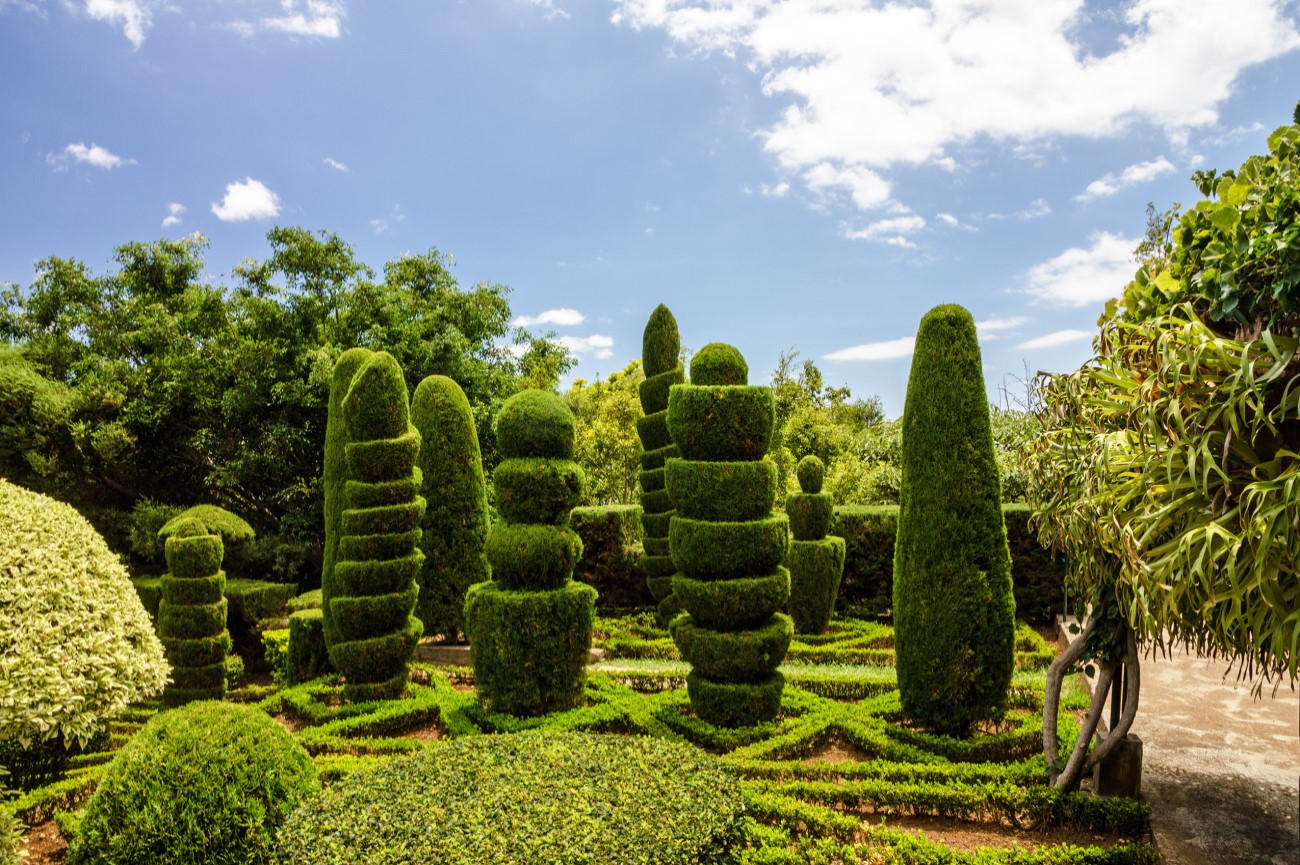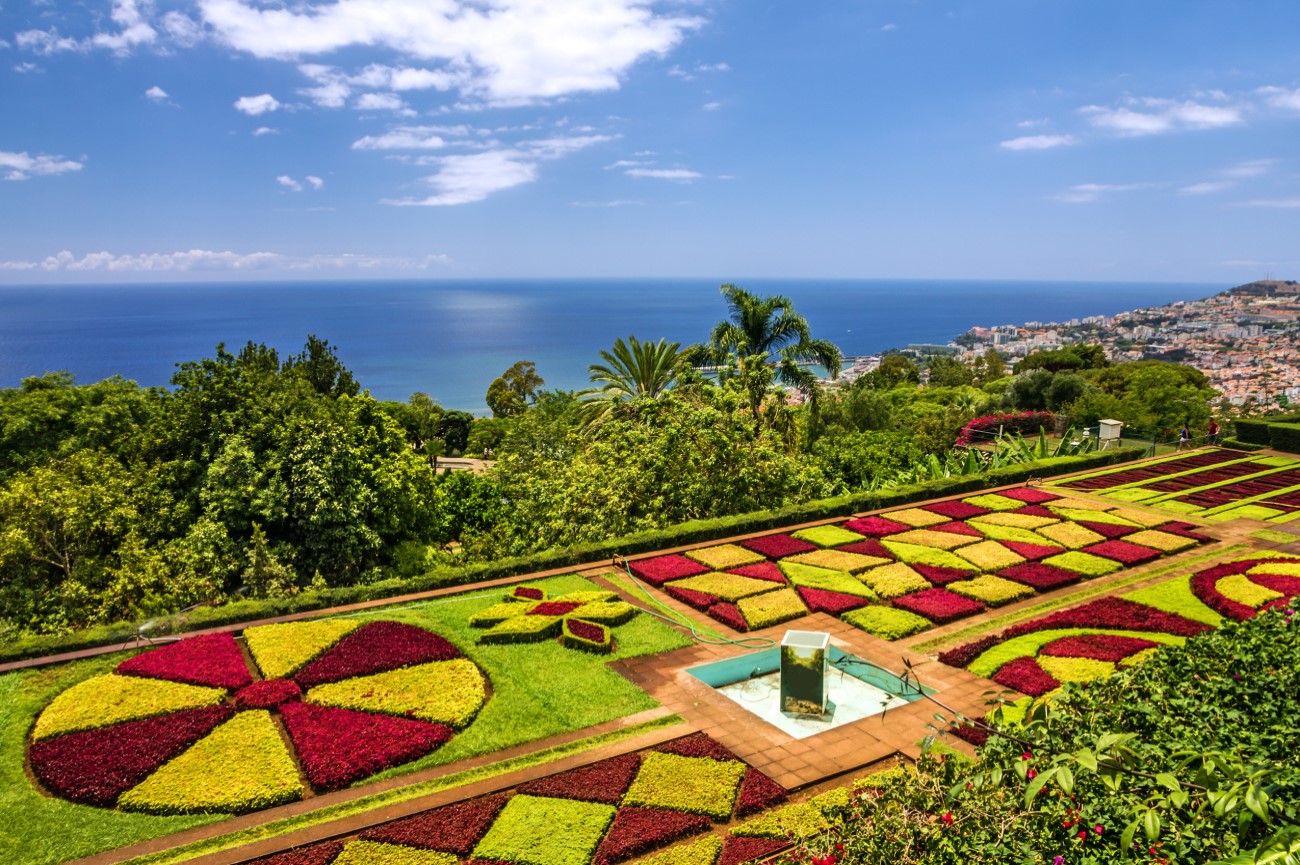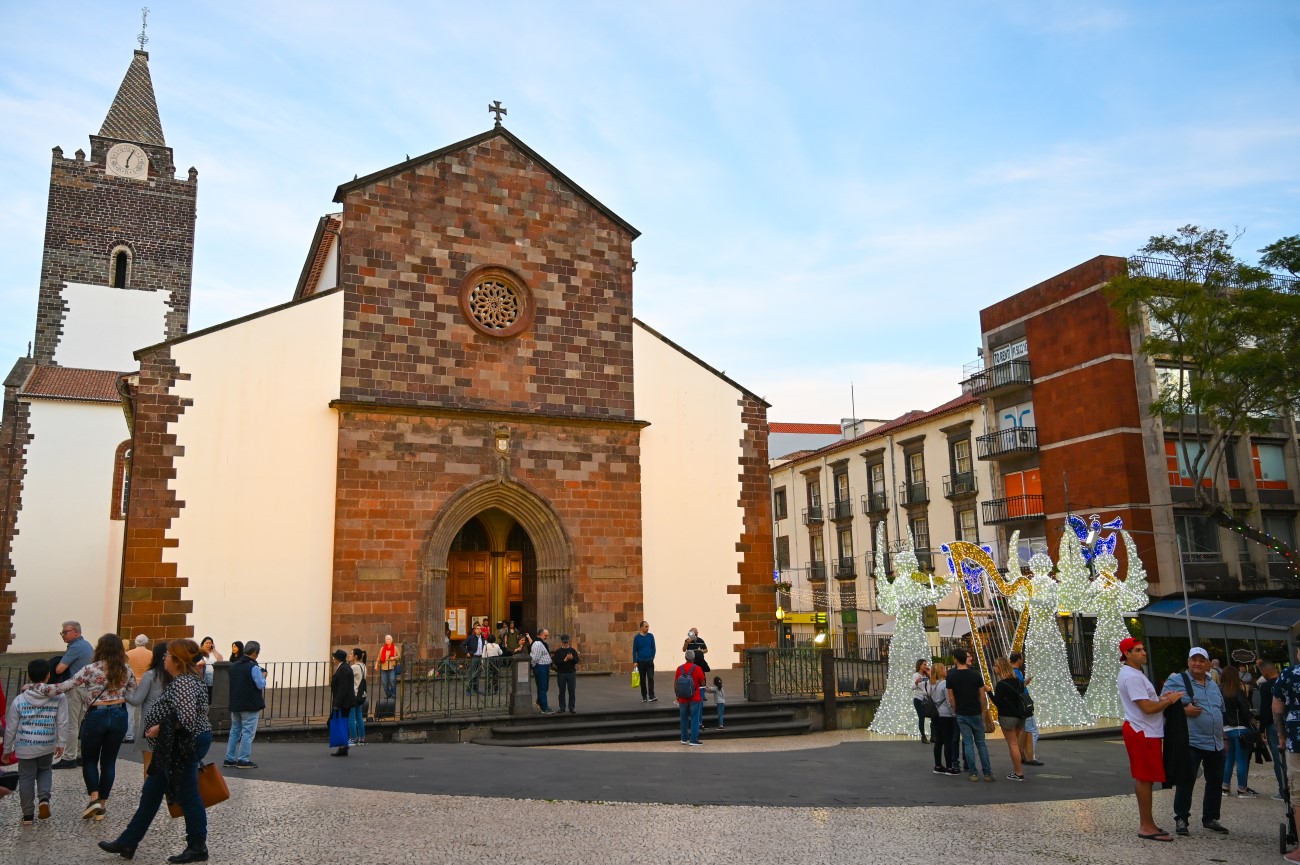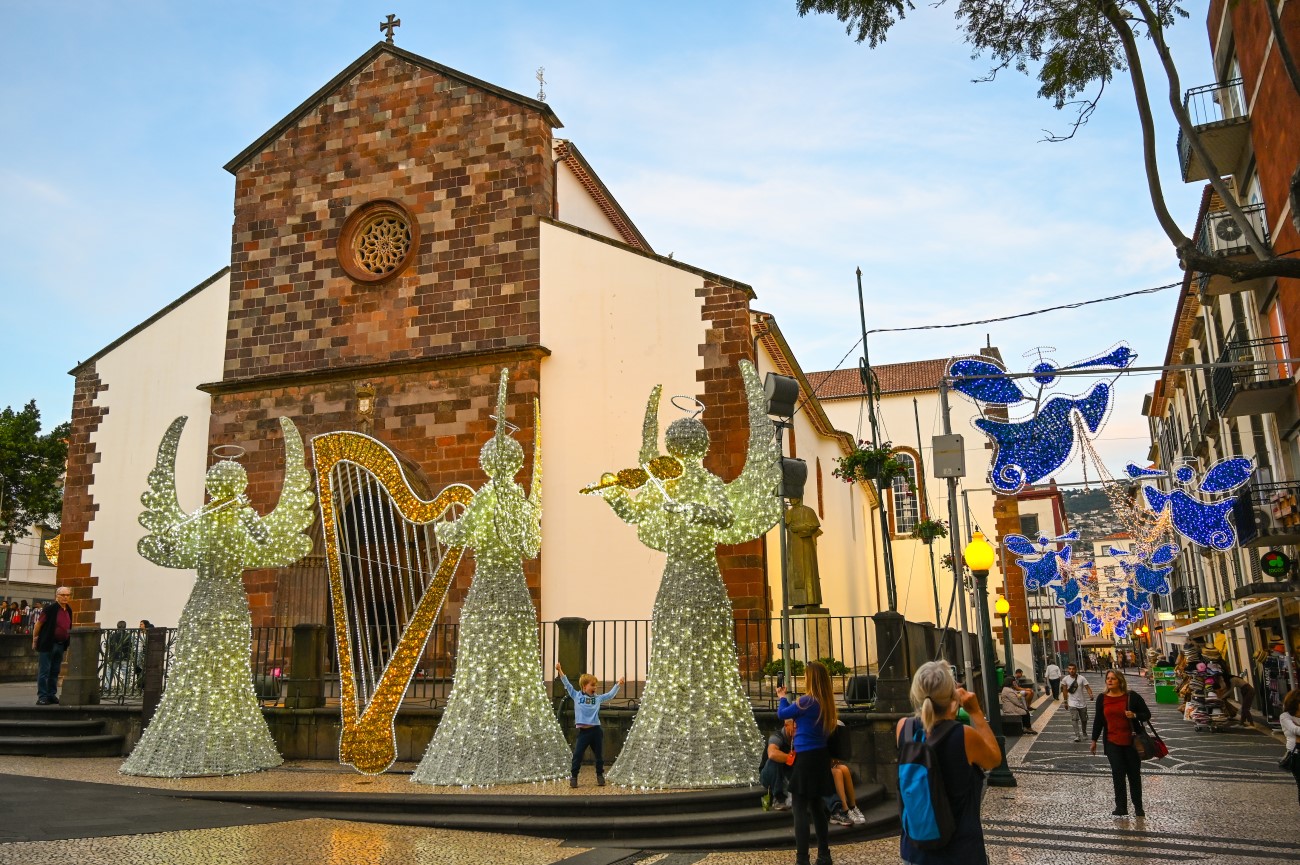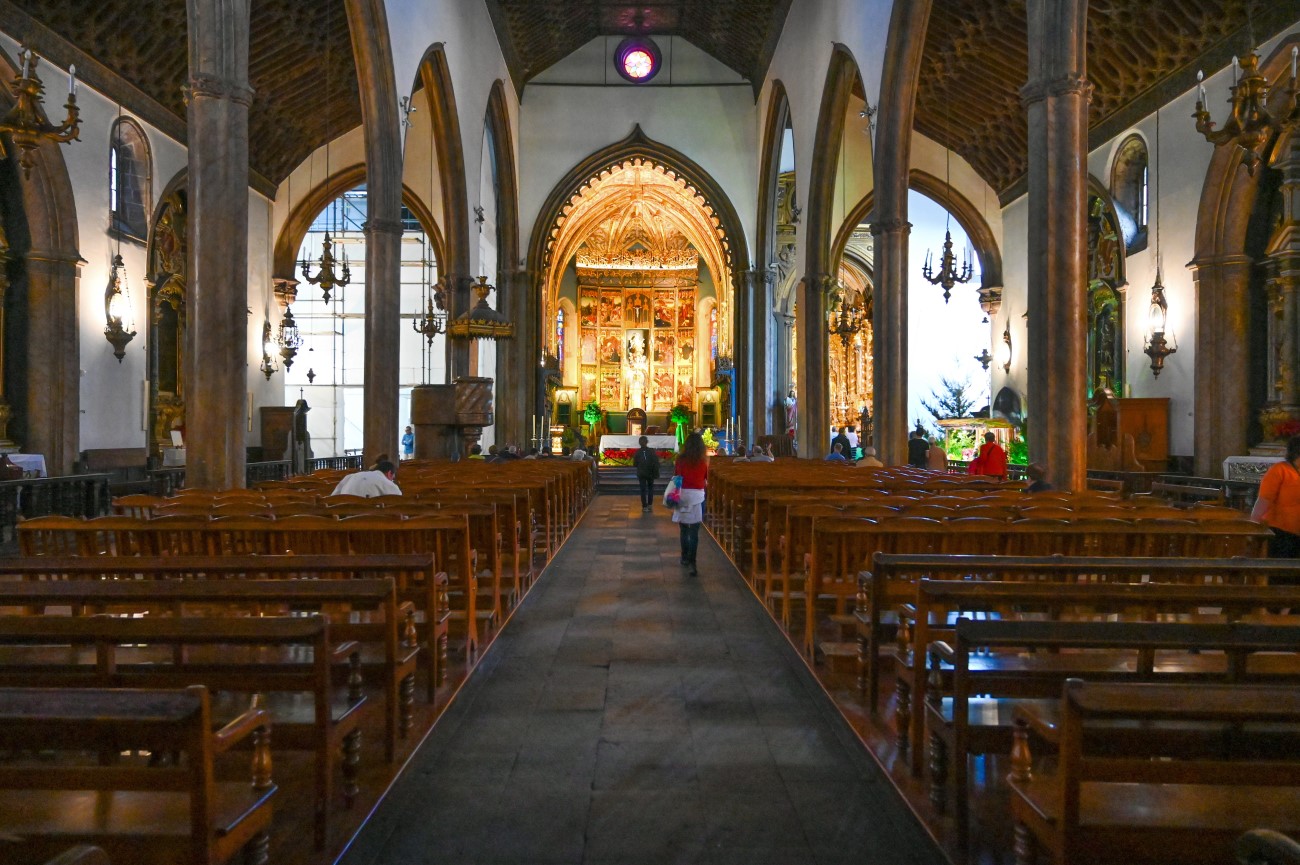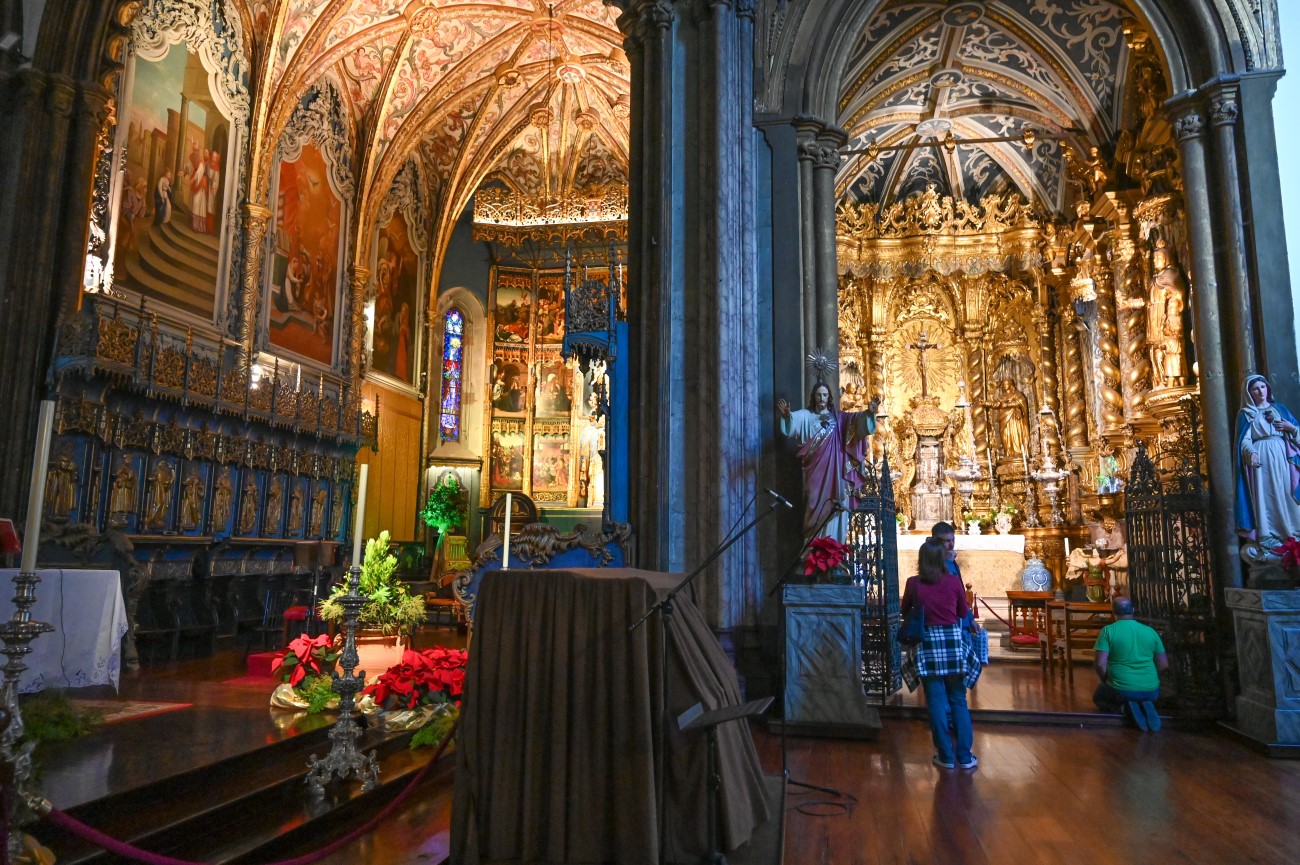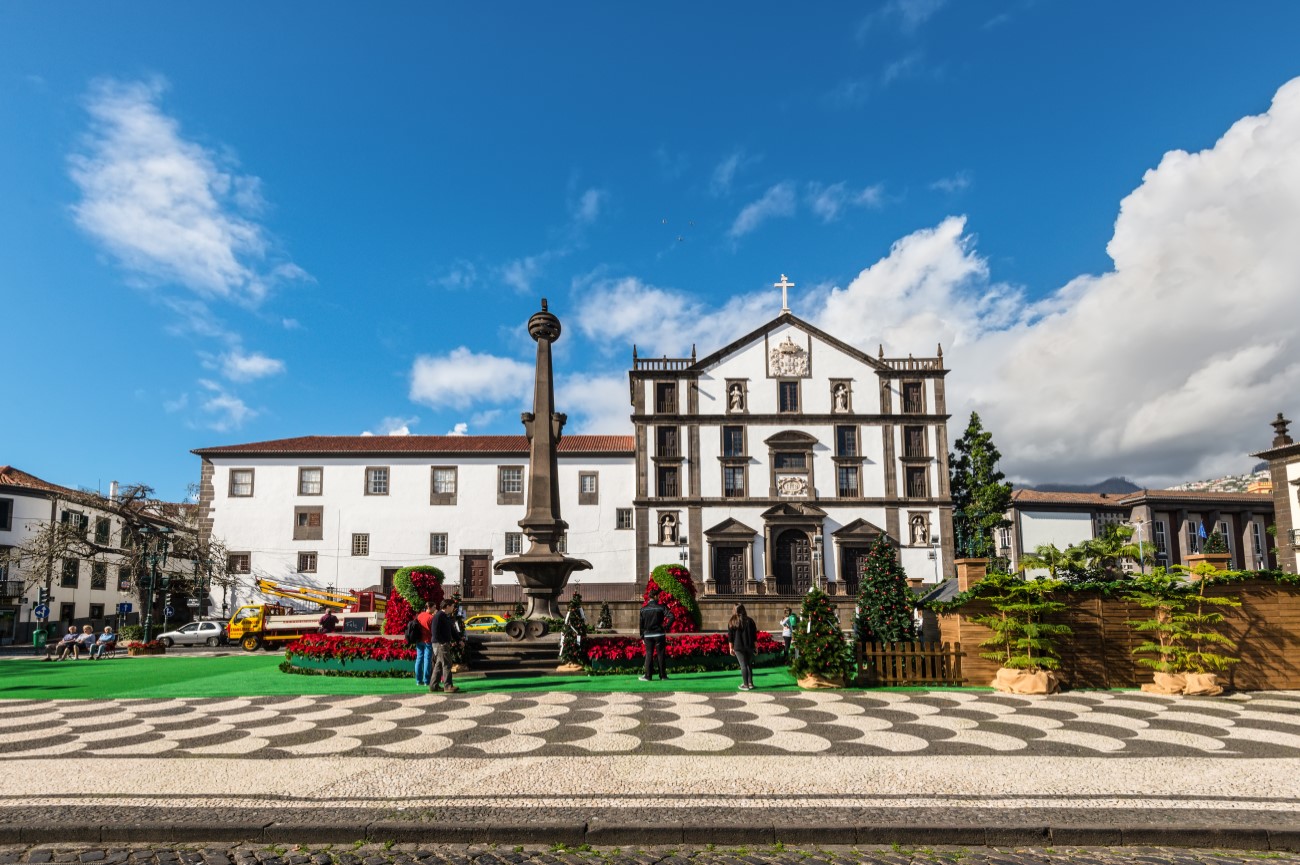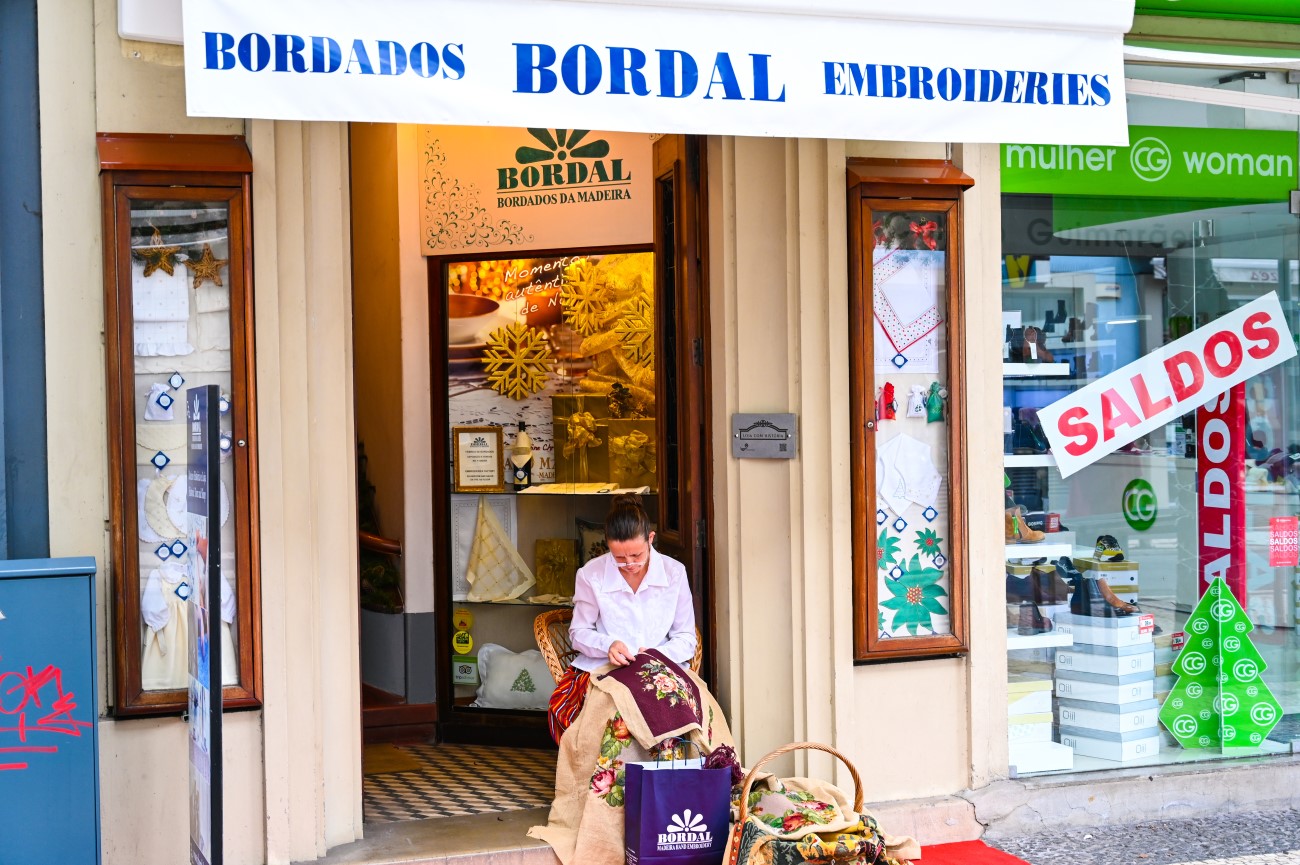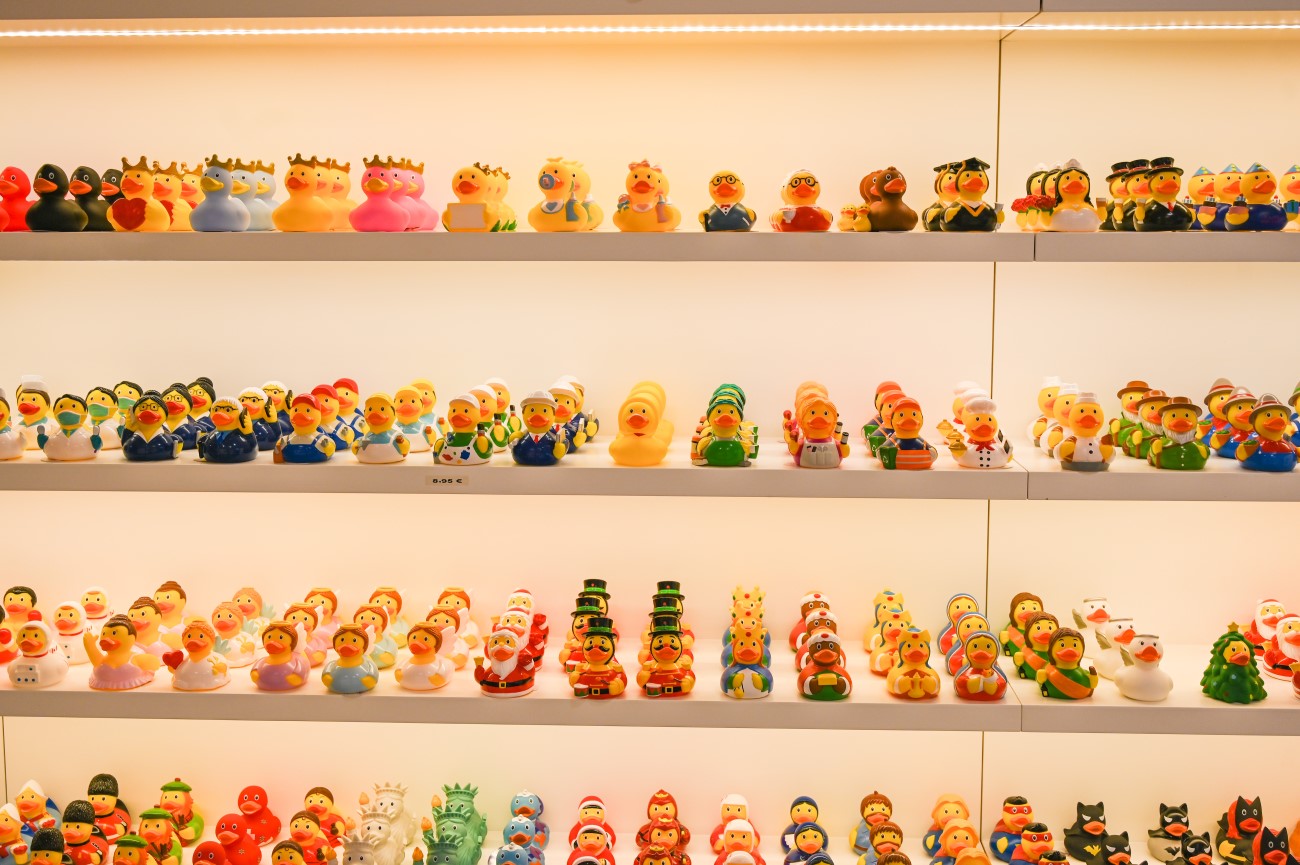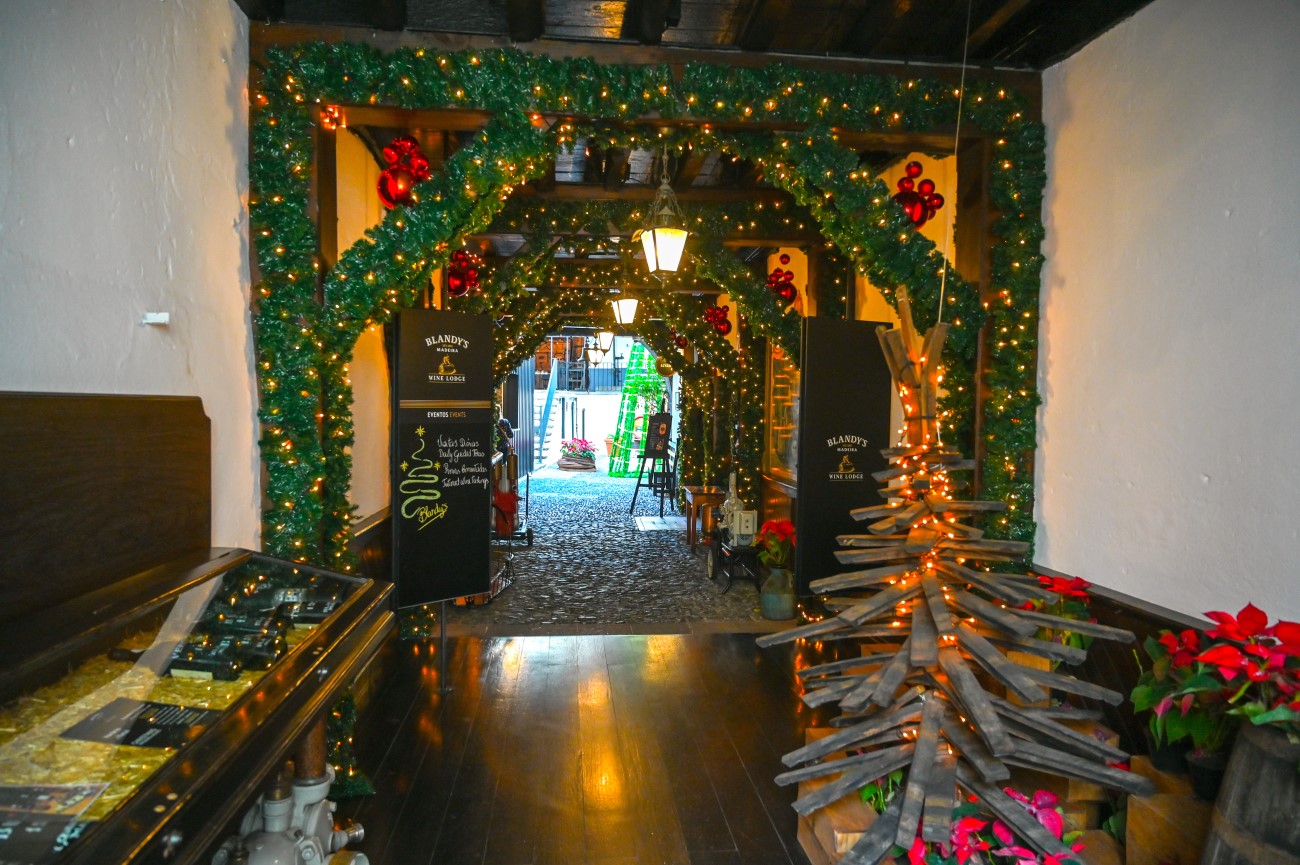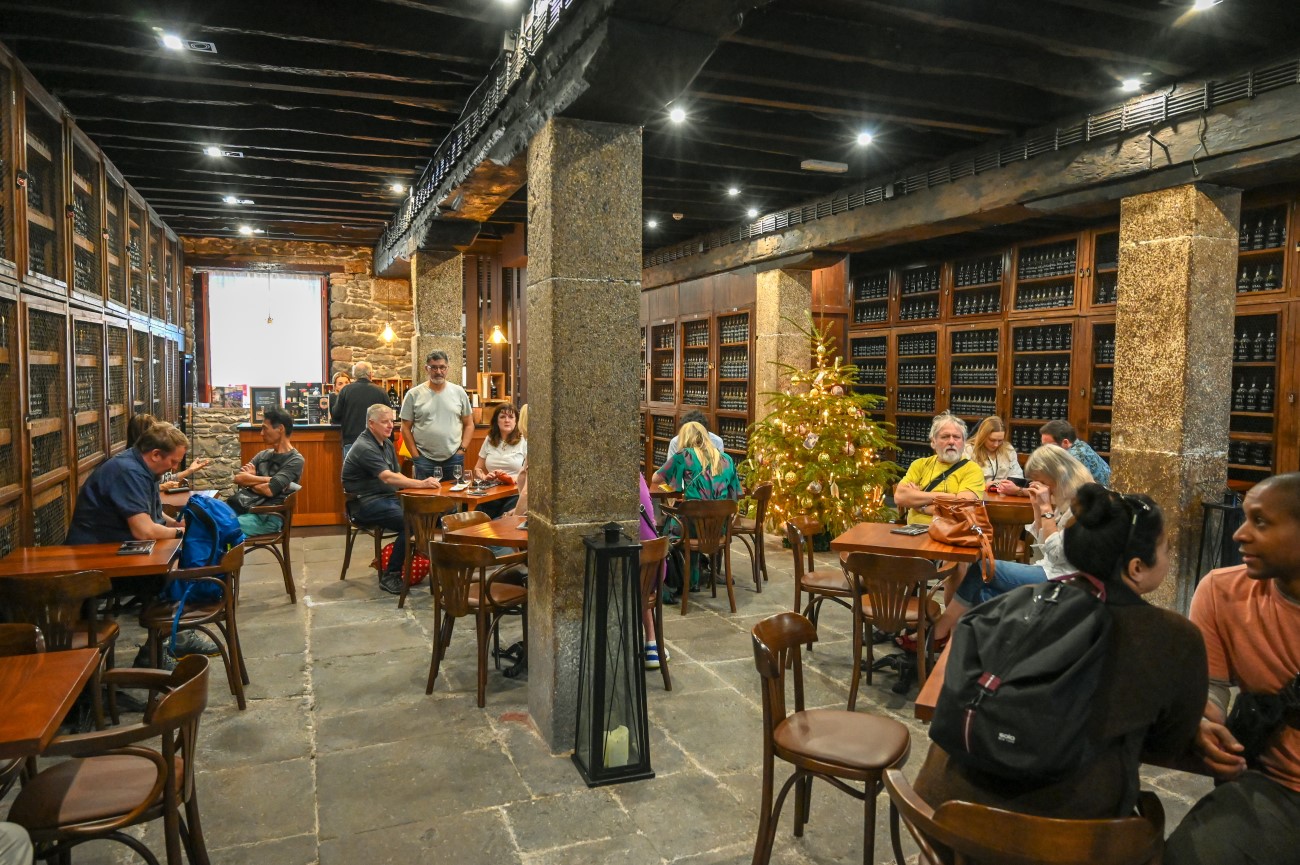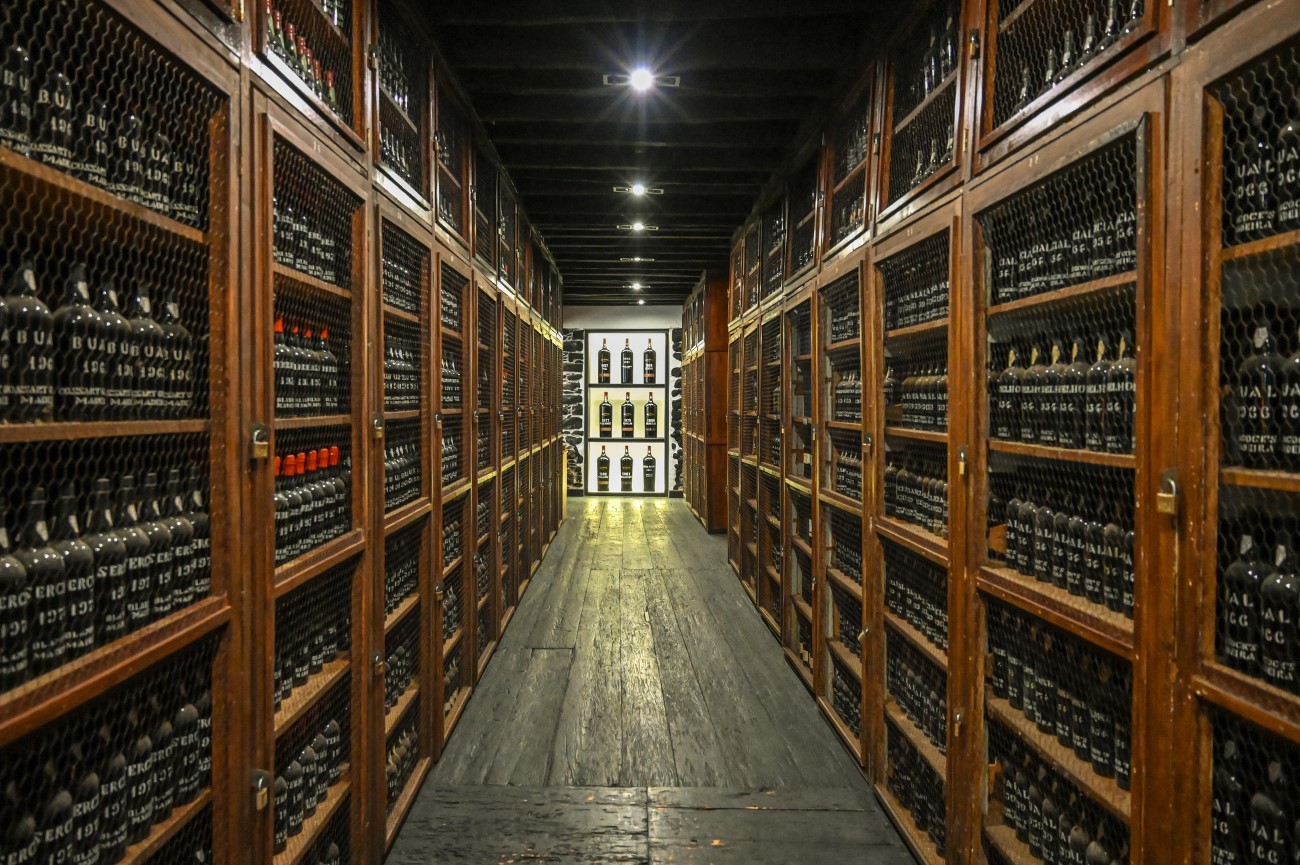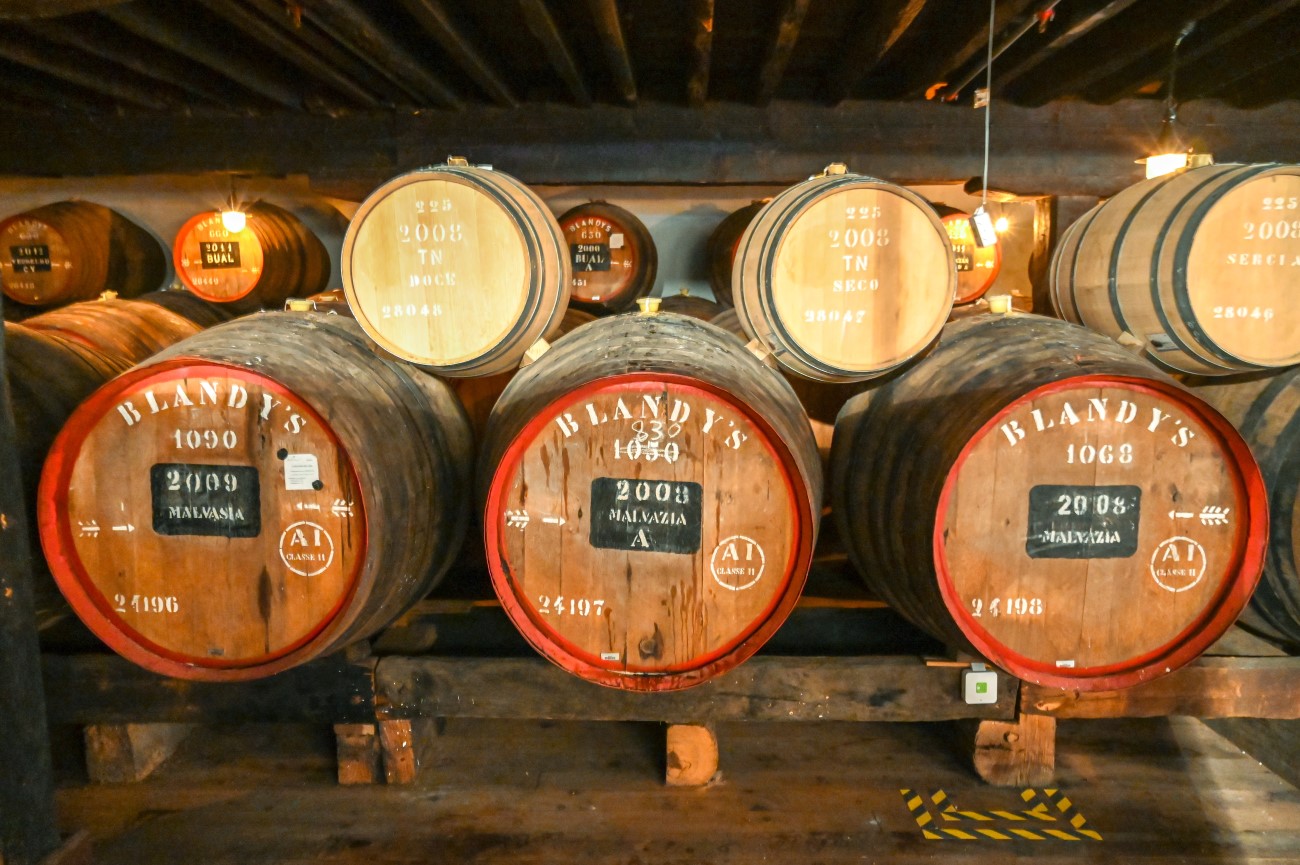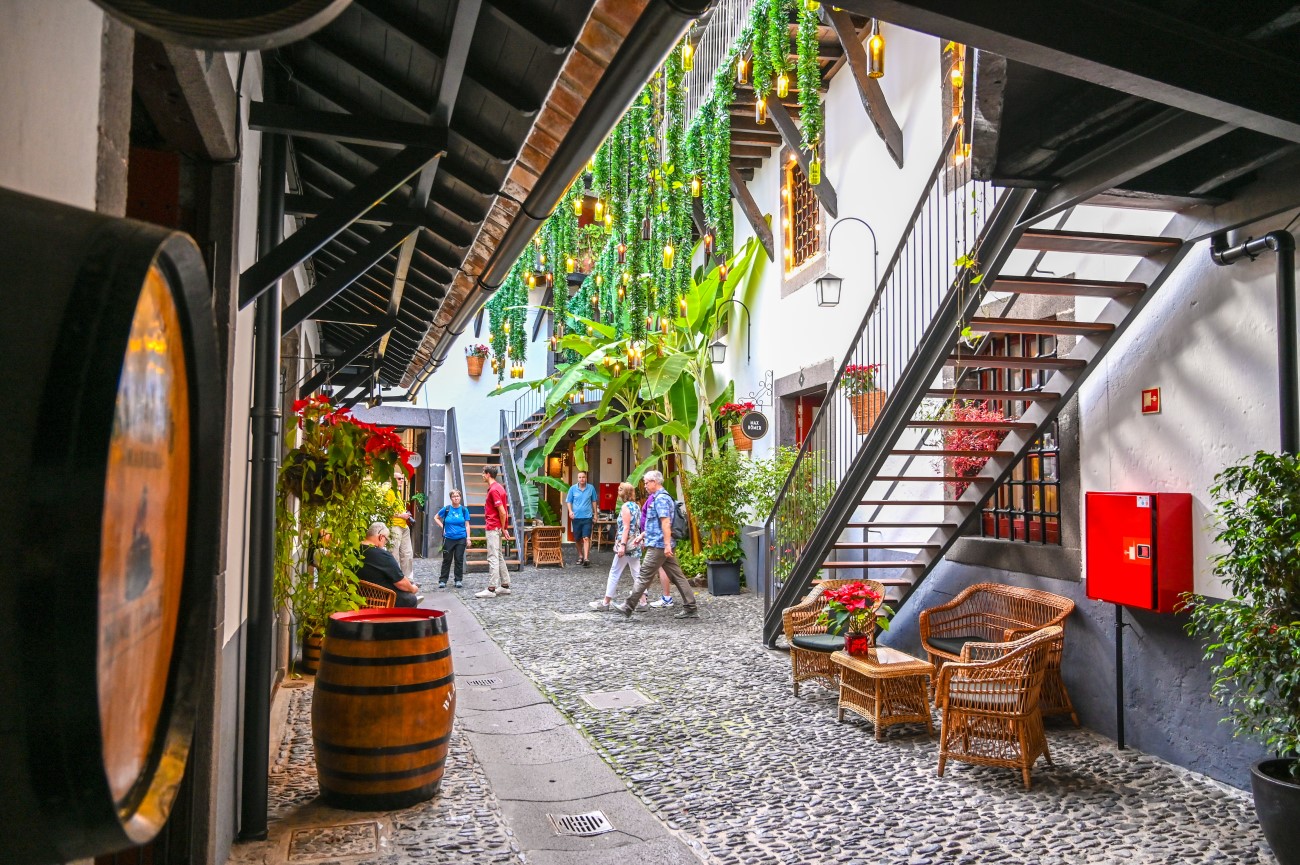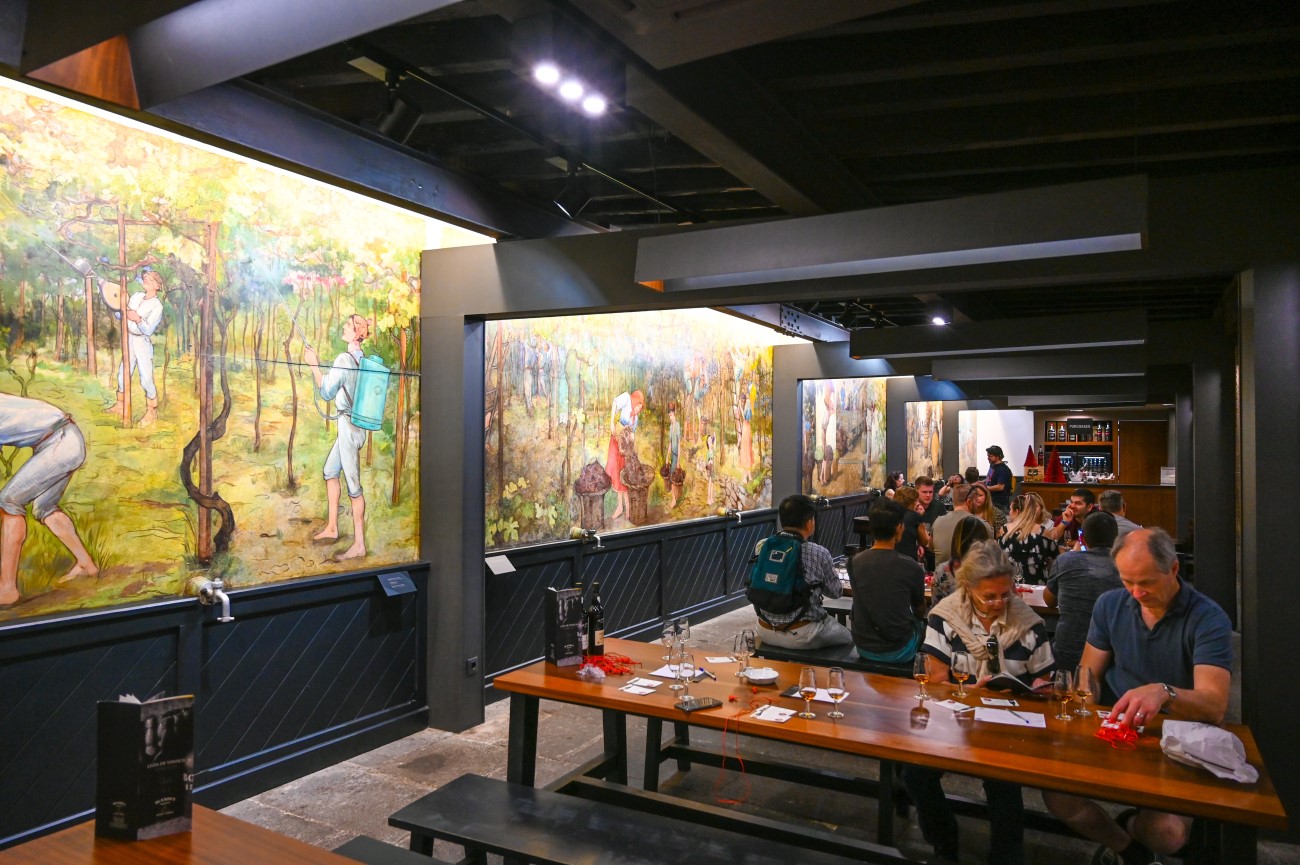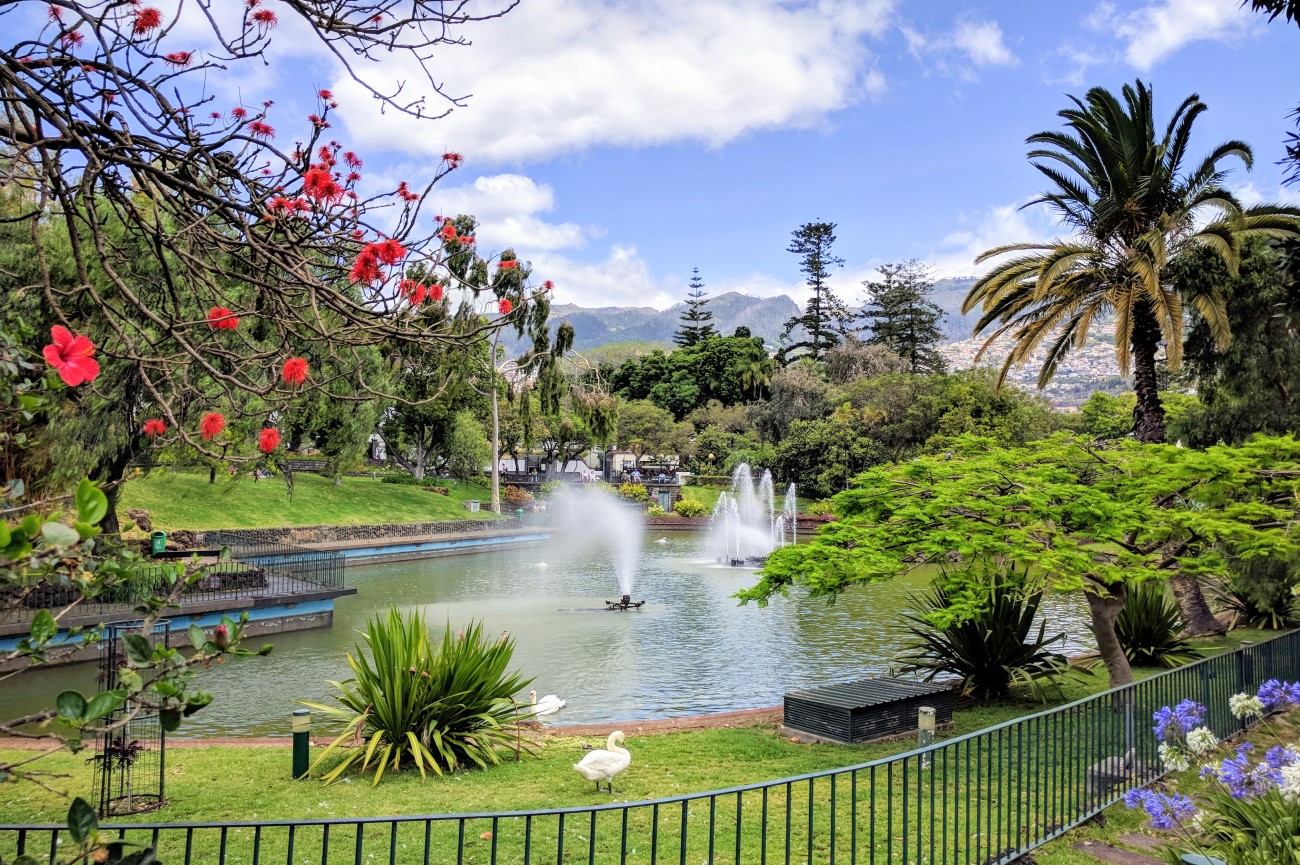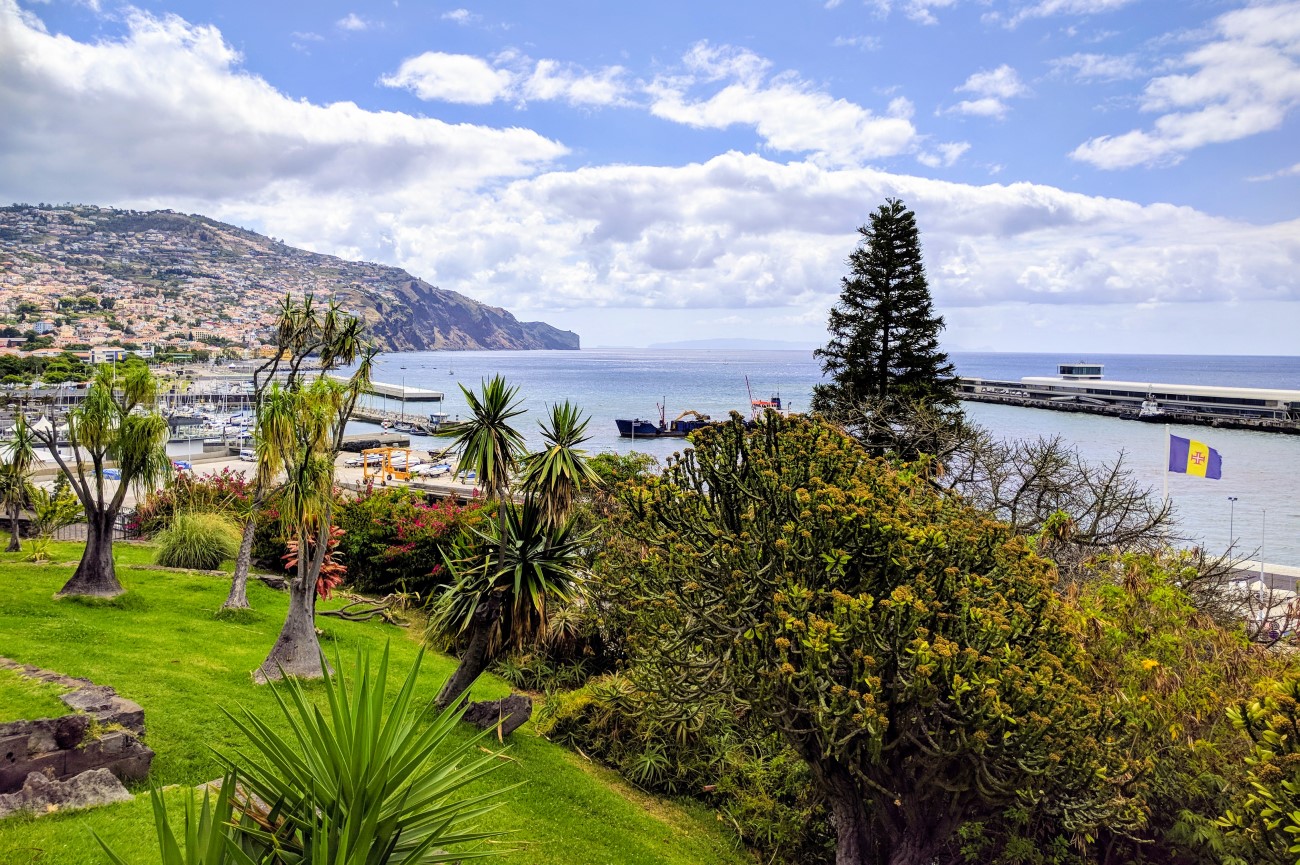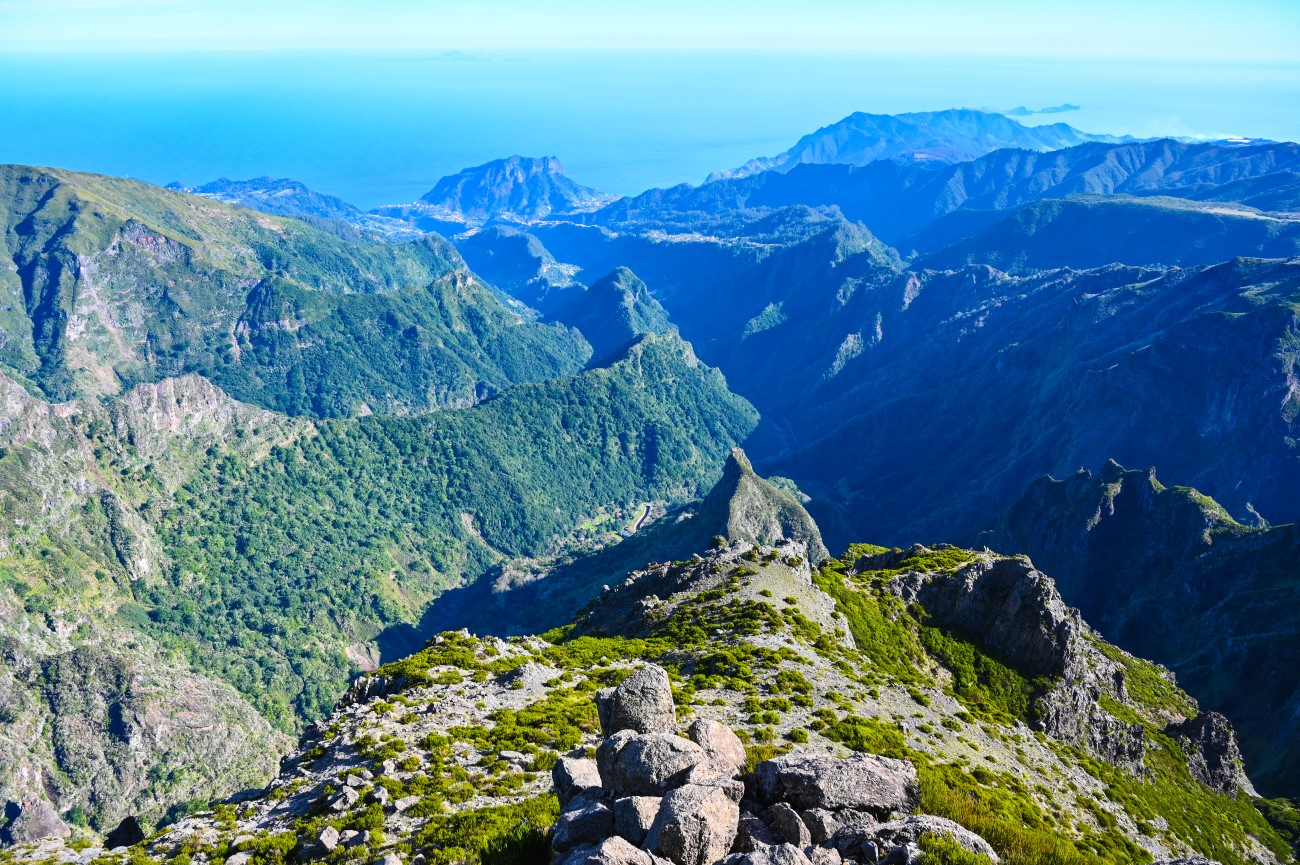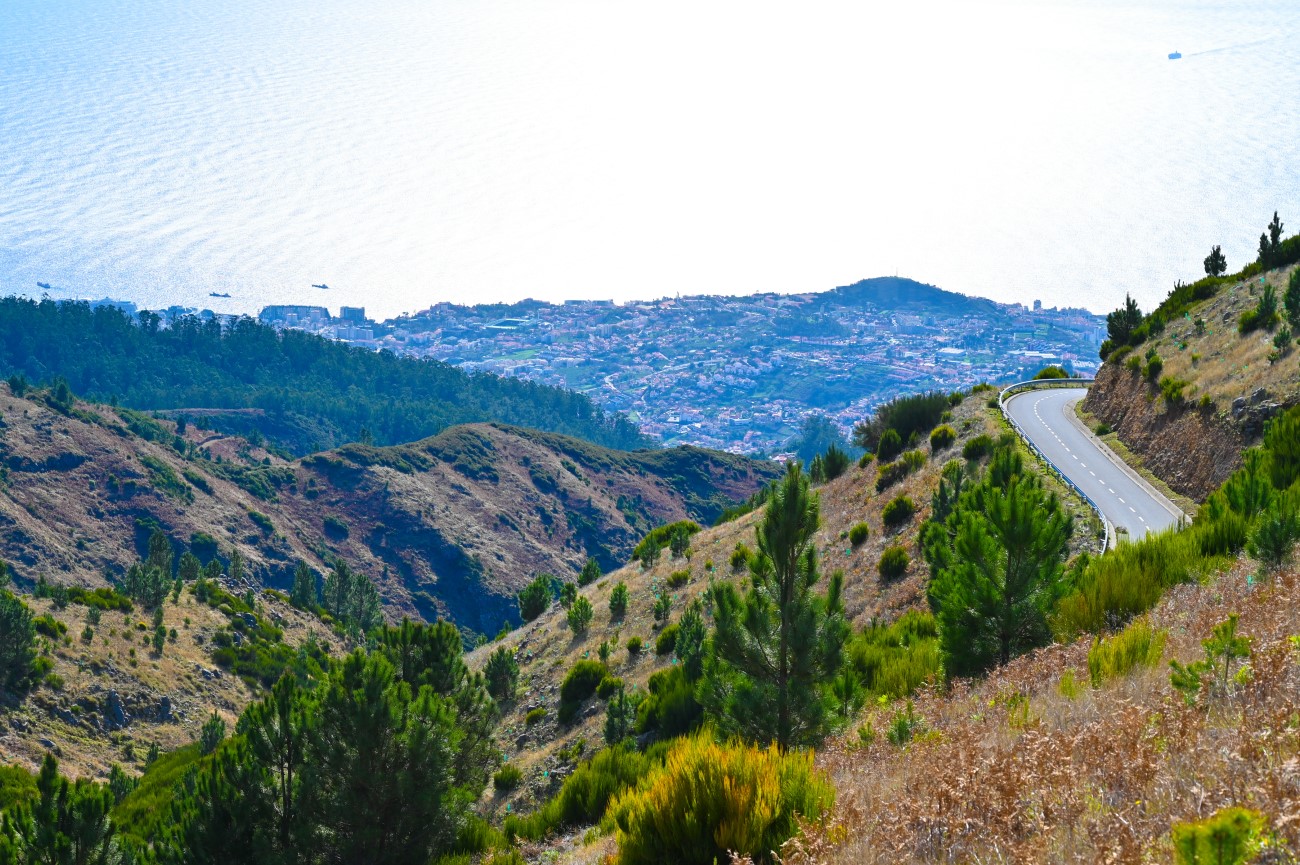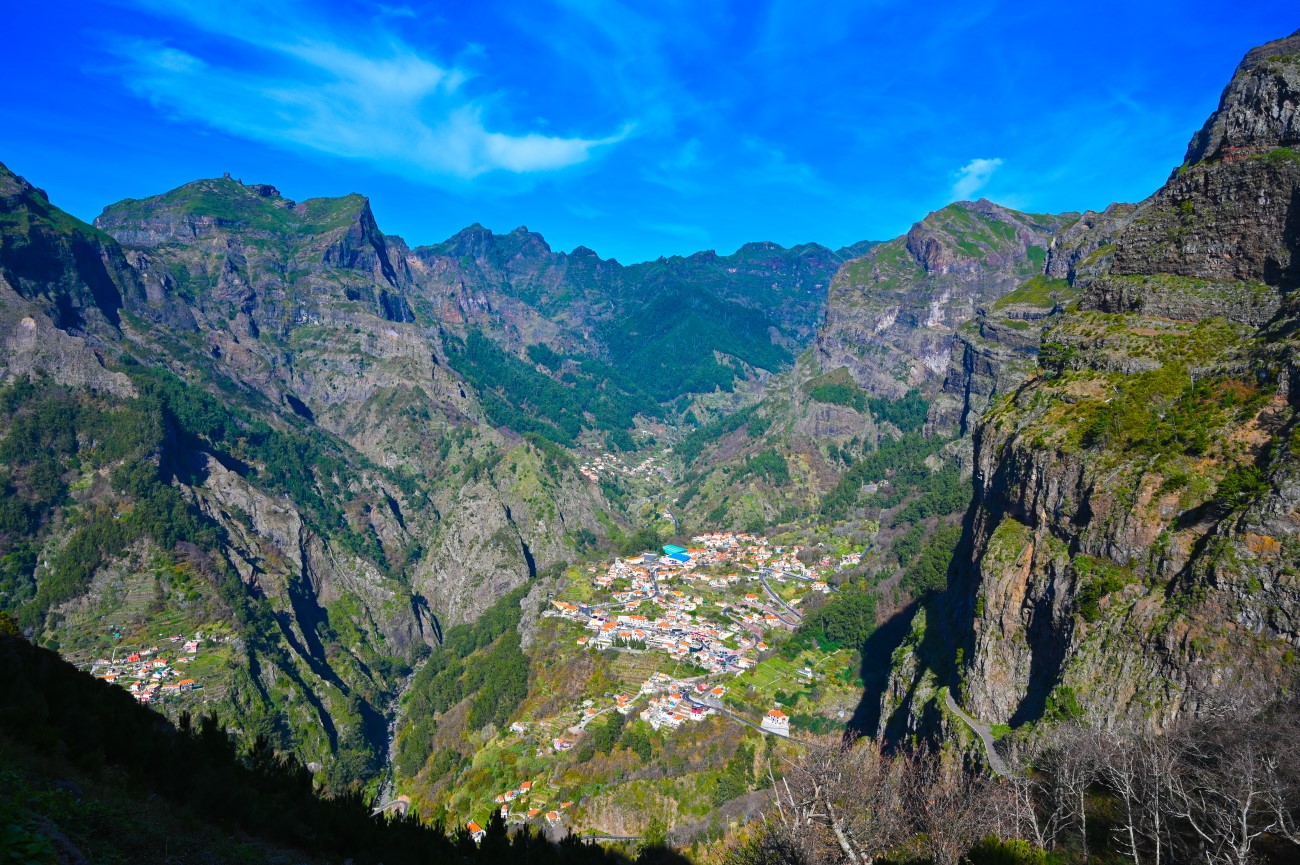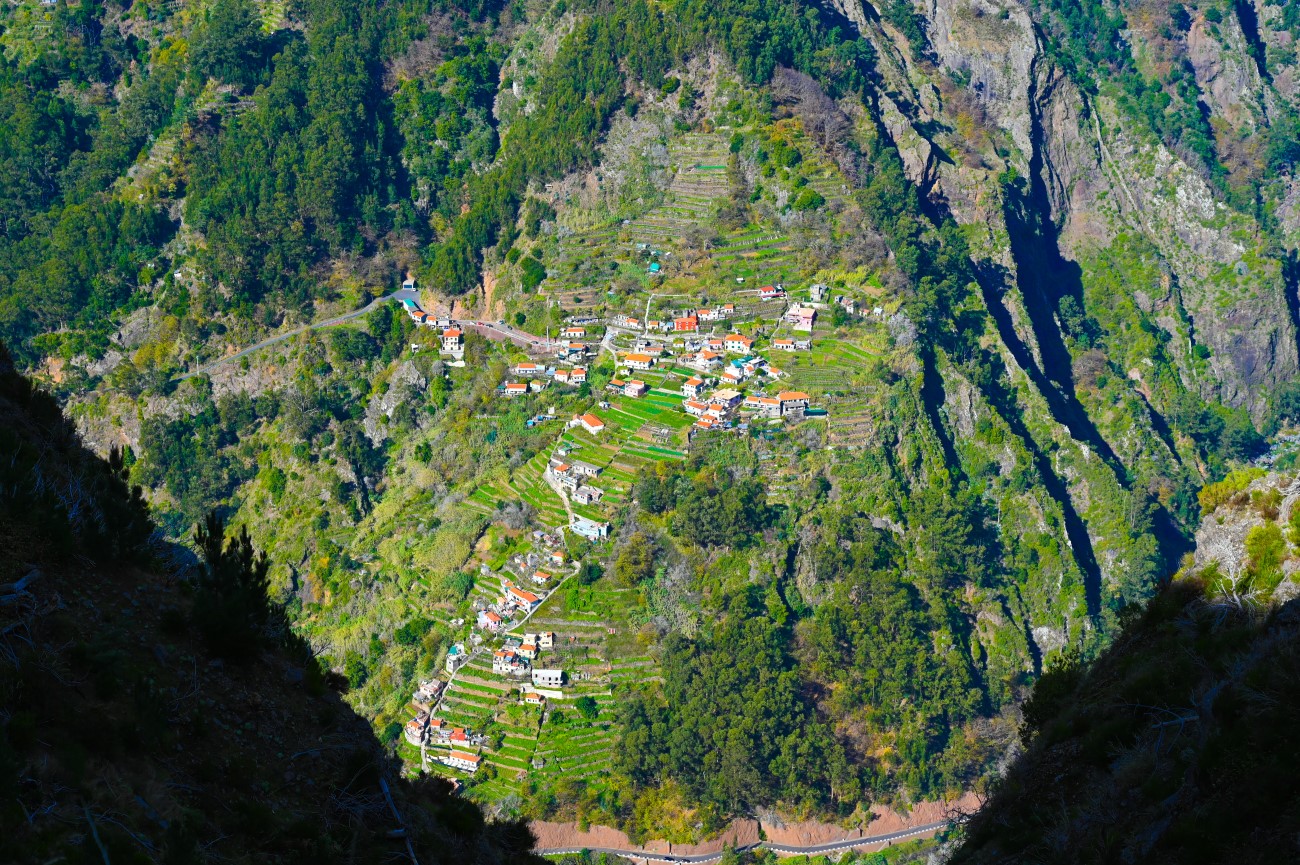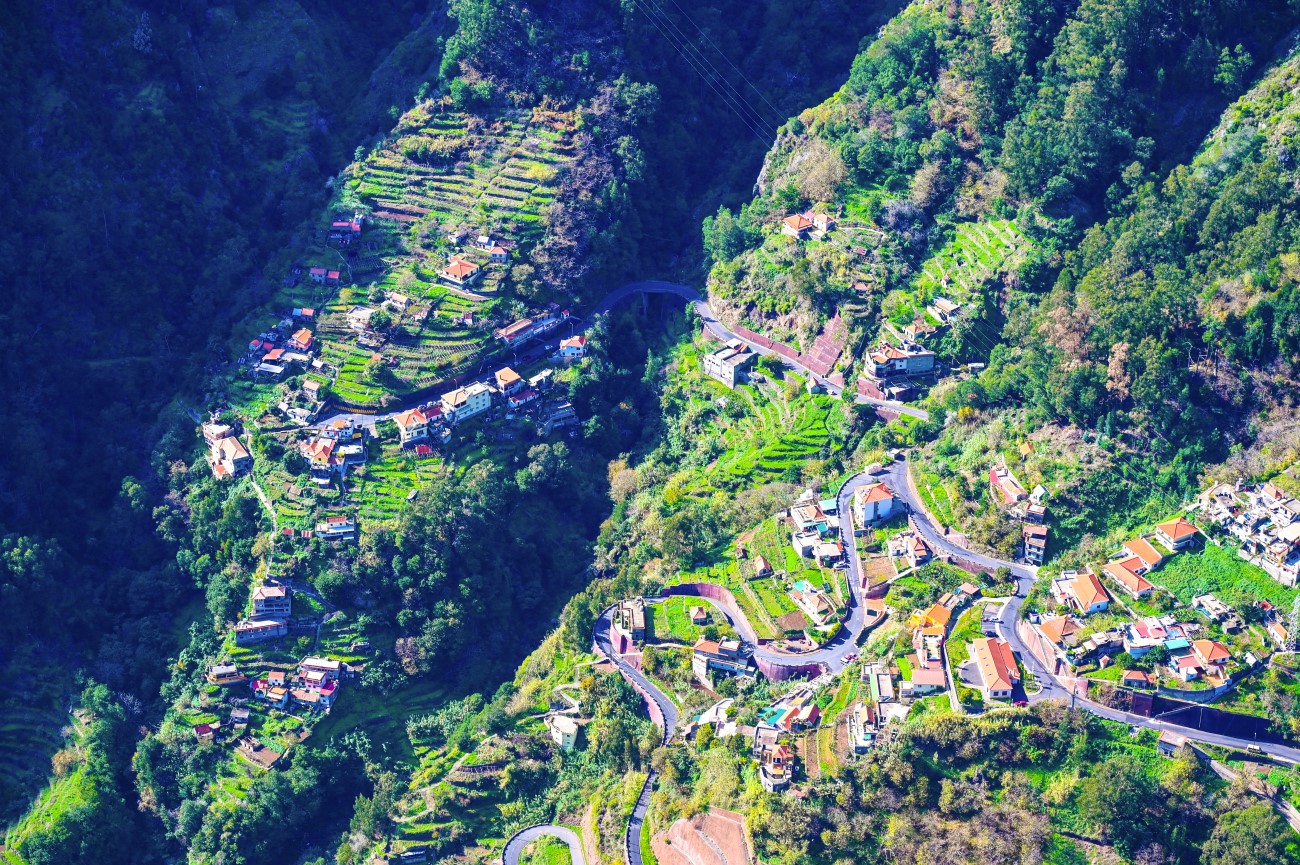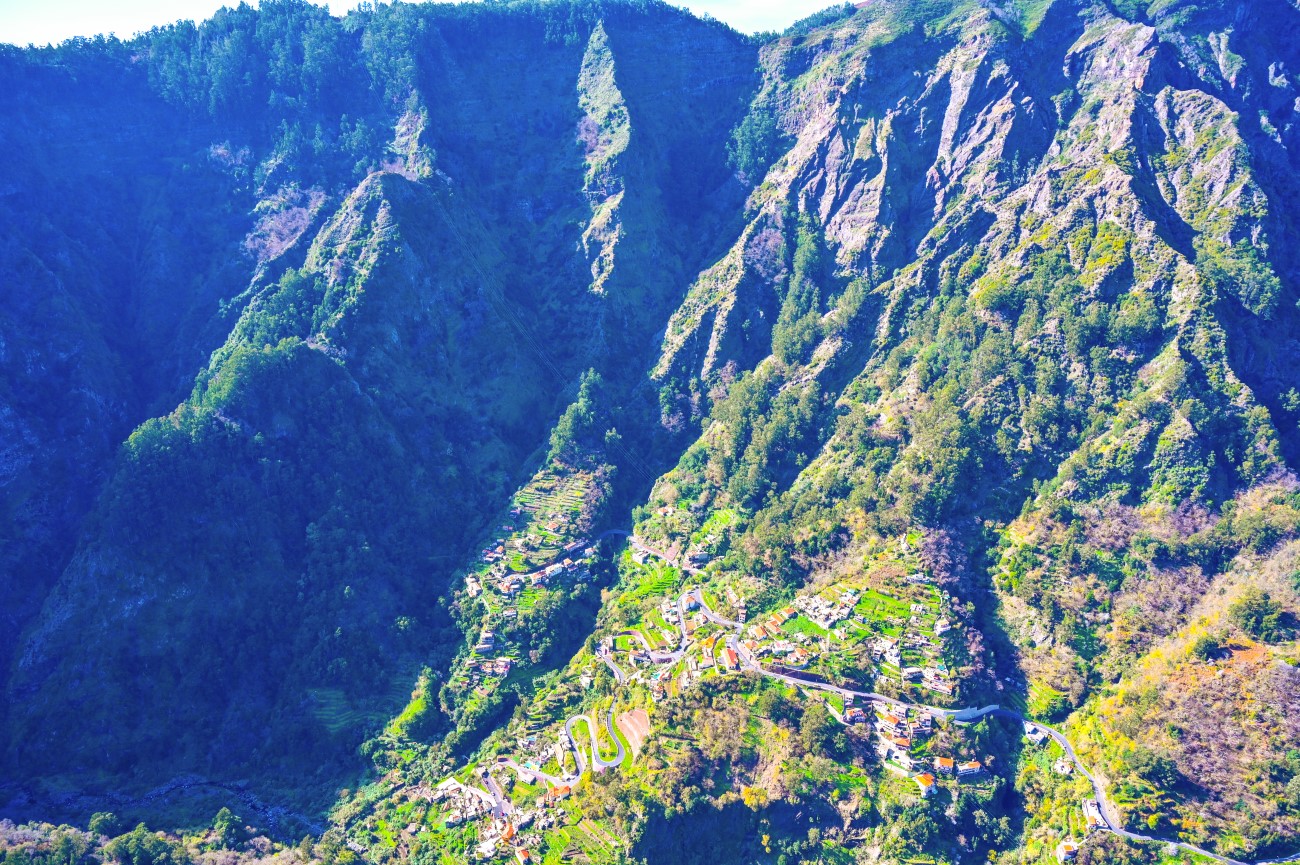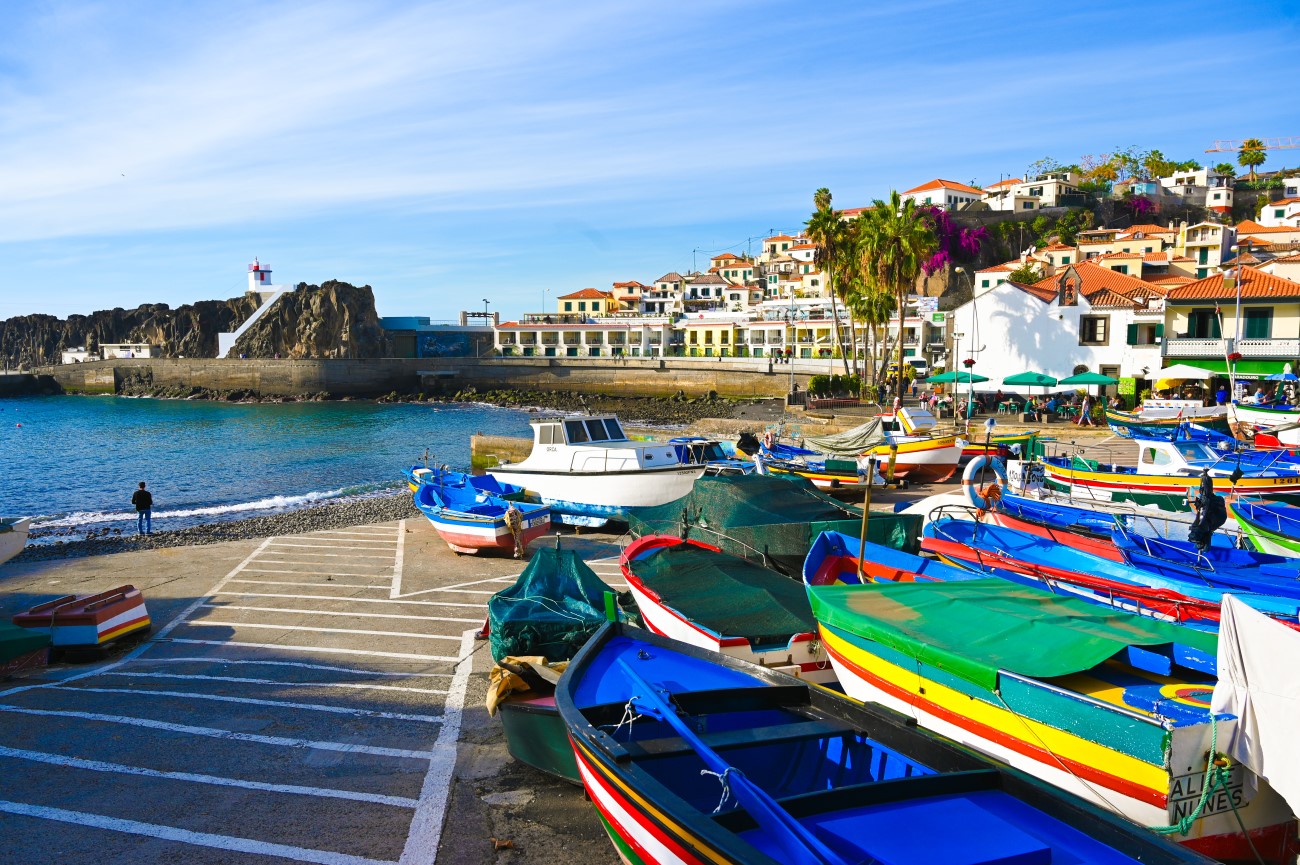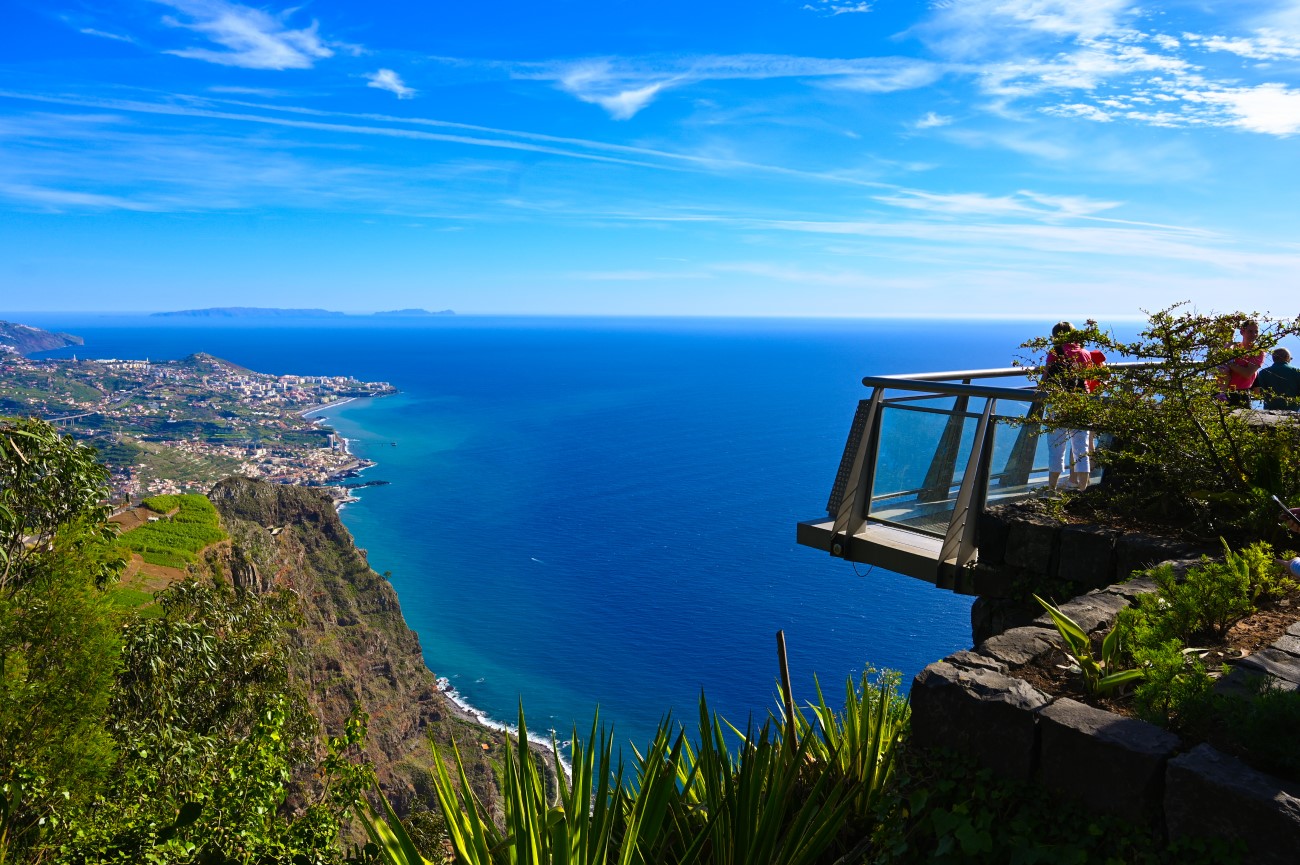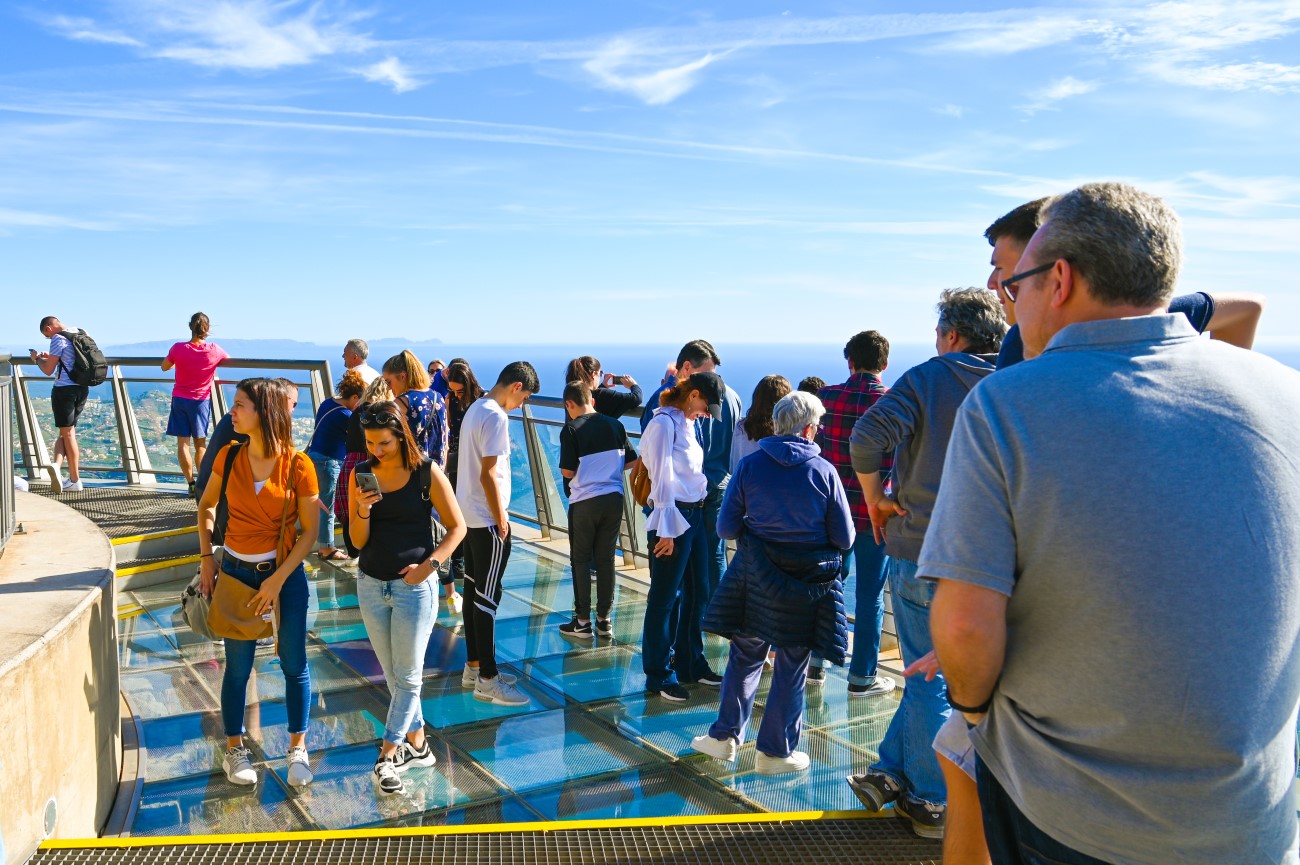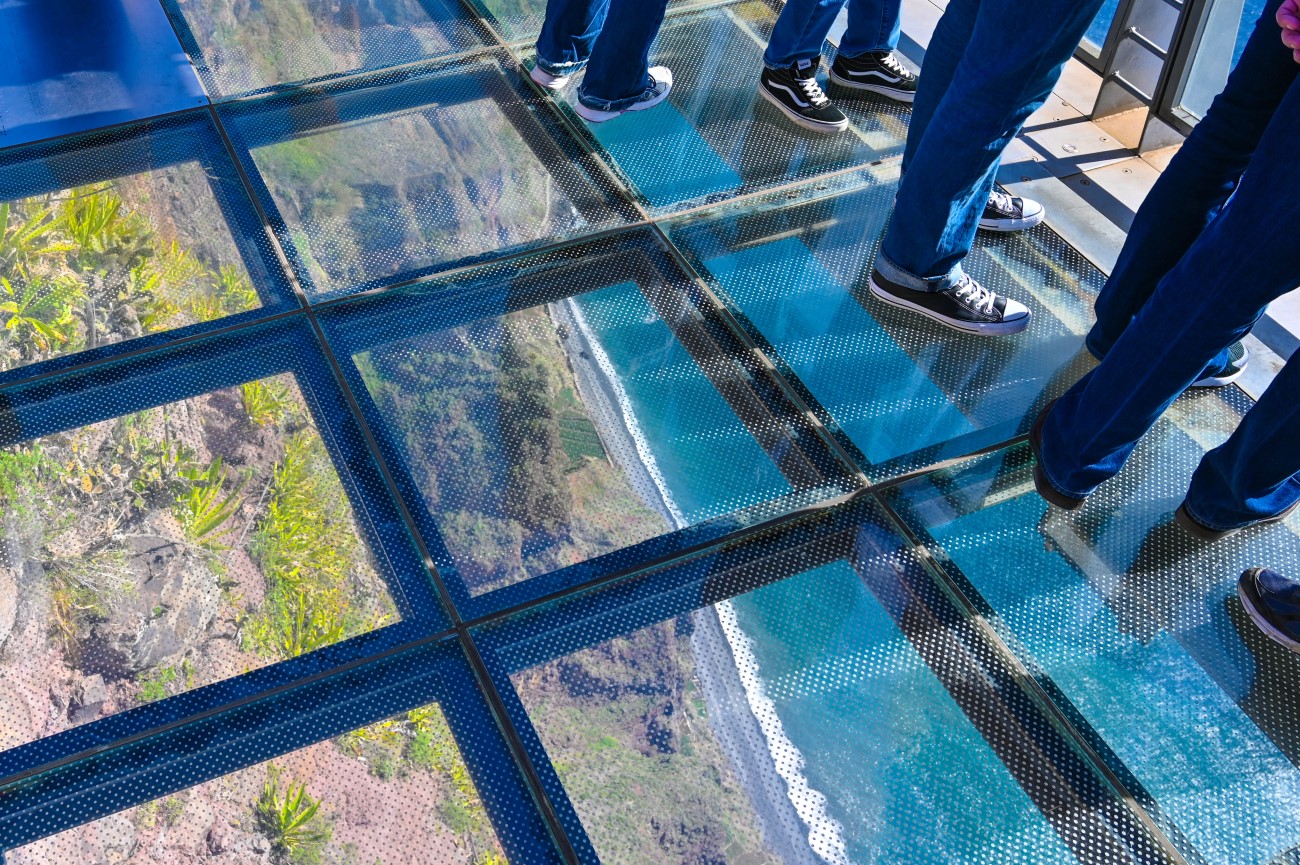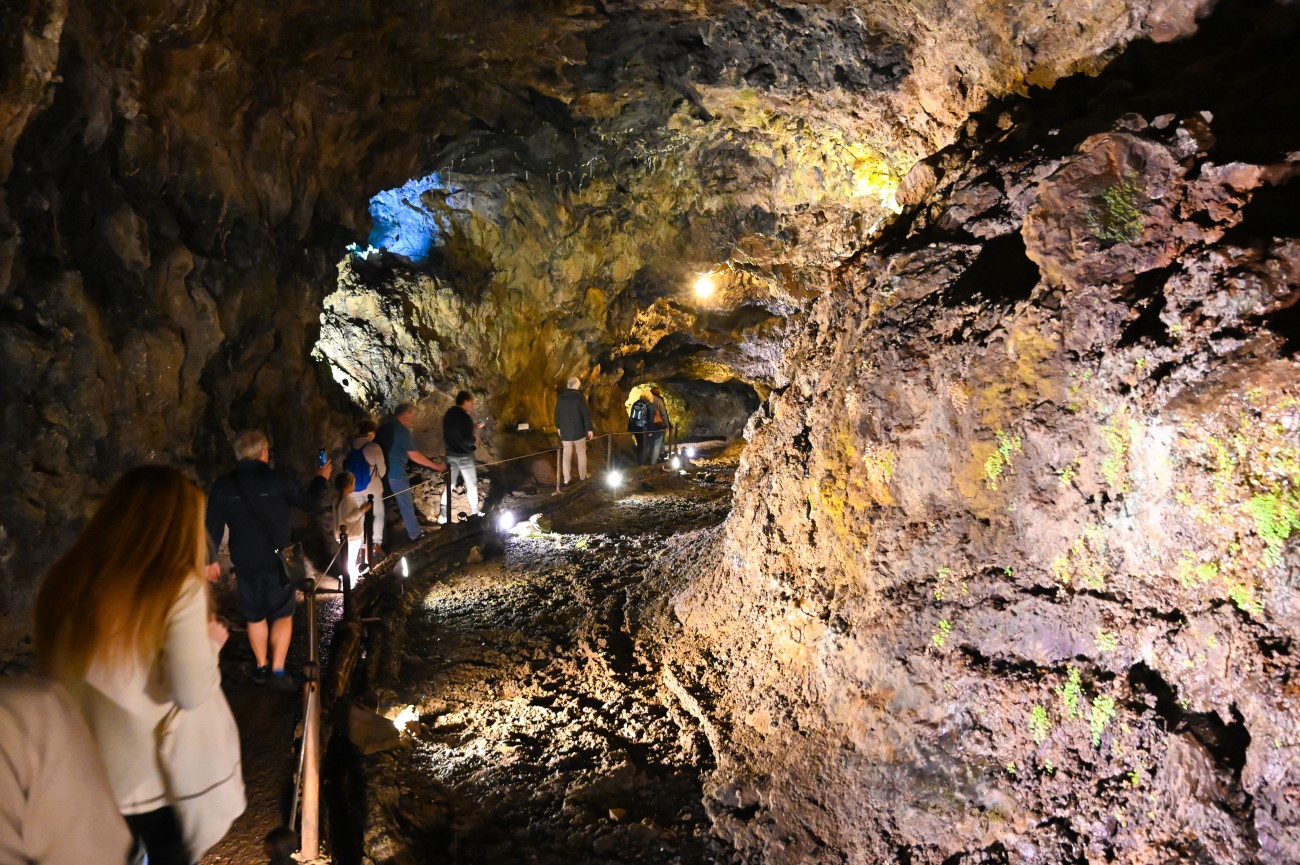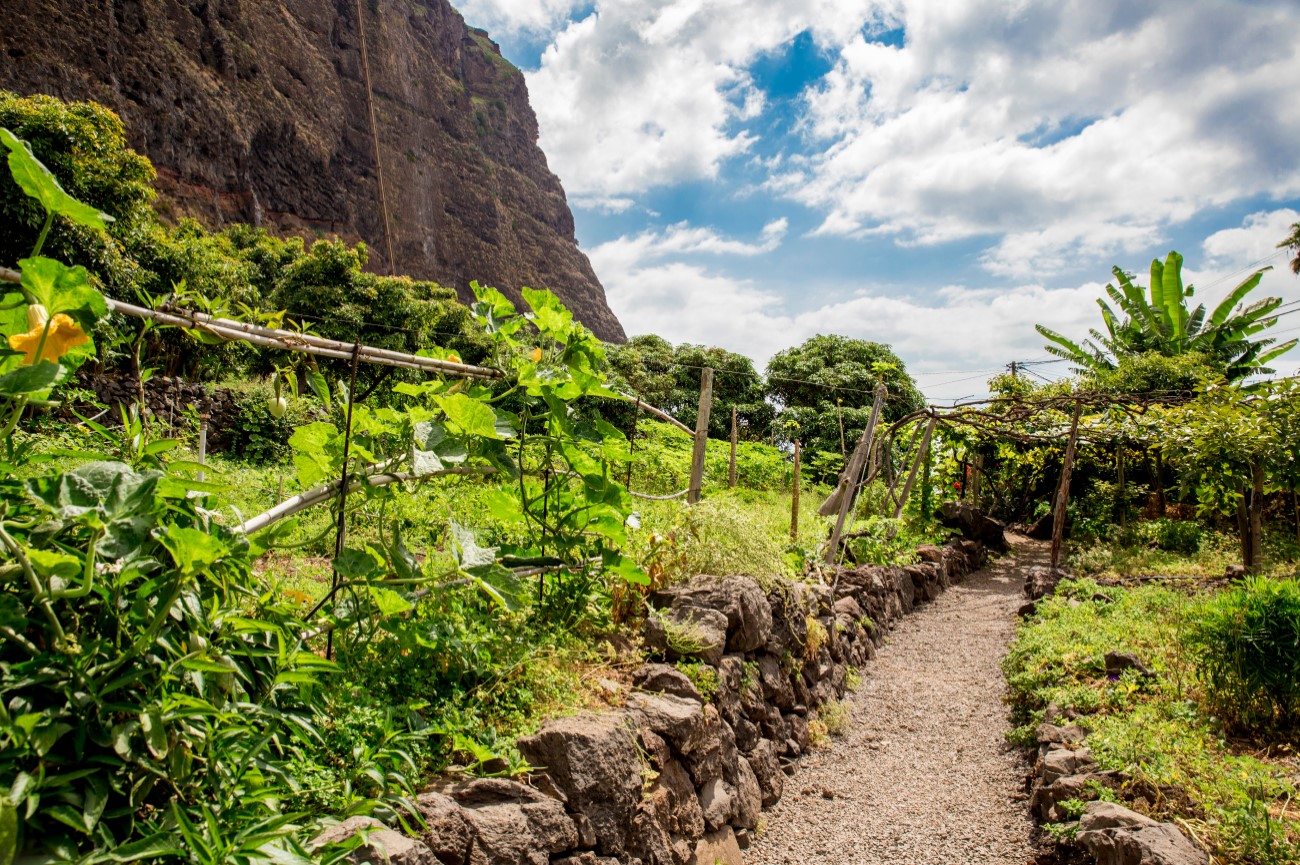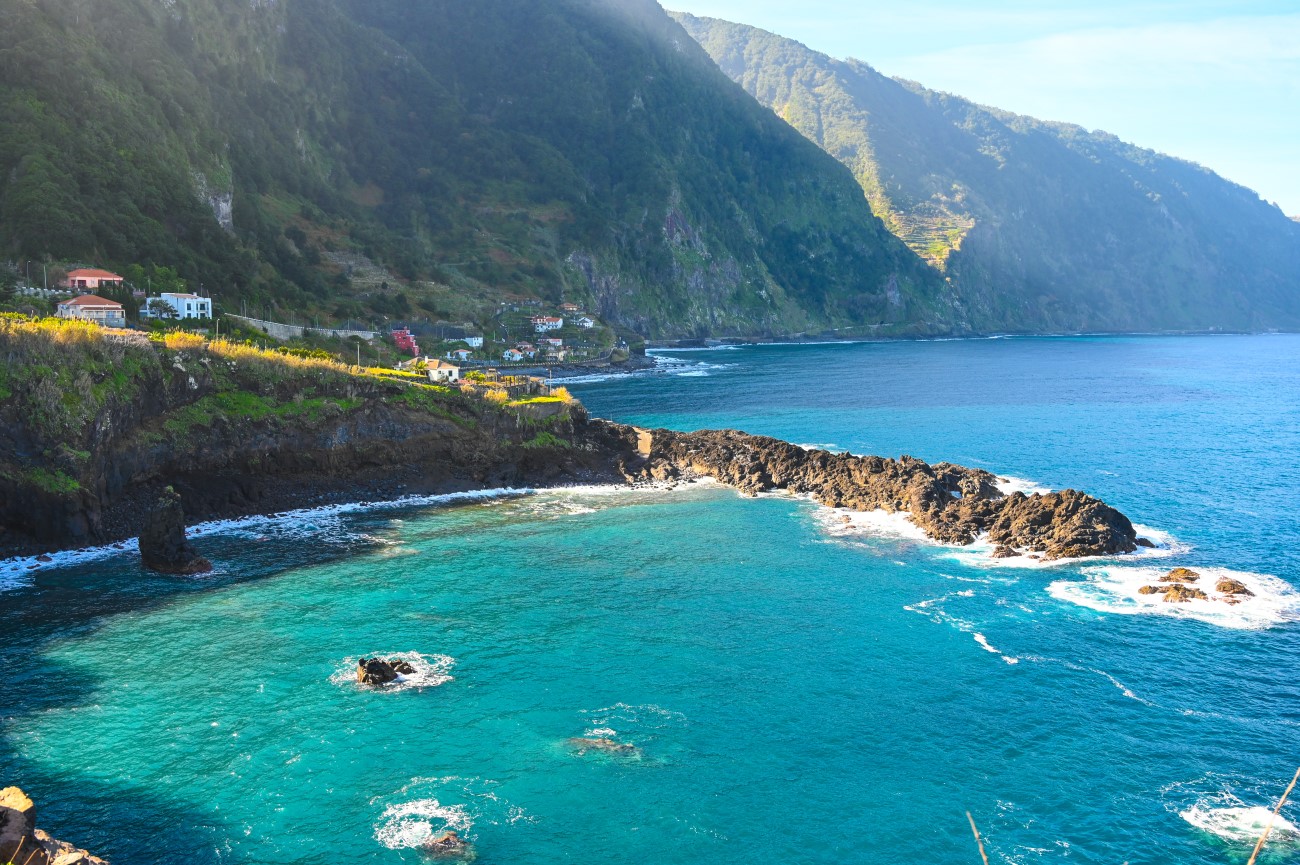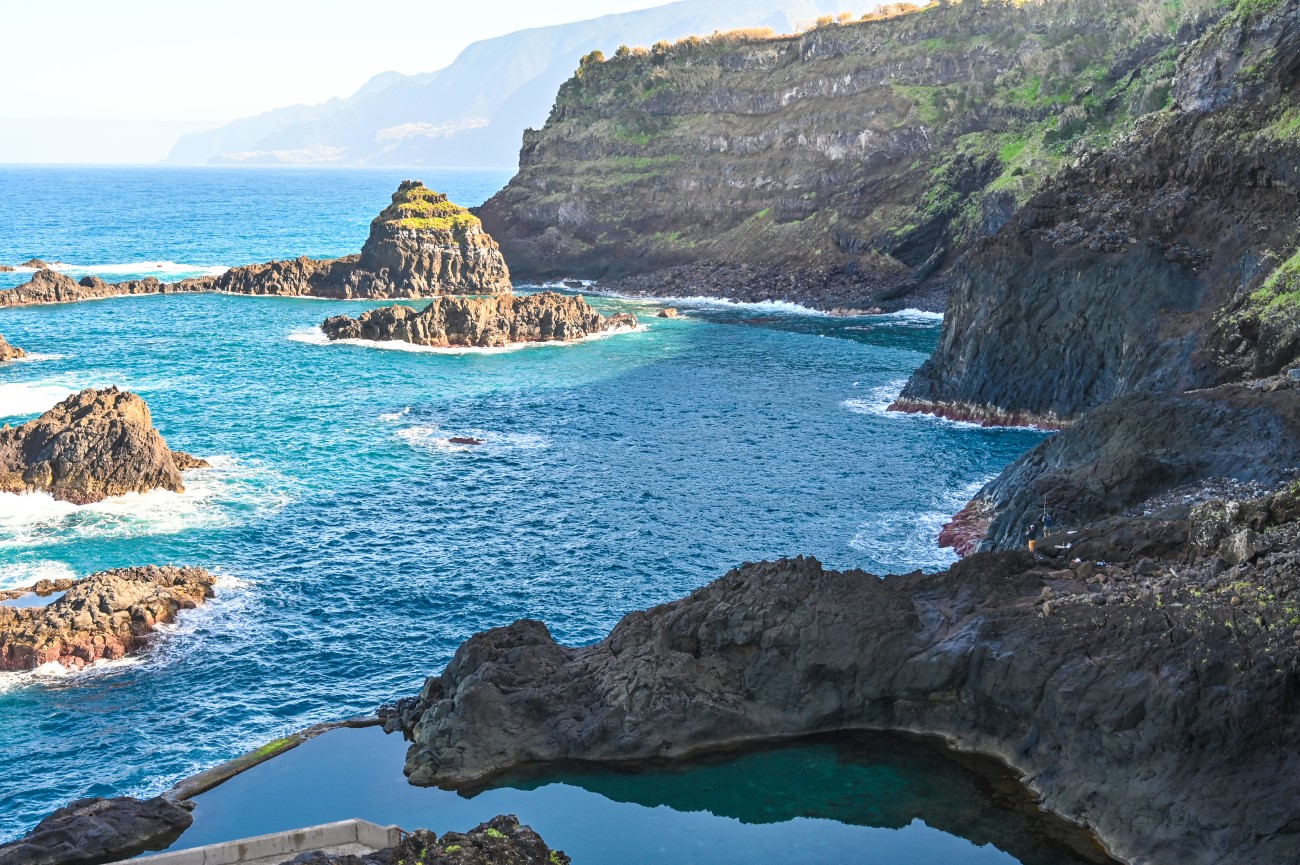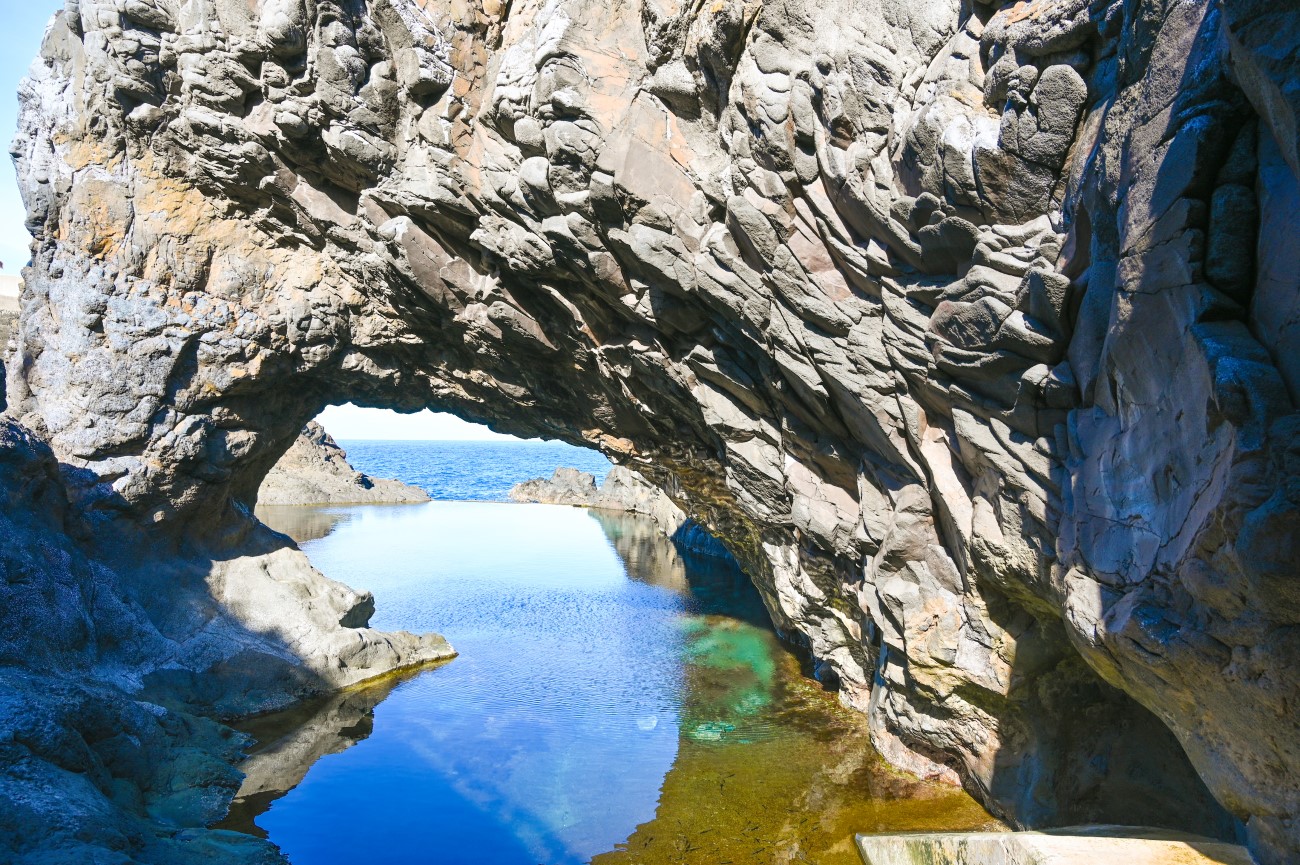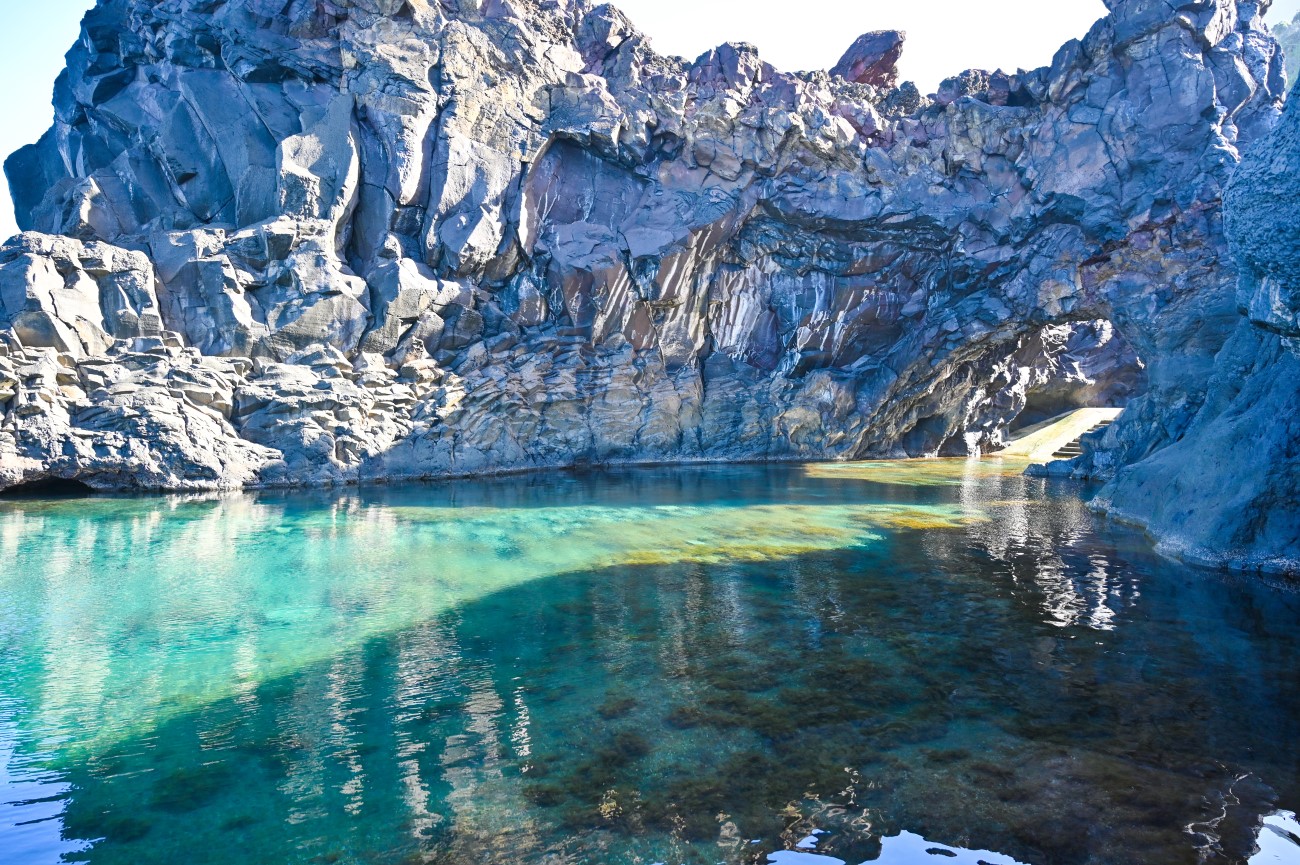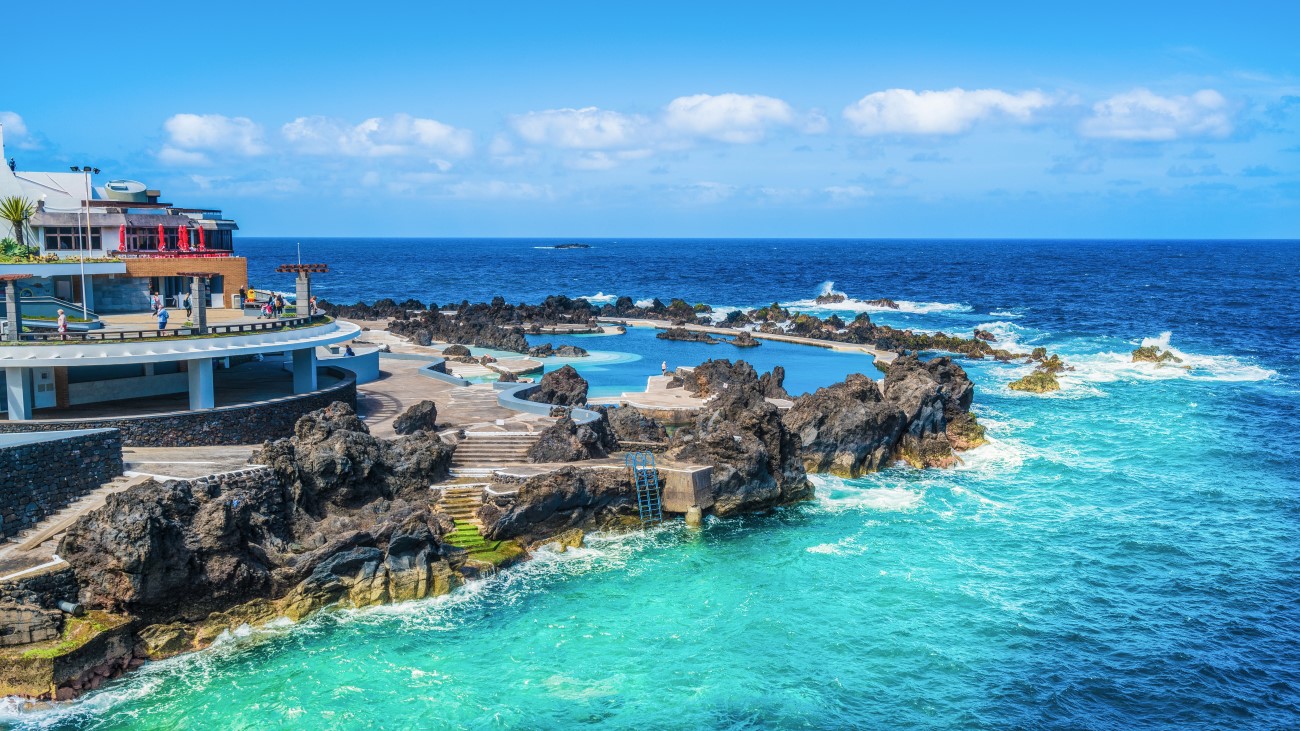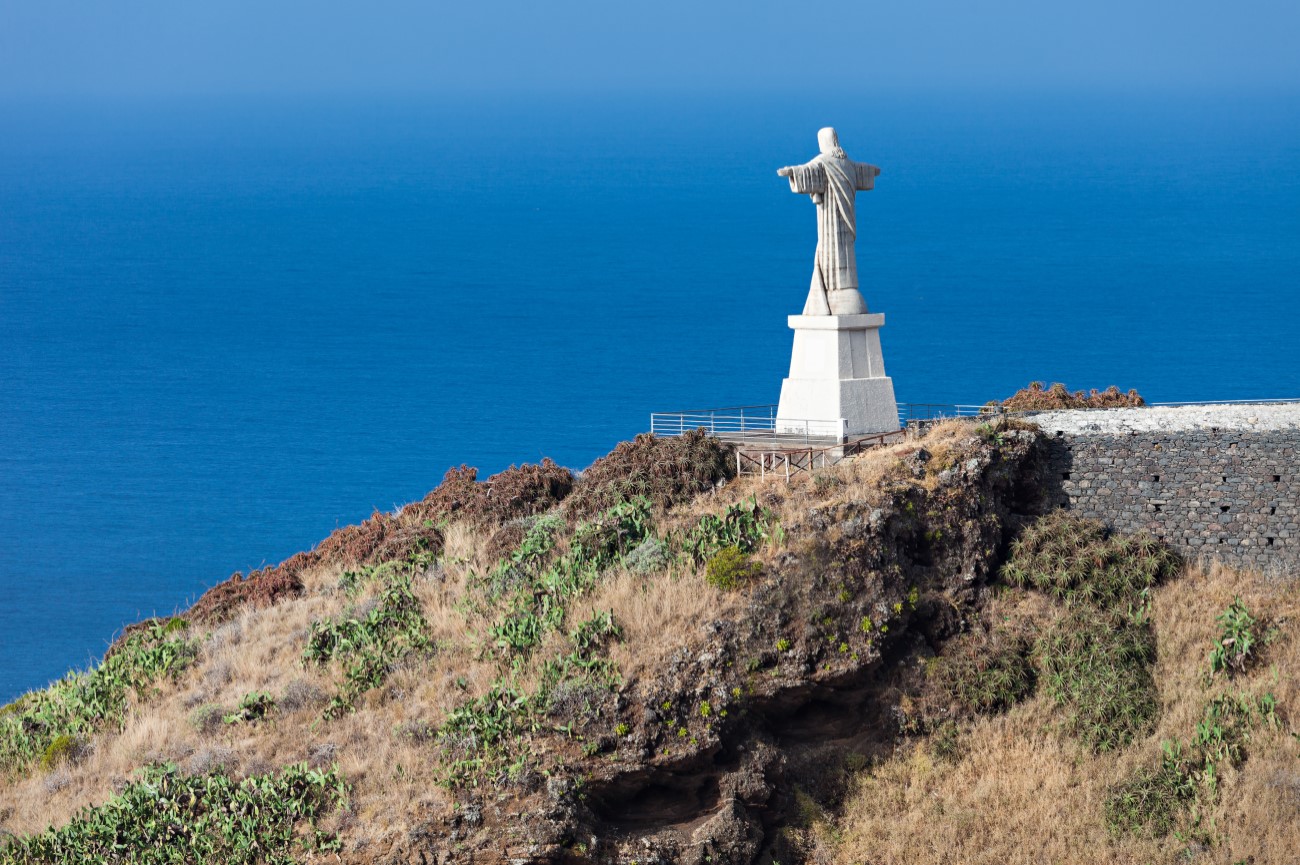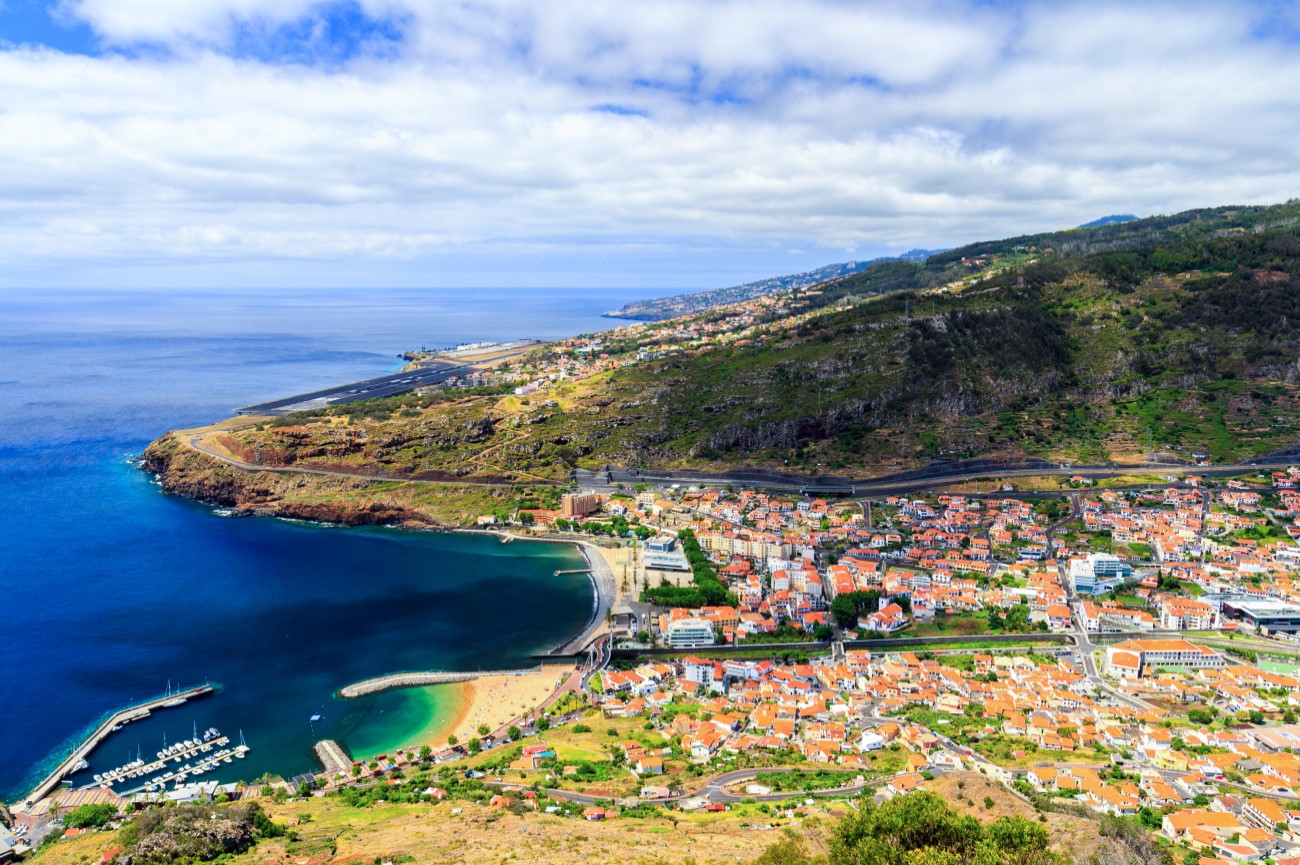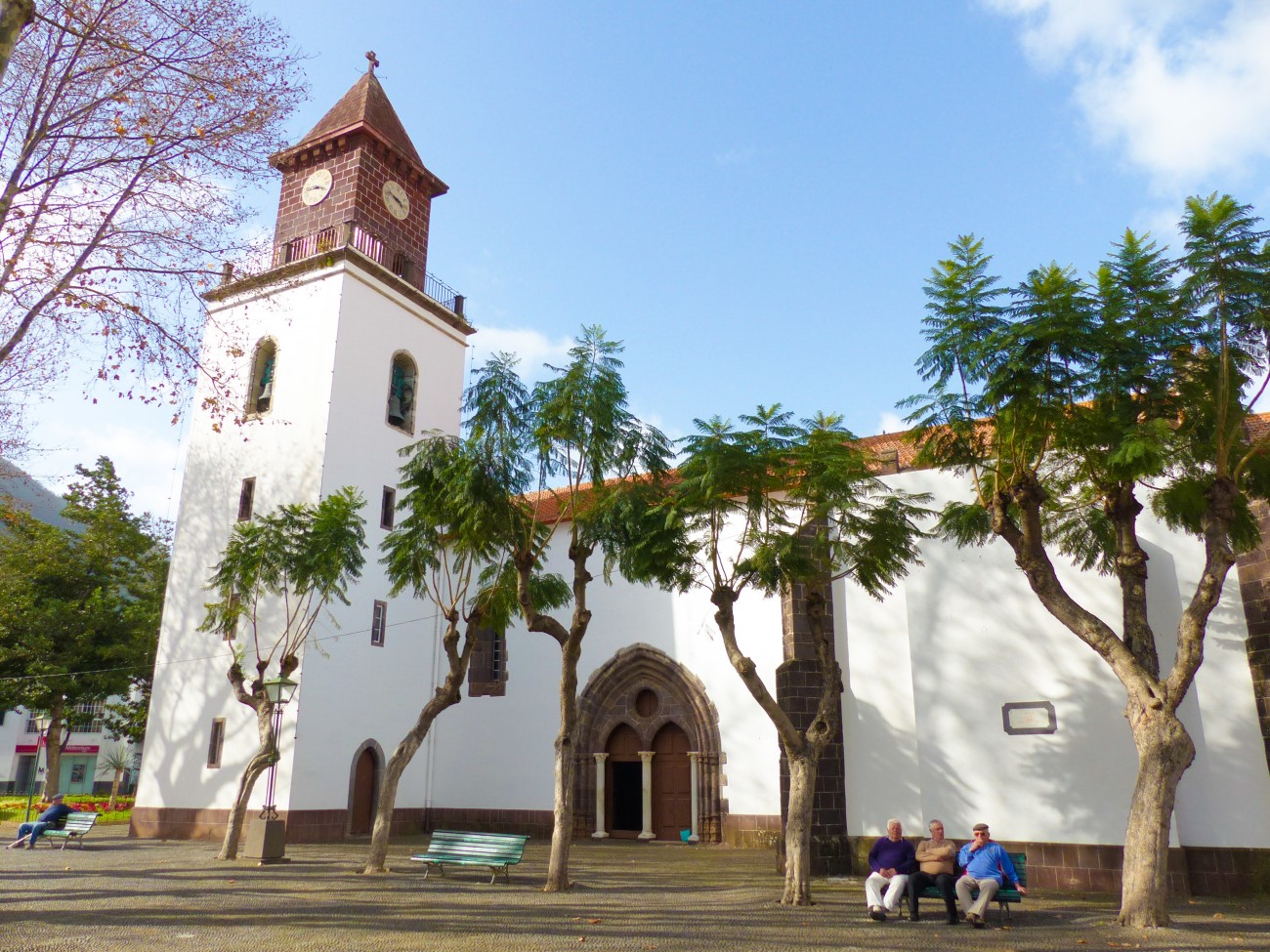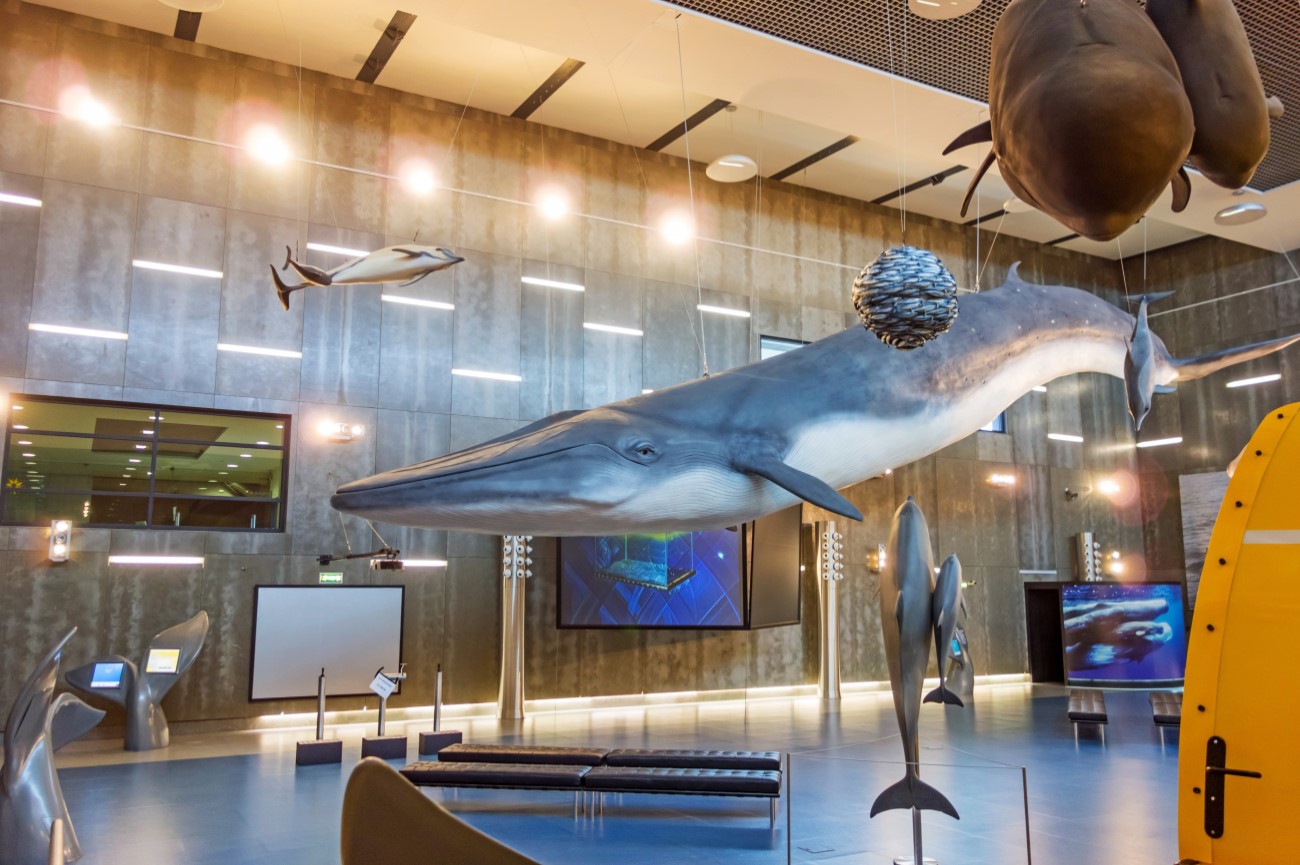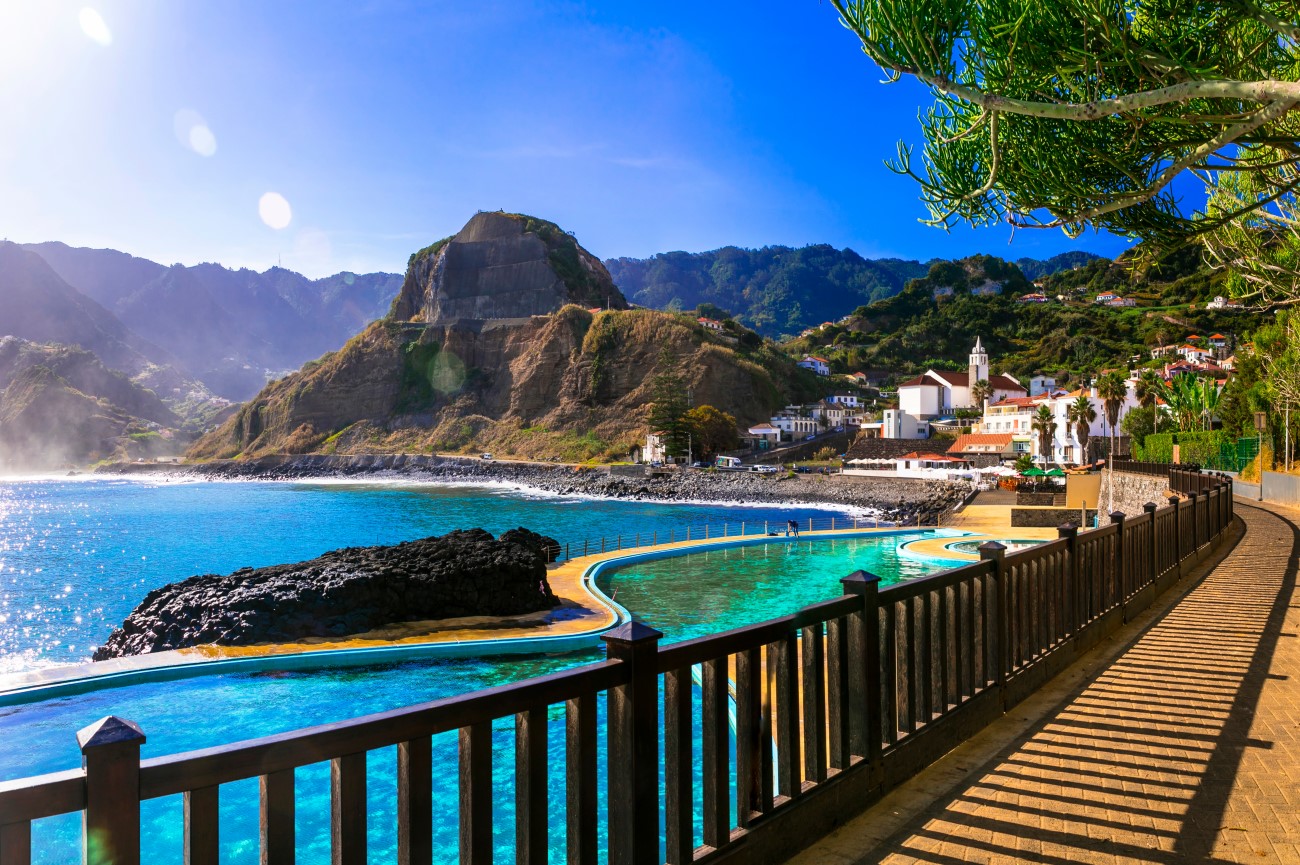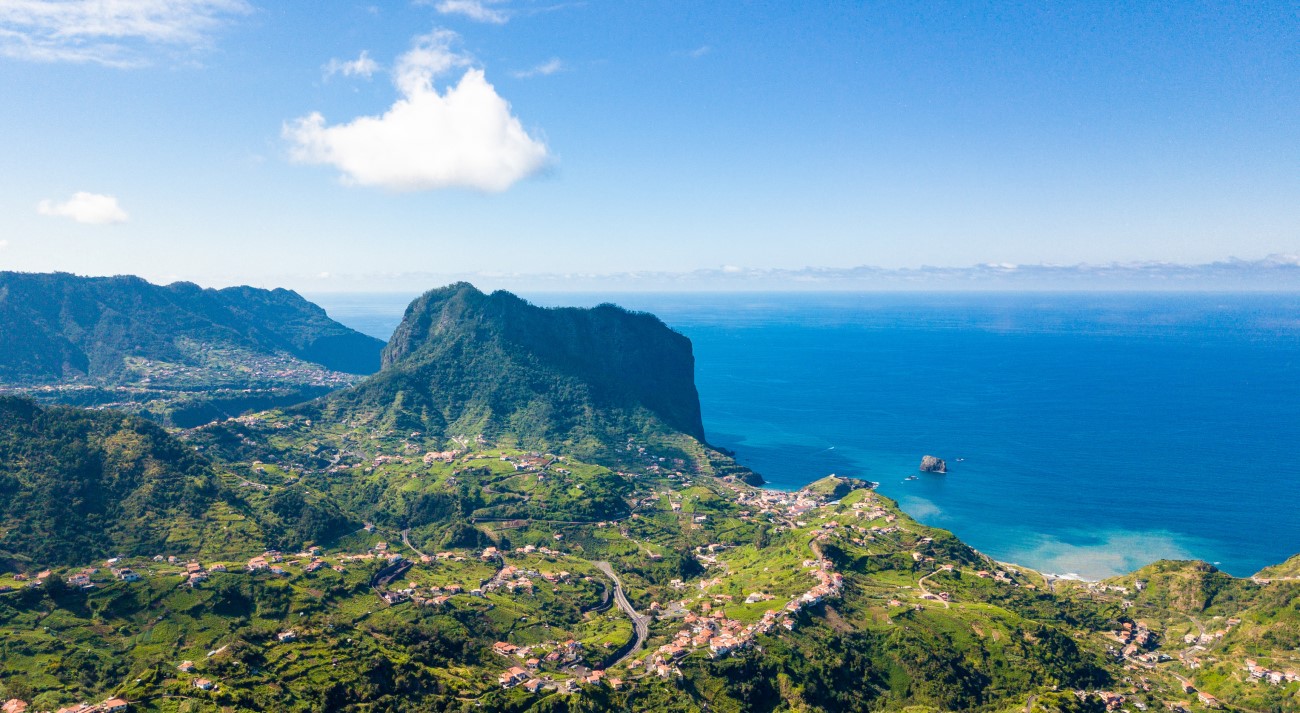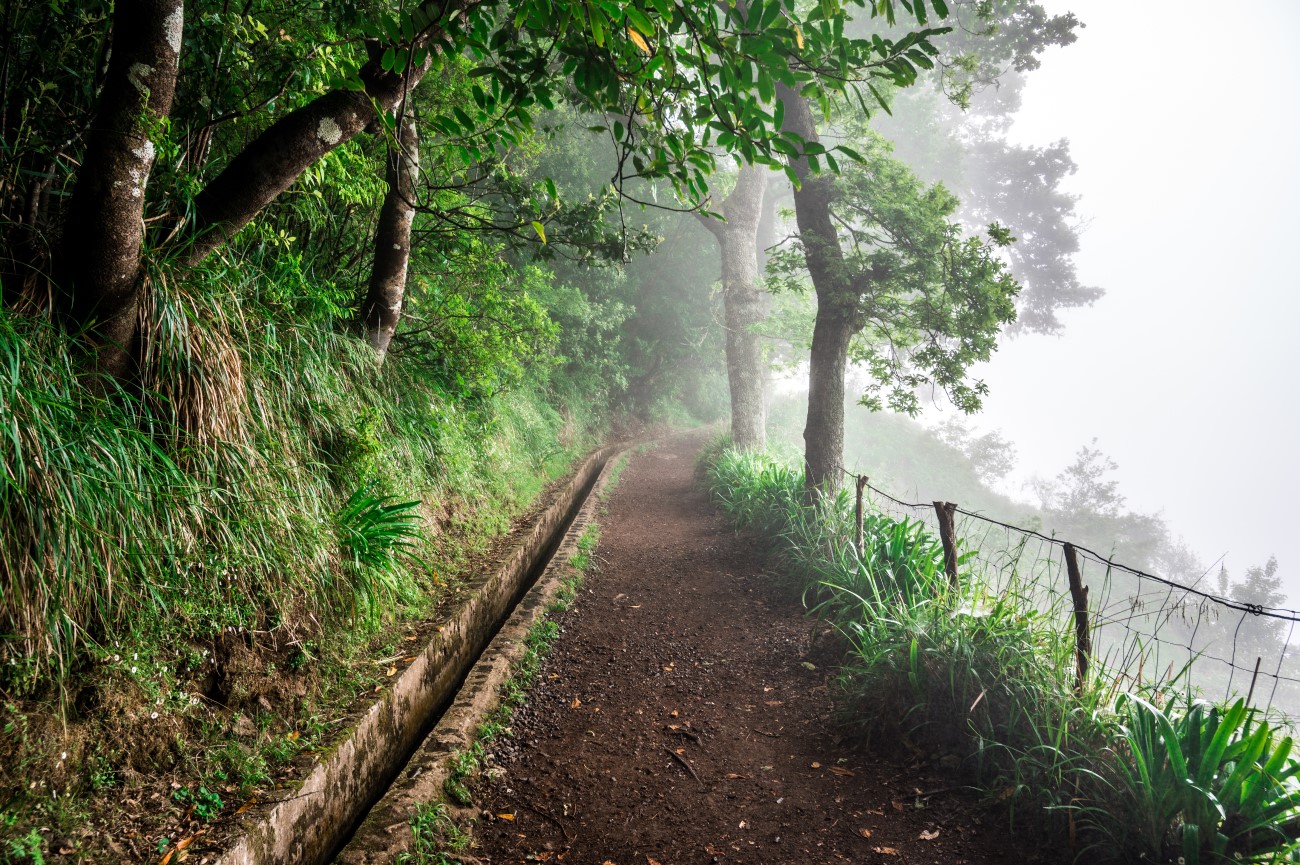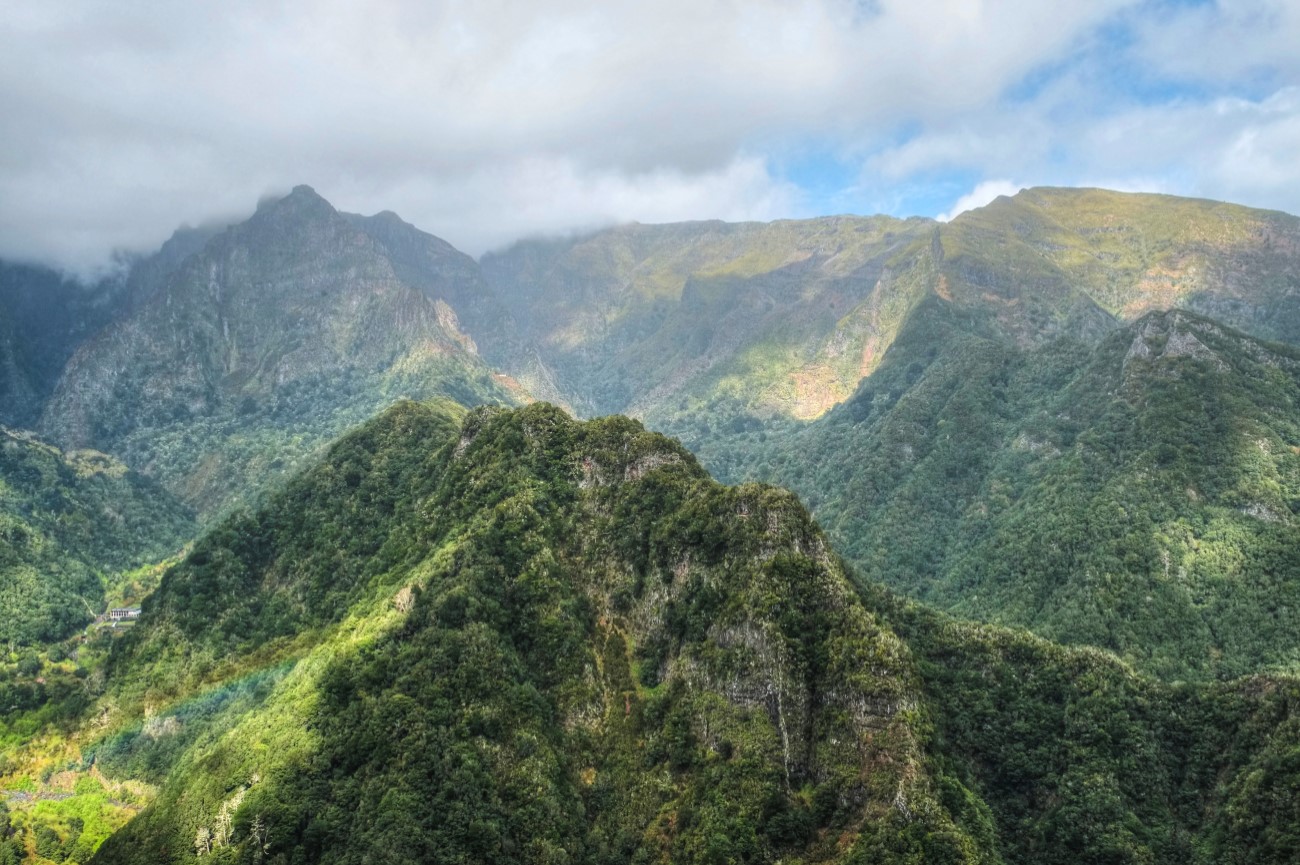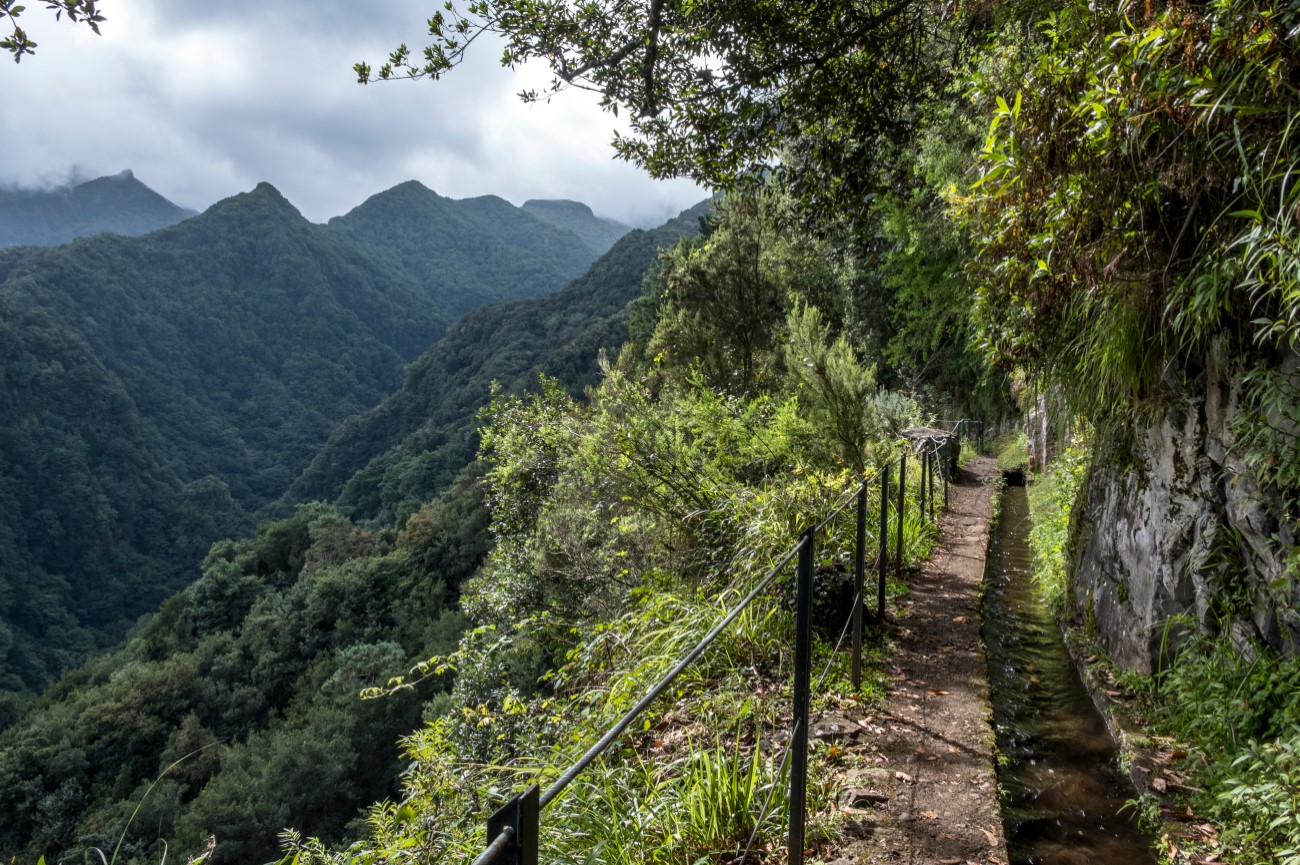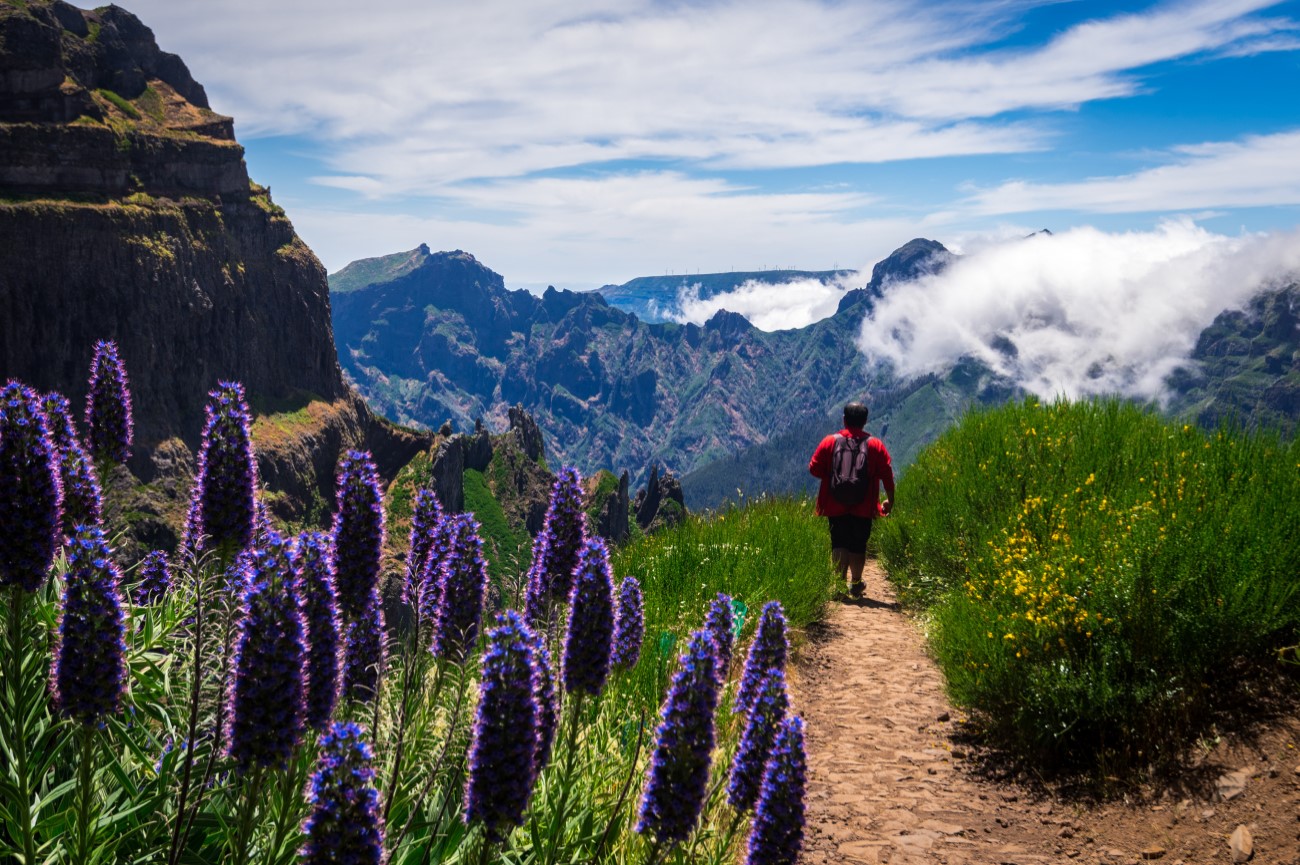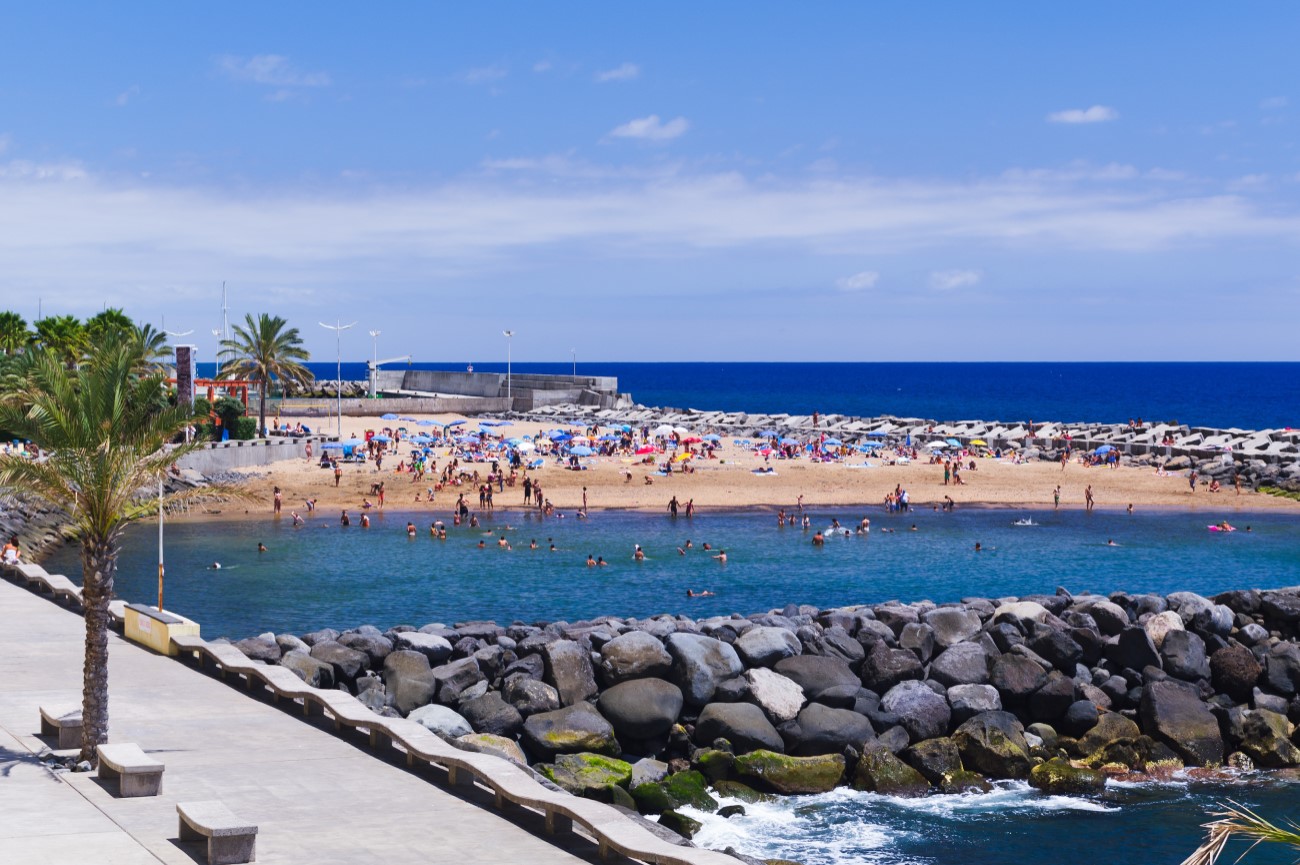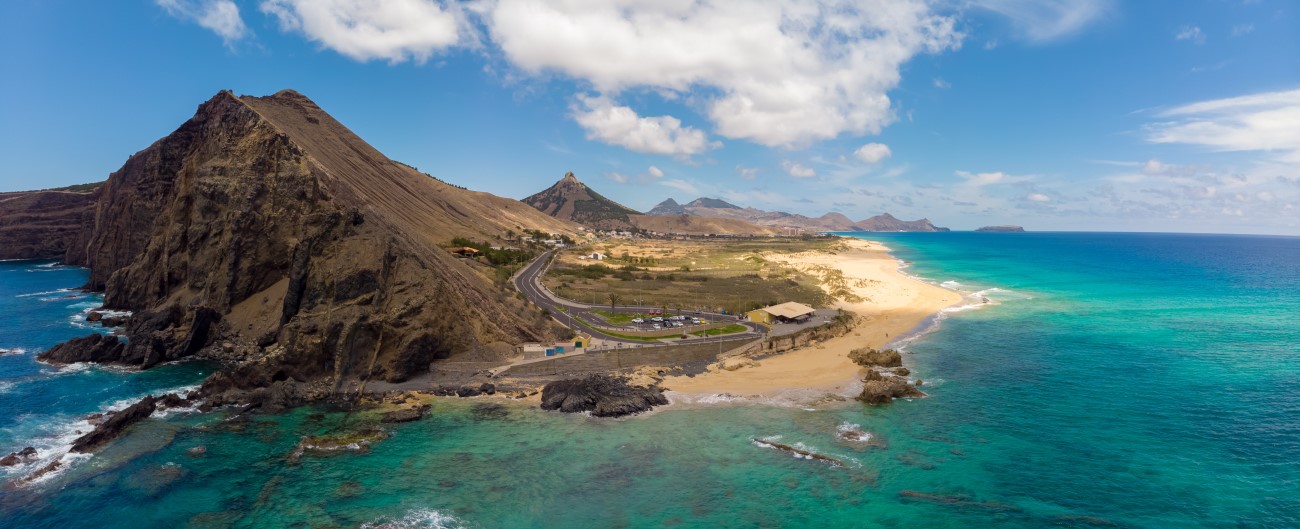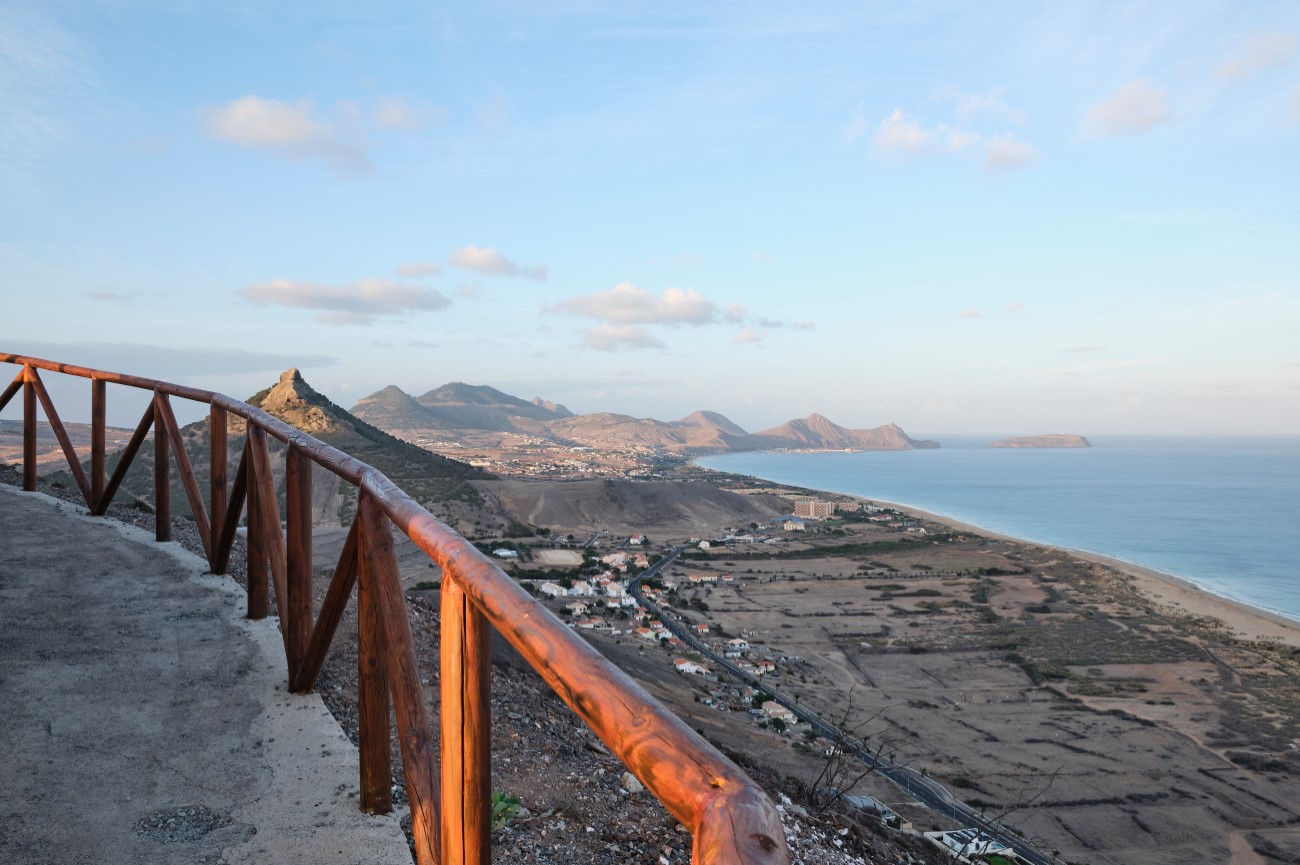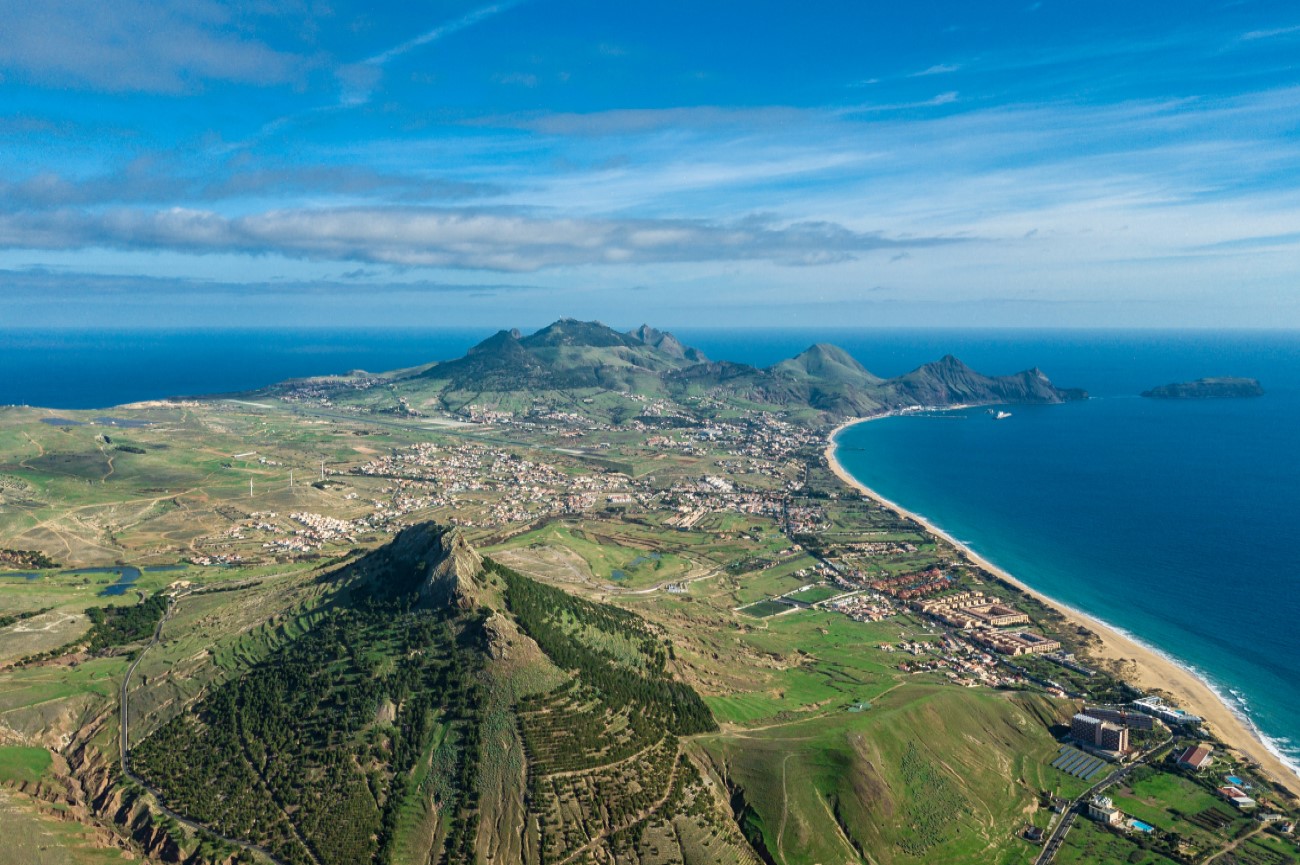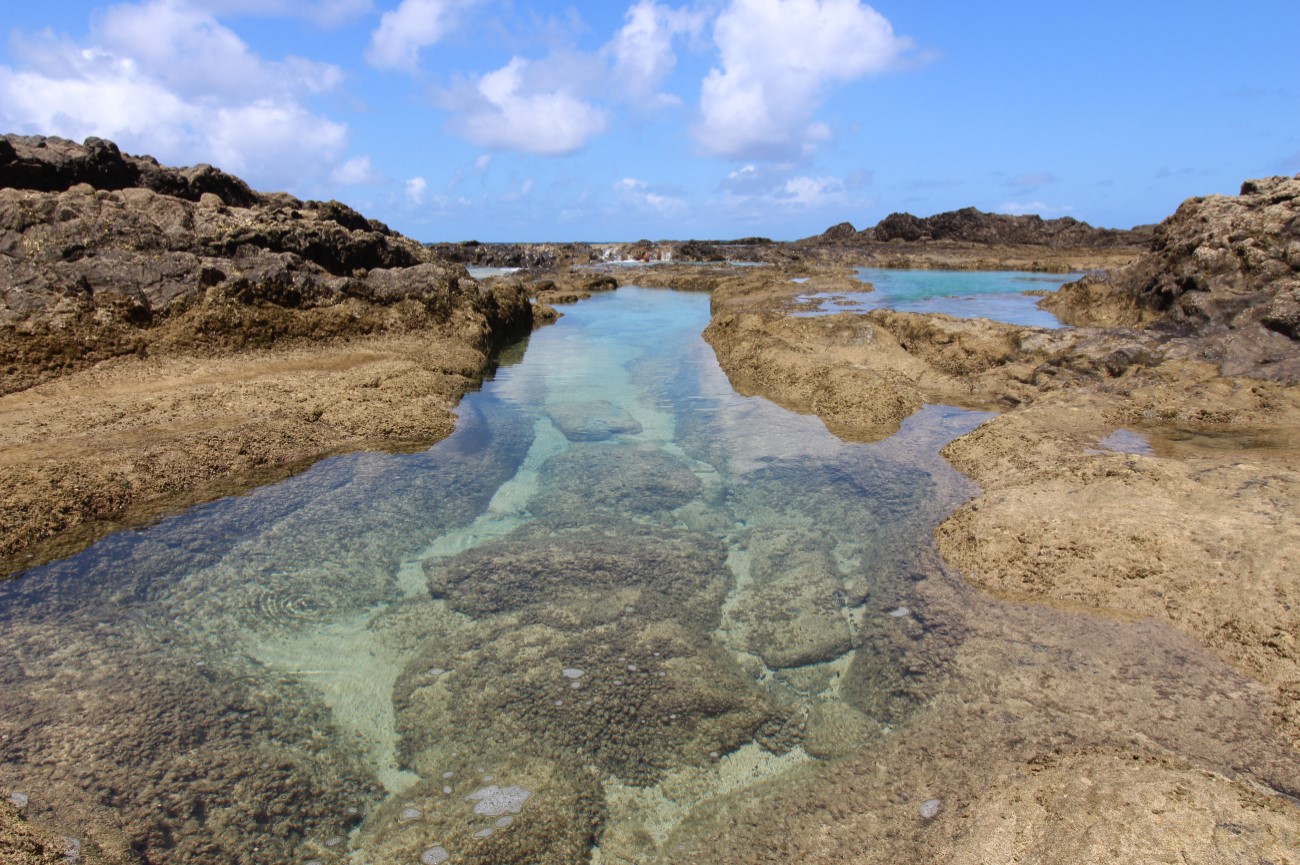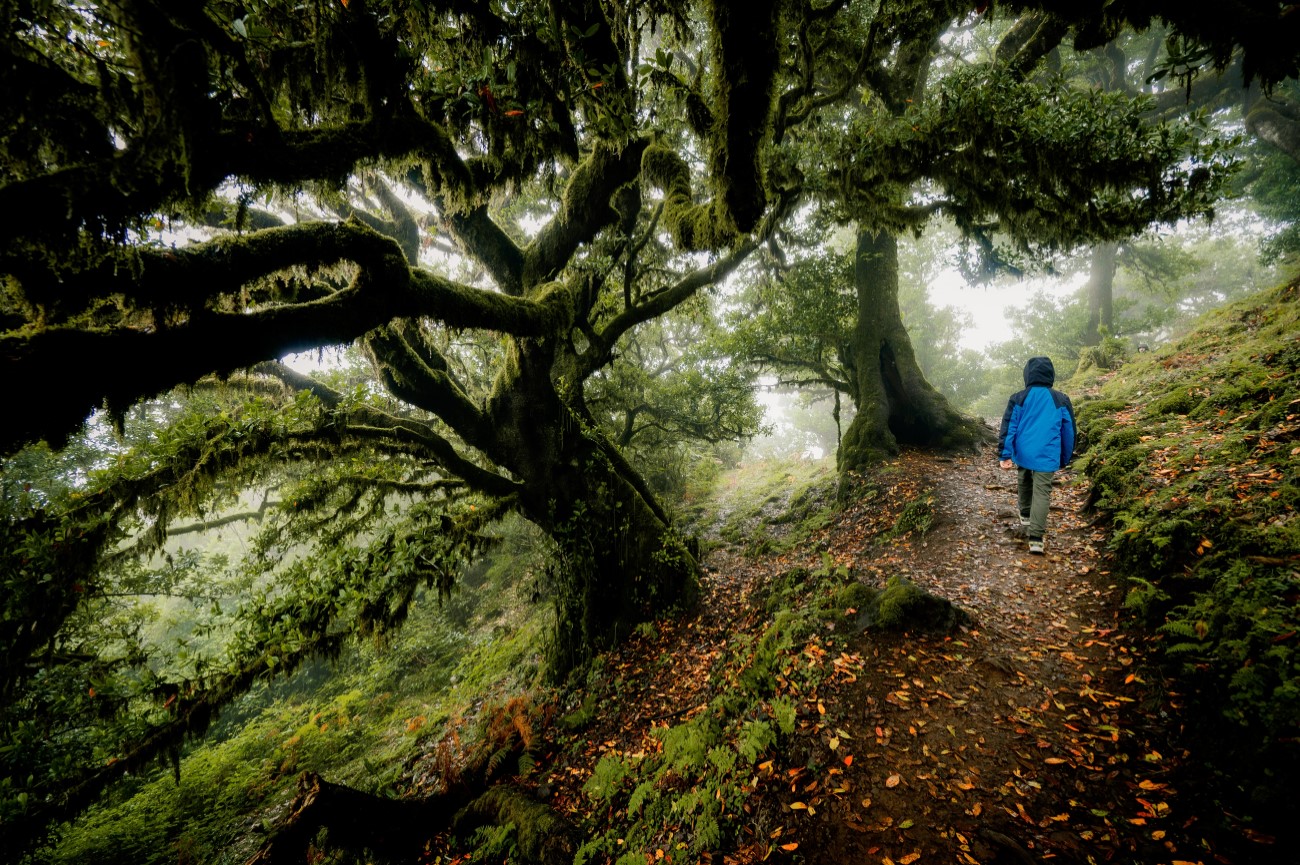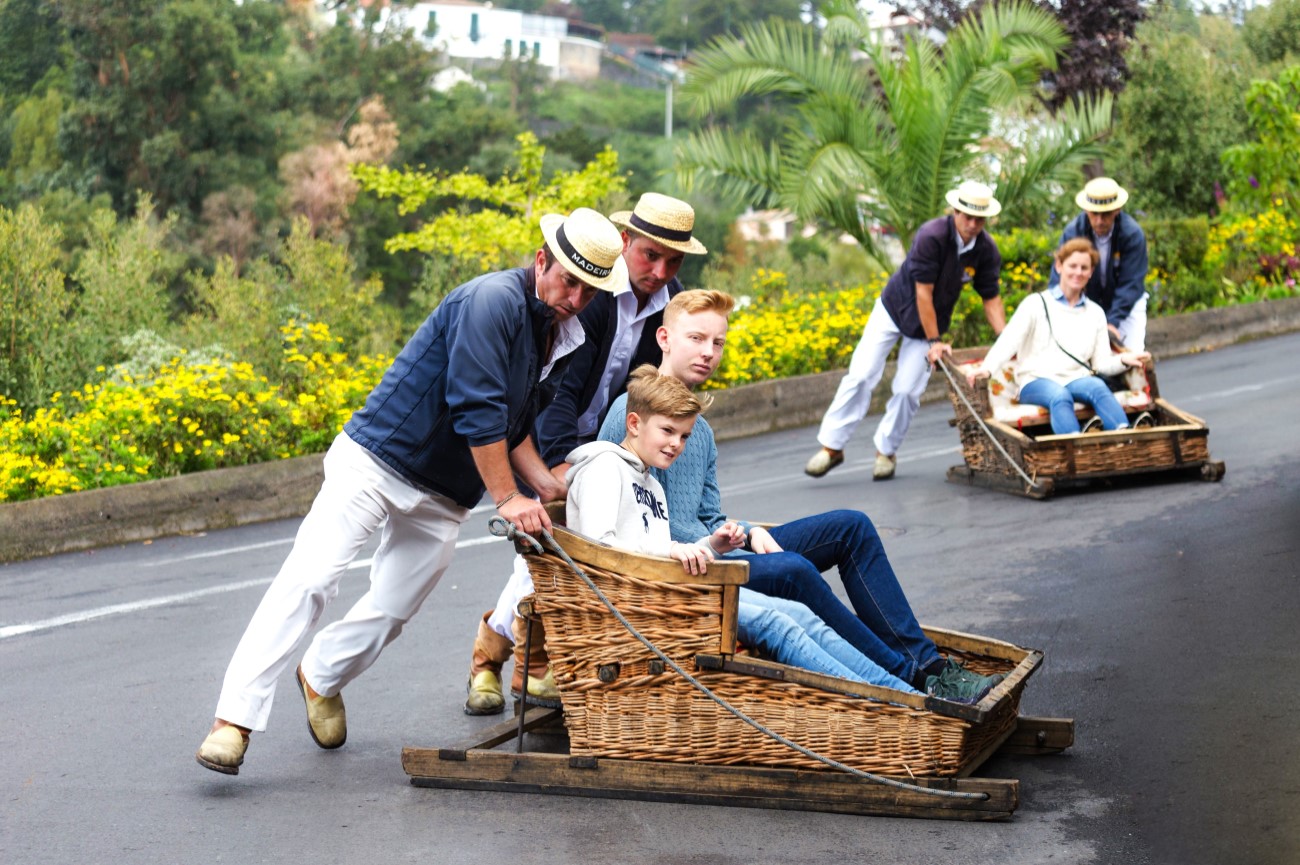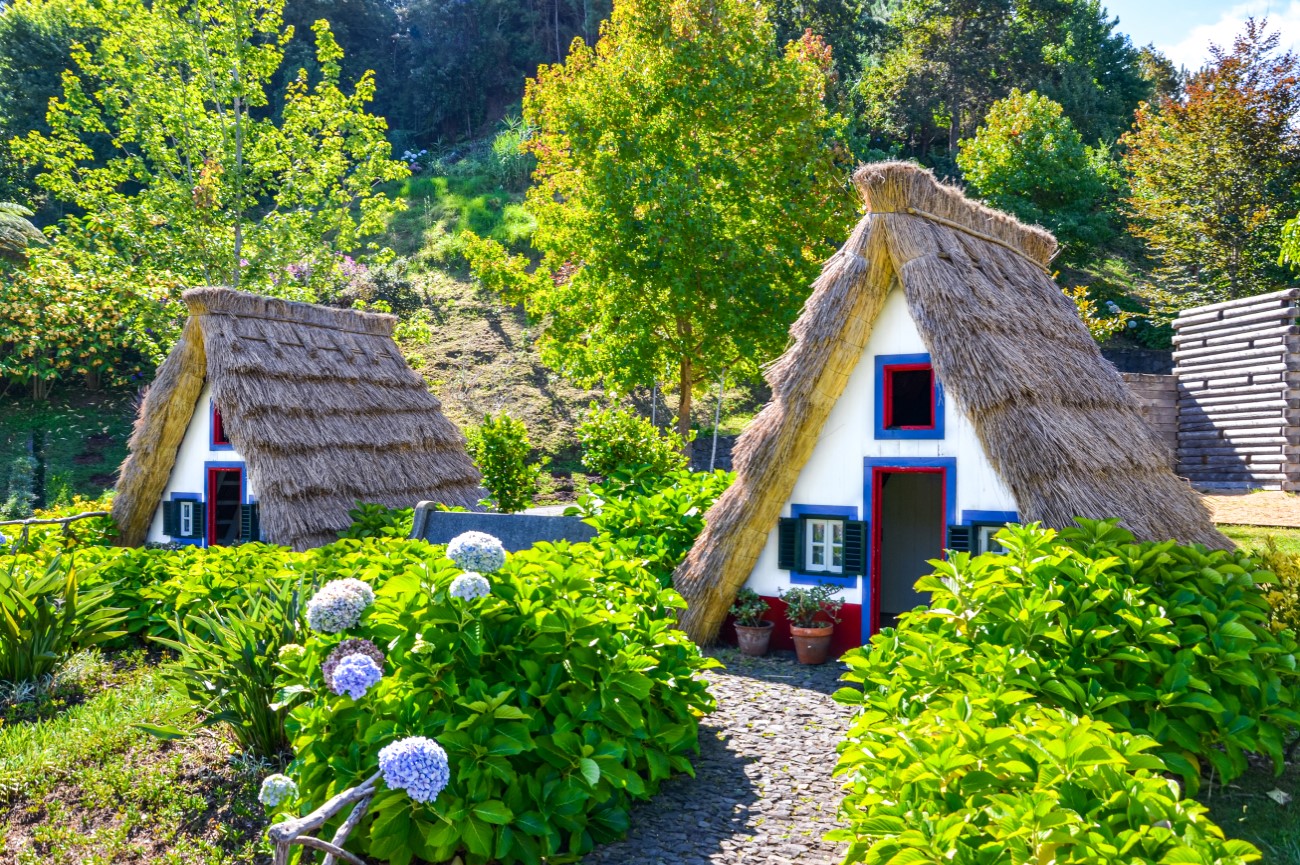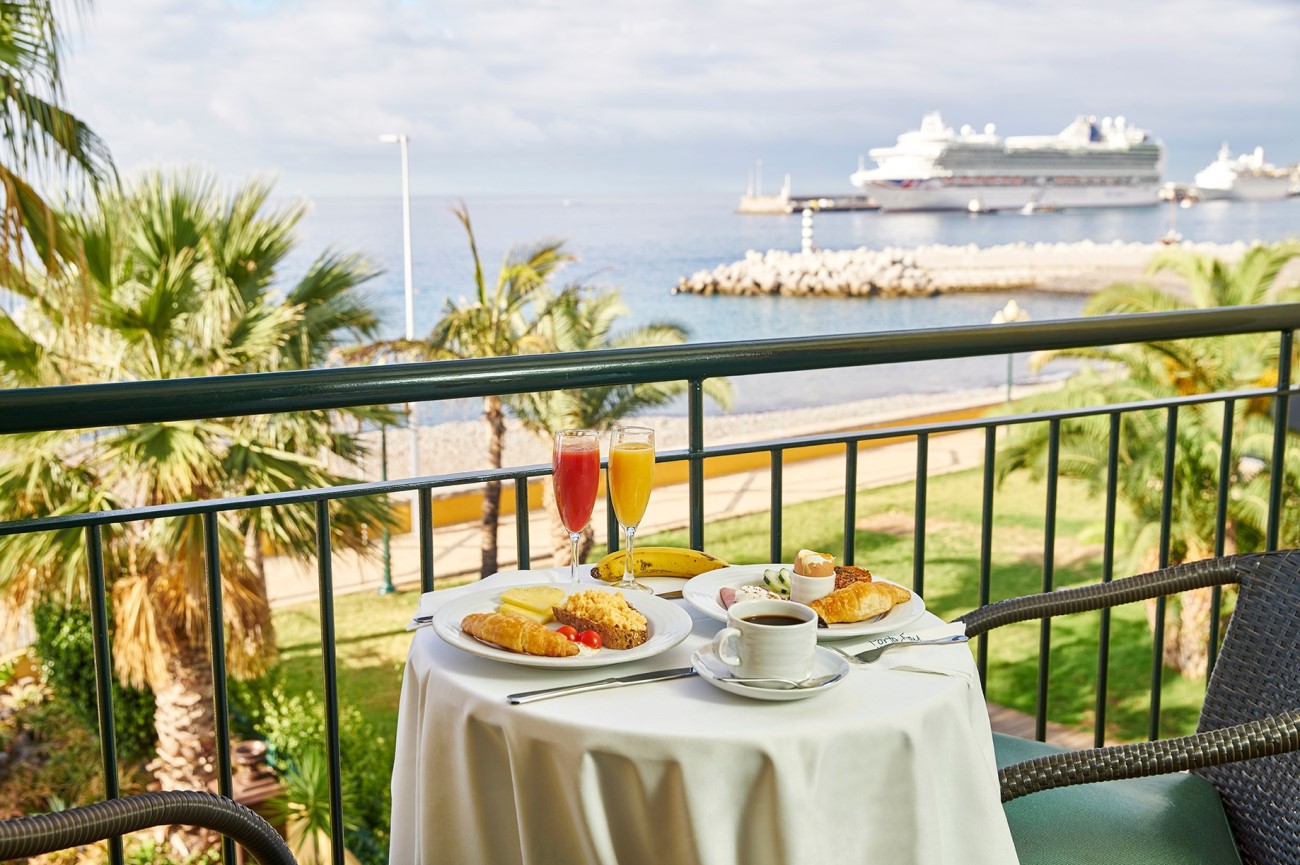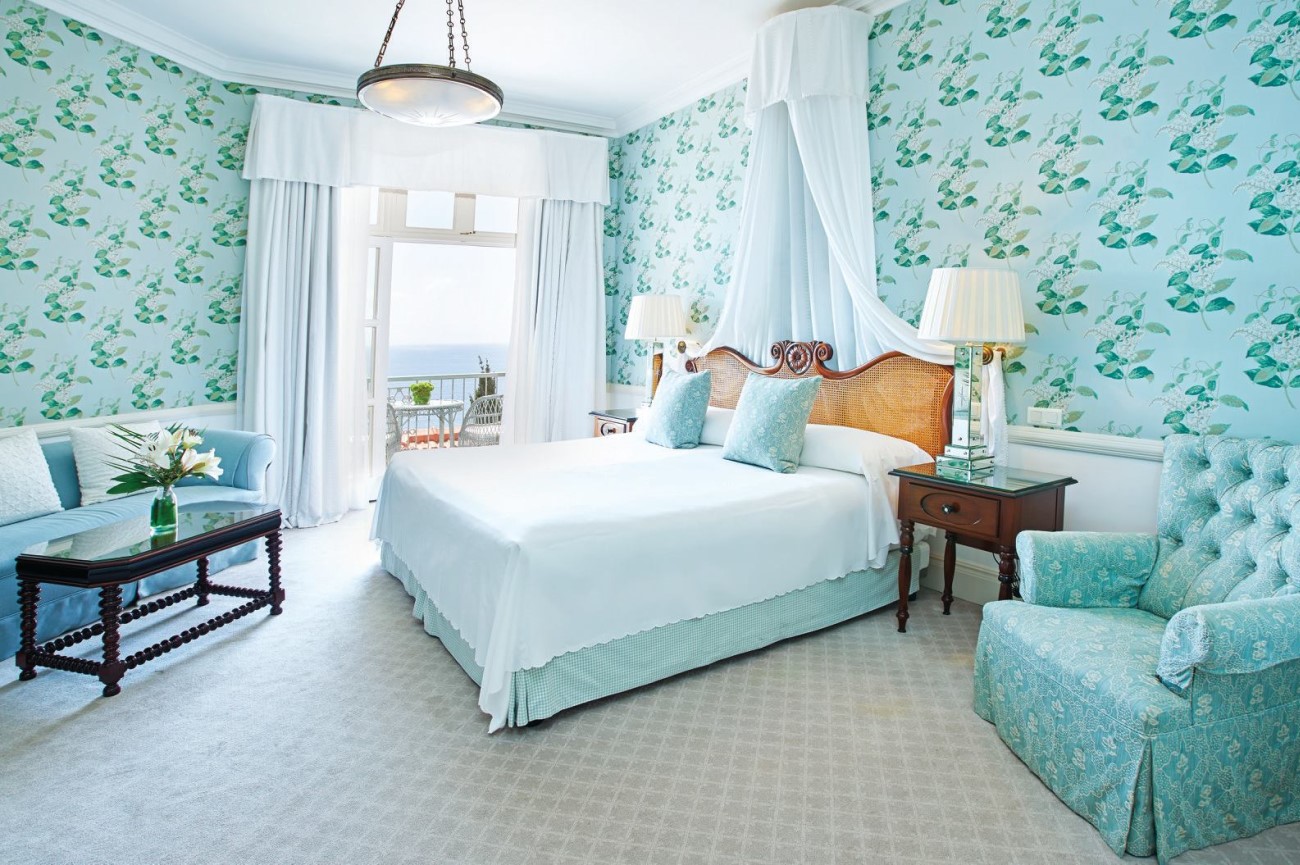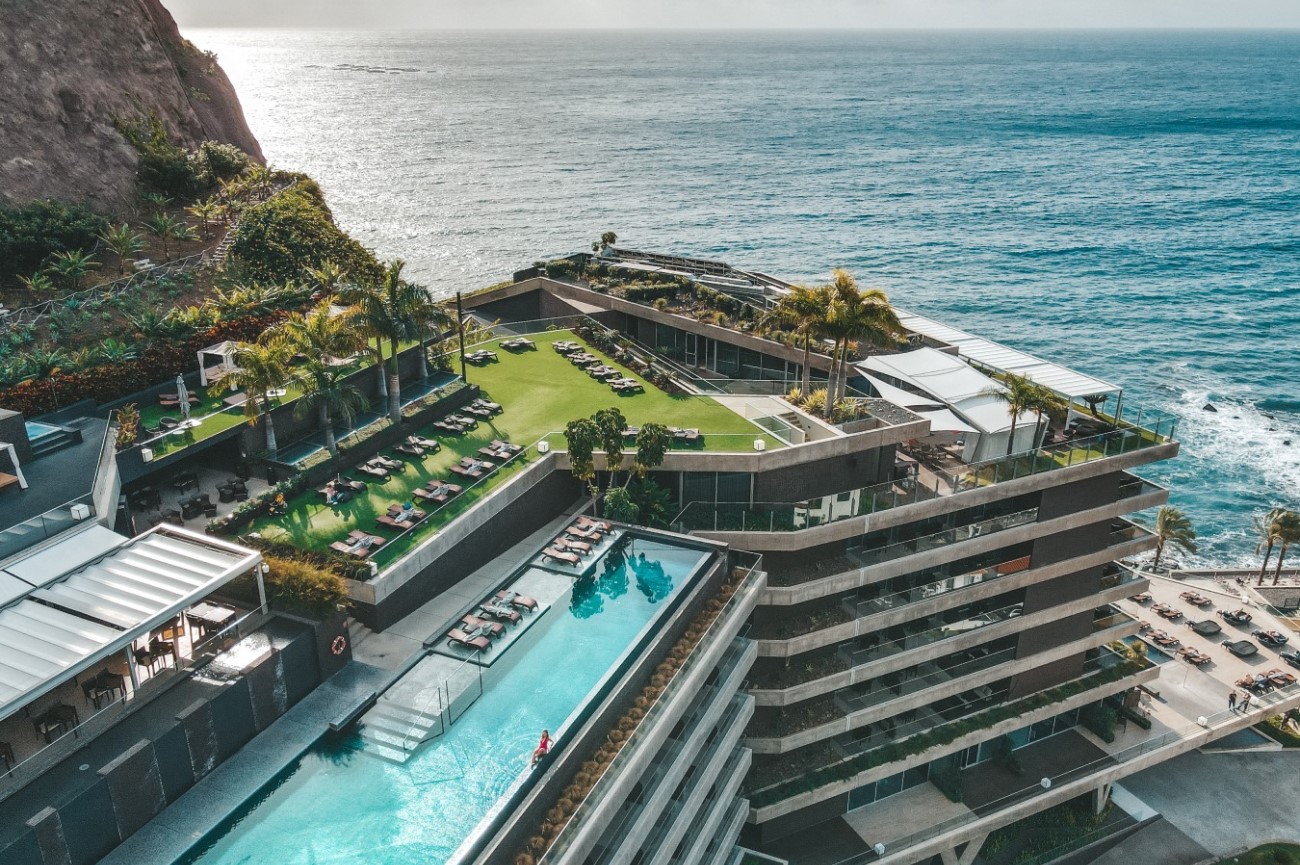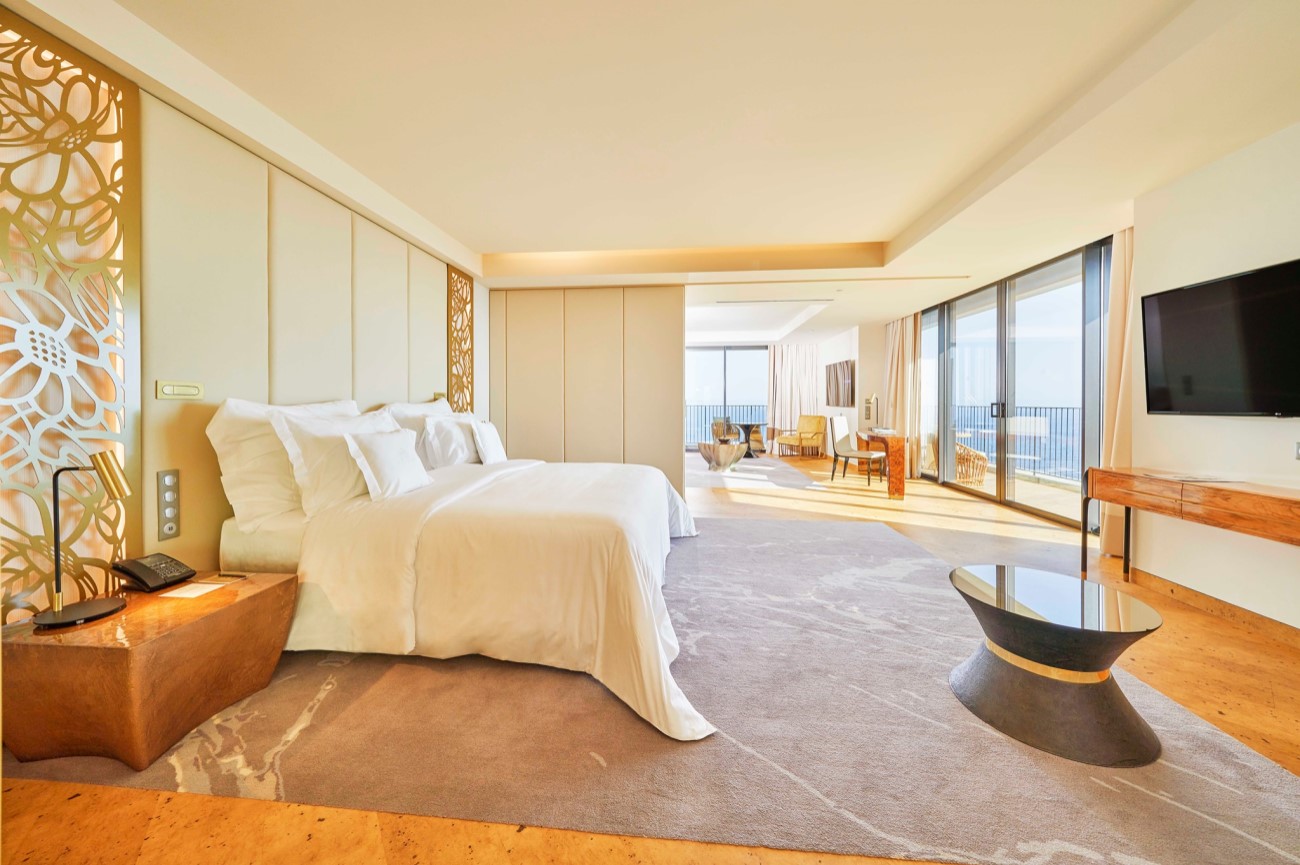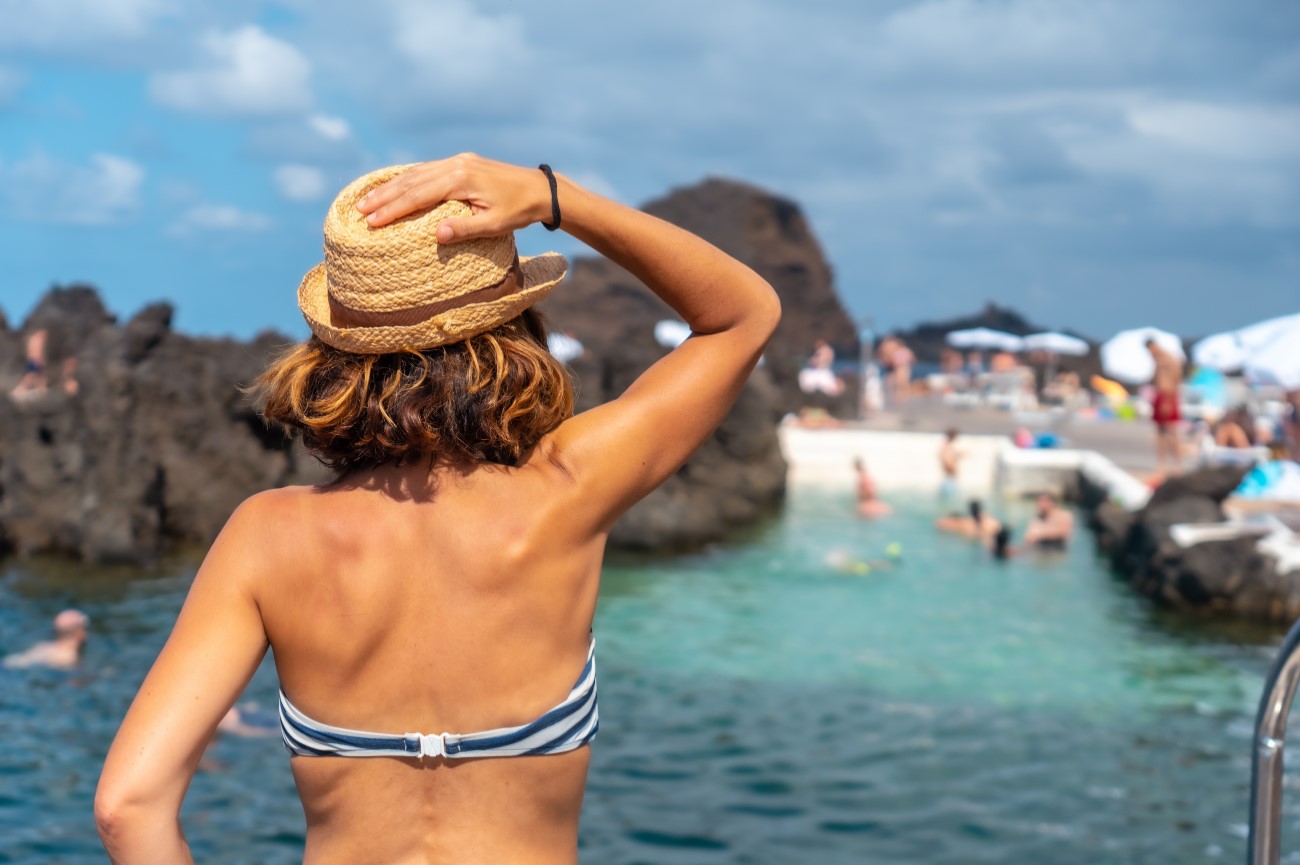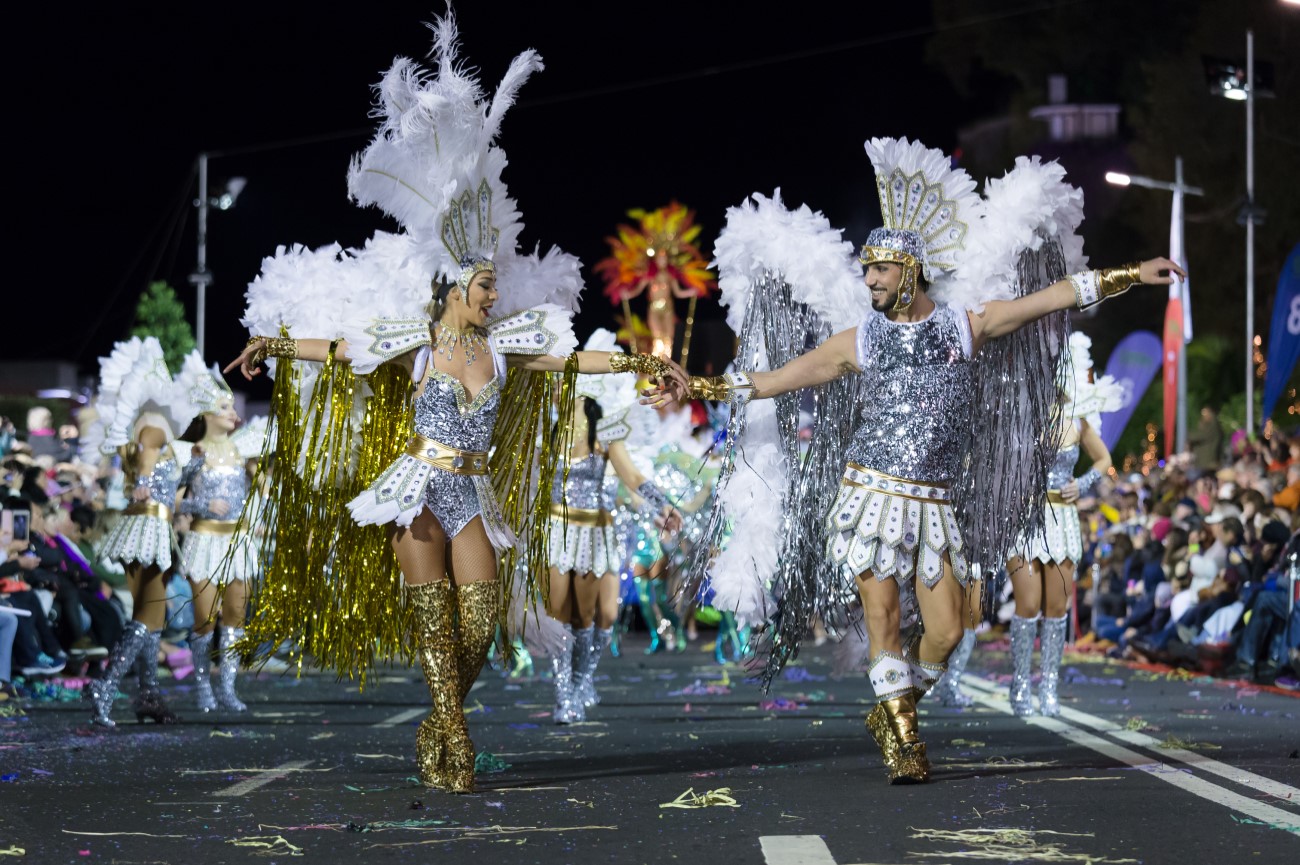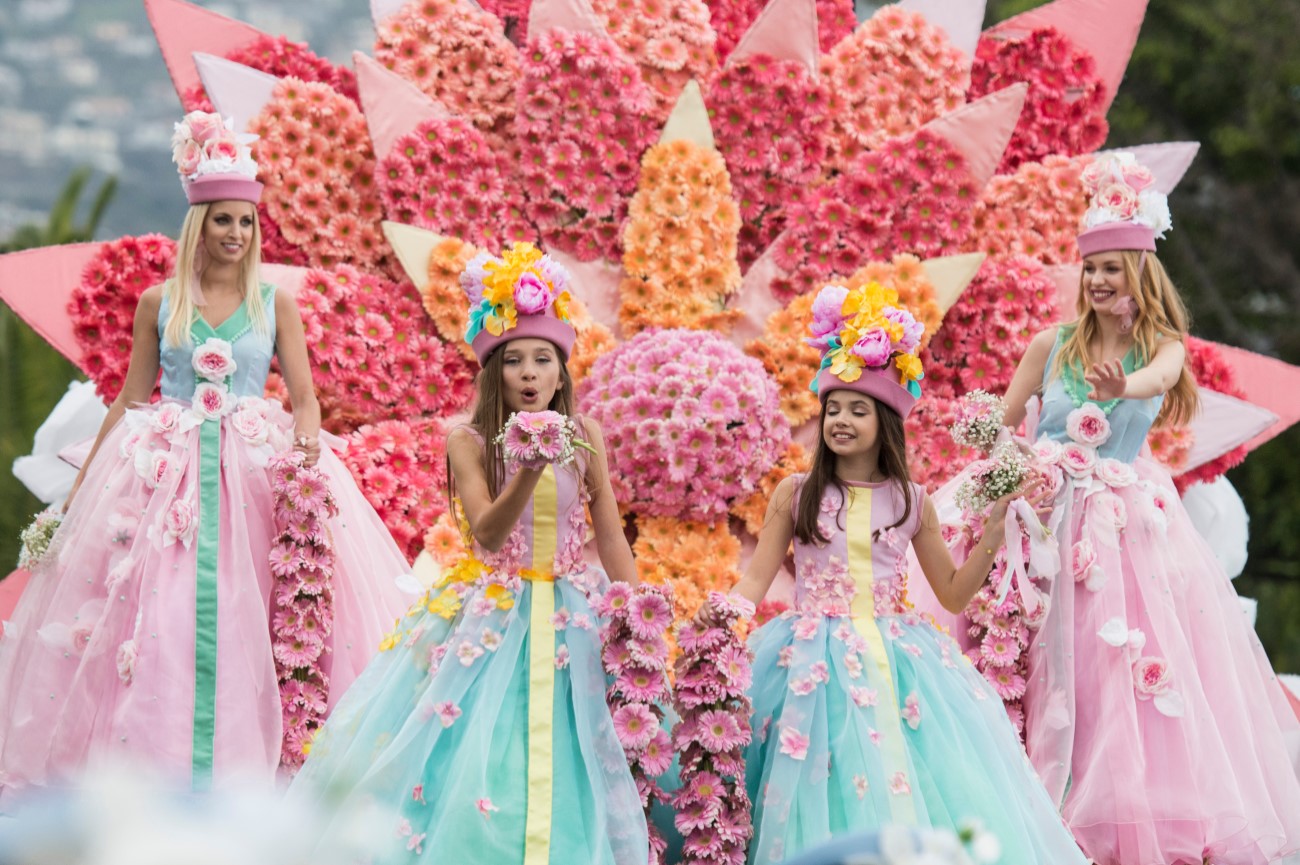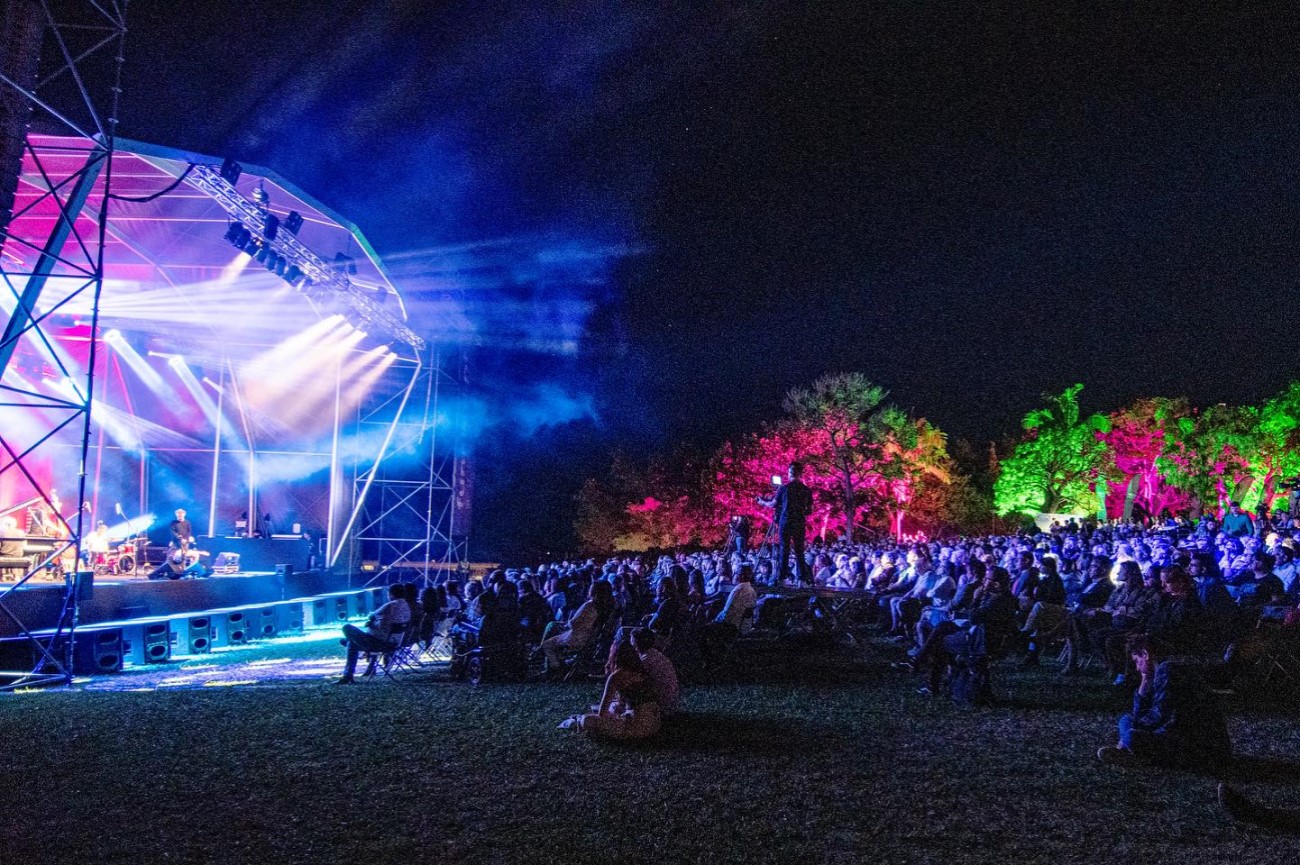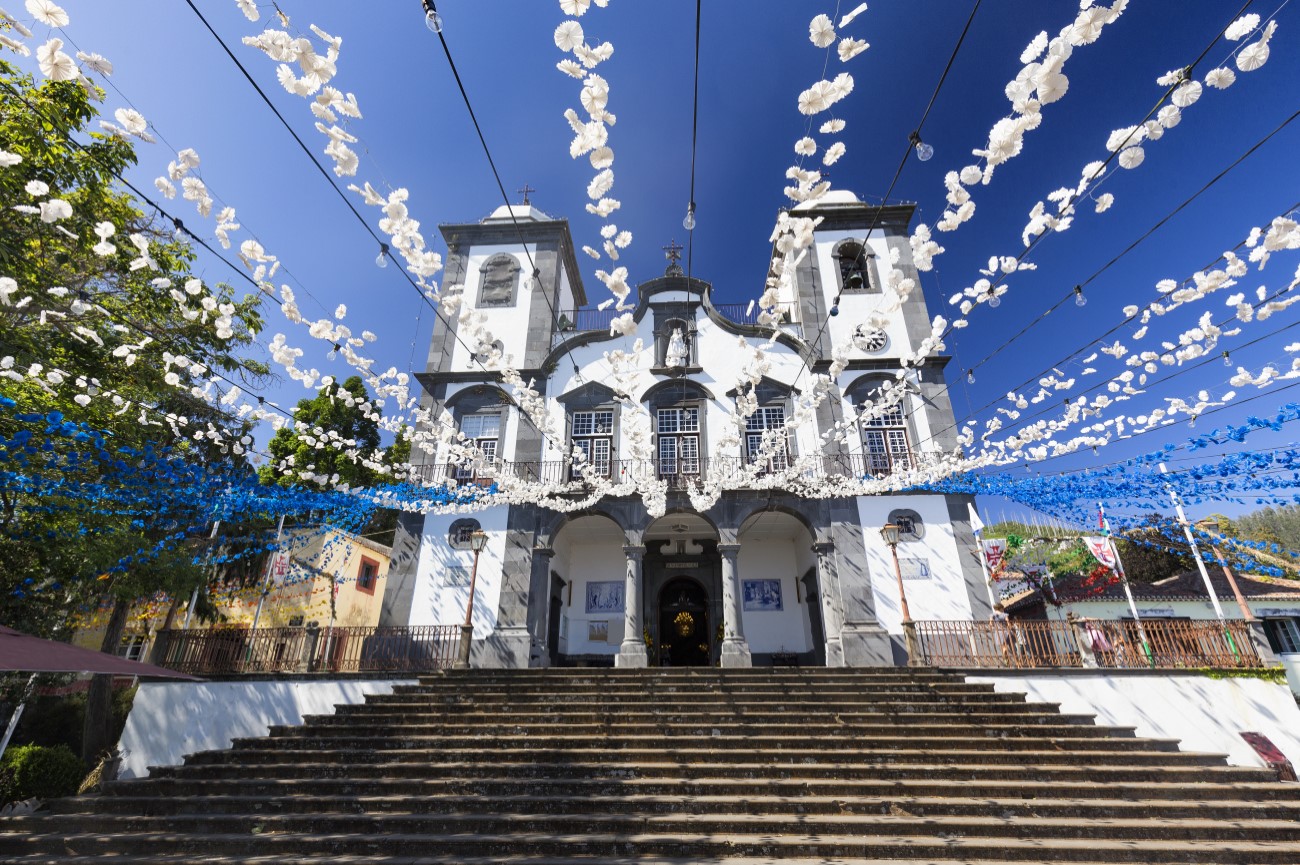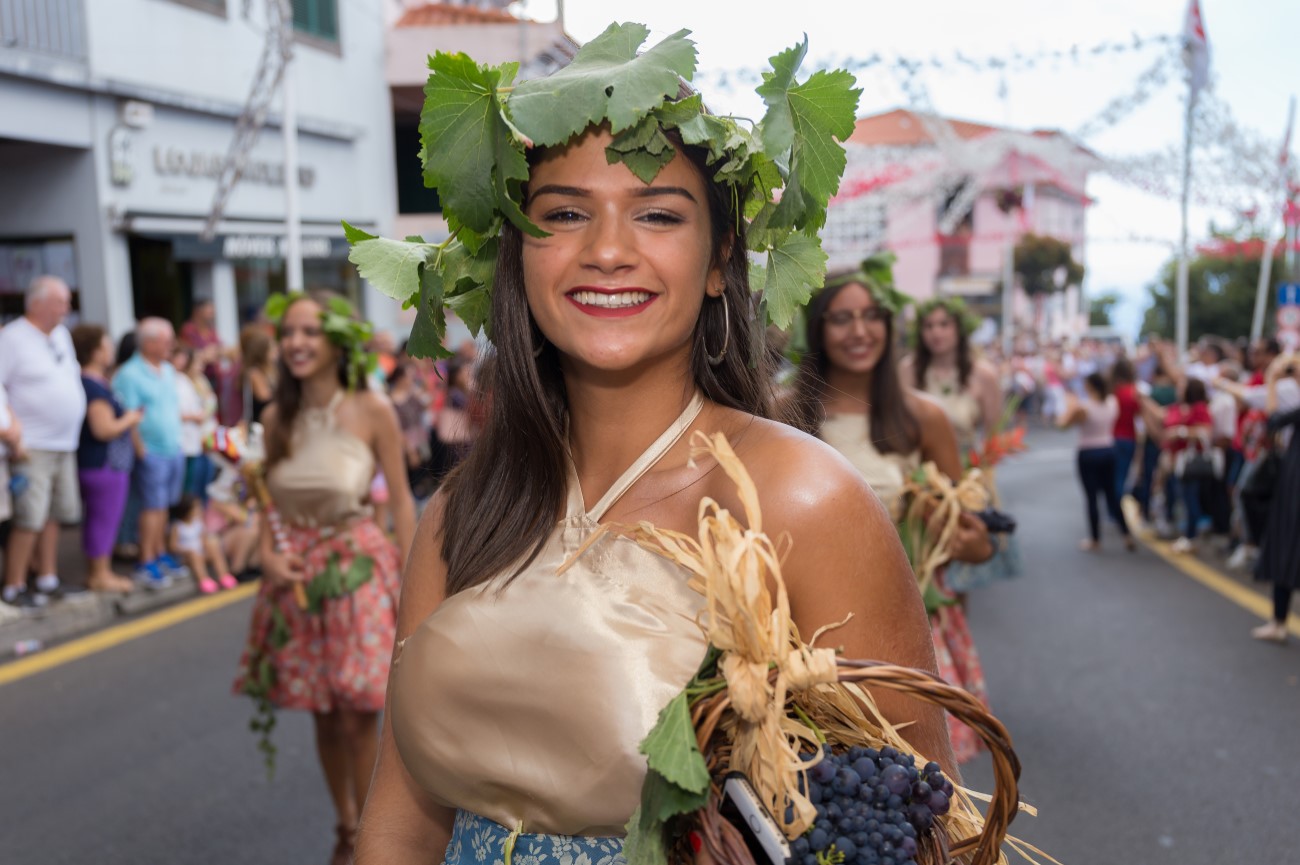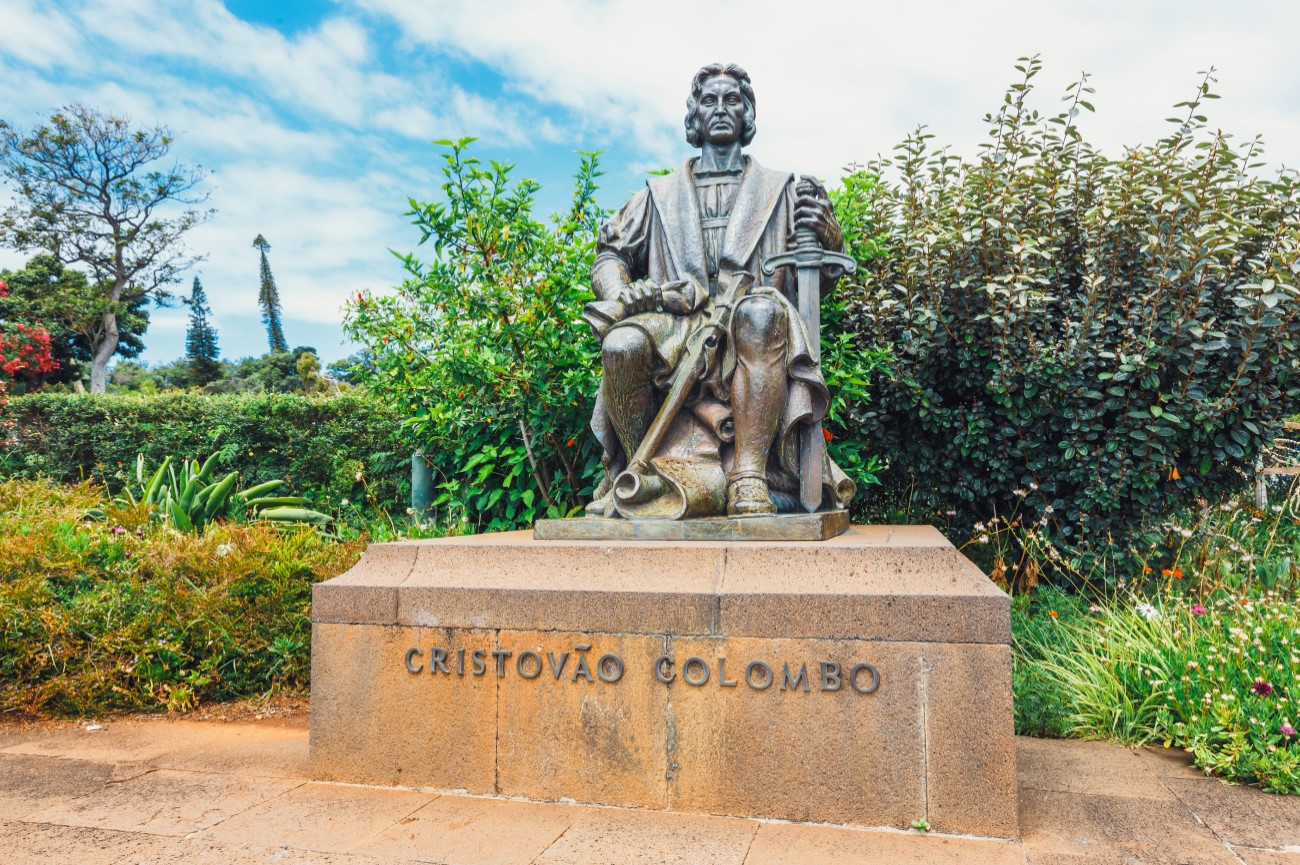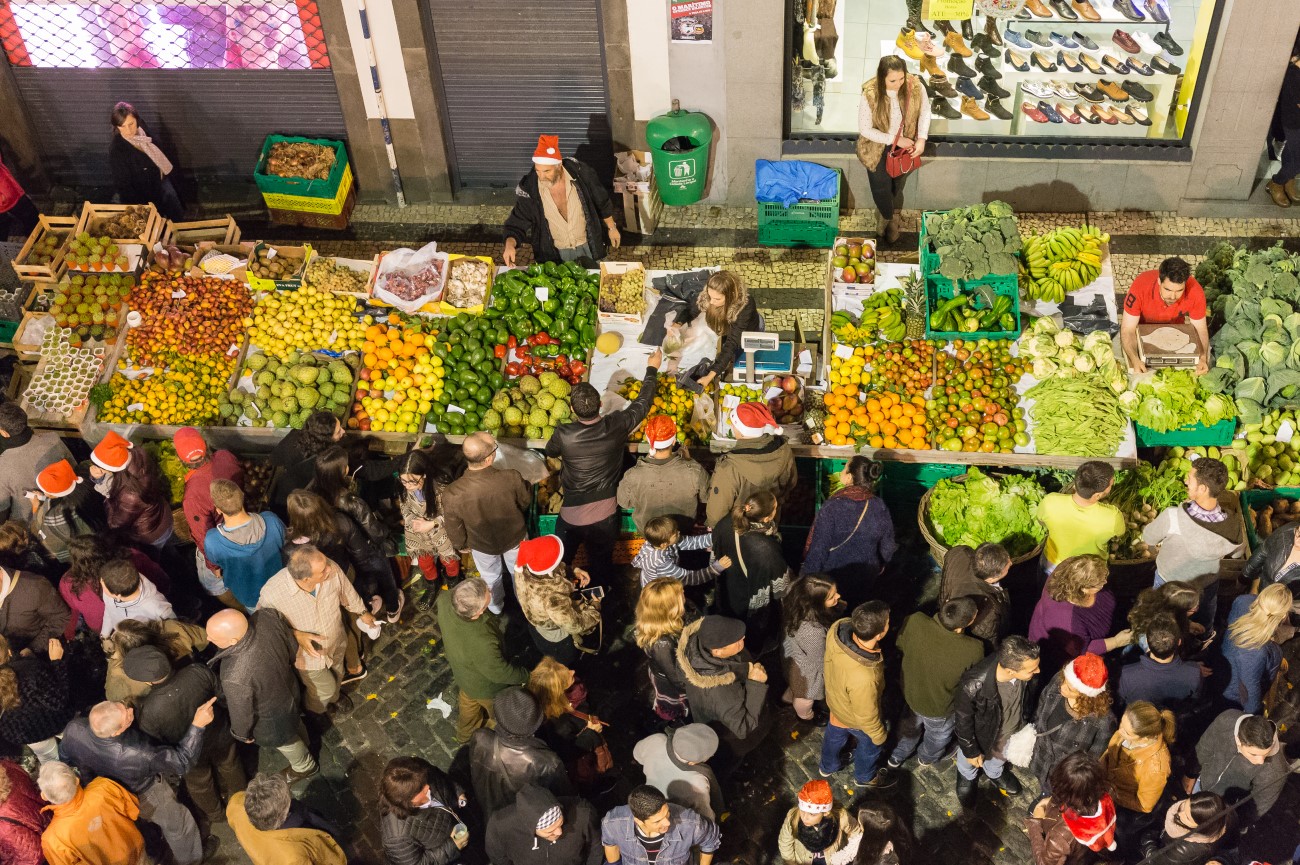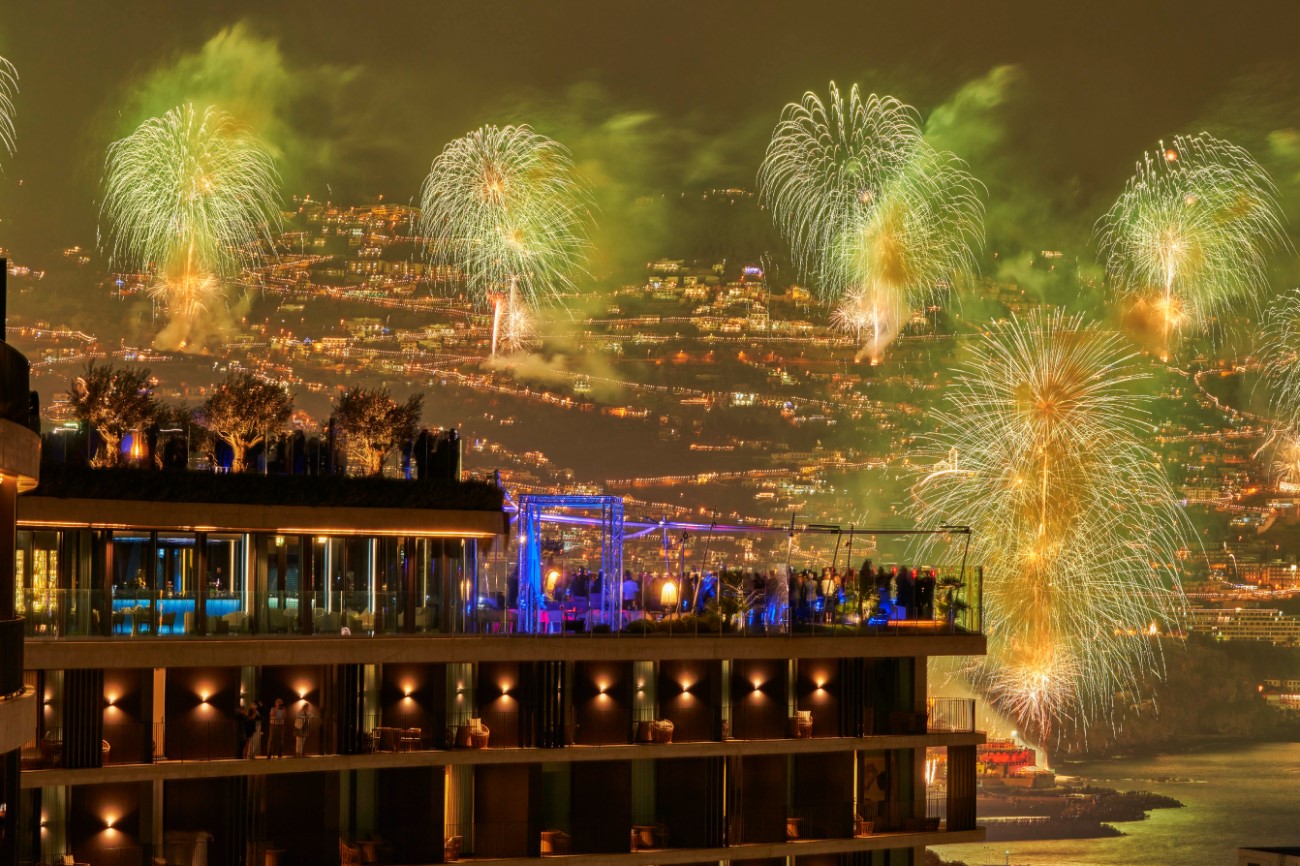Things To Do In Madeira Island
Exotic gardens, natural seawater pools, and incredible mountain views await you in Madeira.
The island is famous for its all-year-round warm climate, as well as its fortified wine and delicious tropical fruits. For nature lovers, there are hiking trails known as levadas that follow irrigation channels and pass through dramatic viewpoints.
Whether you’re coming on a cruise or arriving by plane, Funchal will likely be your first stop. As the capital of Madeira, the city is a great base to explore the island and is home to a variety of attractions. Visitors can rent a car, hop on a local bus or join a guided tour to visit other towns.
Below is a 3-day Madeira itinerary, including tips on what to see, where to eat, and where to stay. We begin our journey in Funchal and then head towards the west and north of the island. If you’re spending a couple more days in Madeira, you can also check our day trip suggestions.
Day 1 - Funchal

Morning - Visit Mercado dos Lavradores
Tropical fruits rest on wicker baskets, and chilli peppers hang over the stands of this lively market in the heart of Funchal. Designed by architect Edmundo Tavares, the striking art-deco building has been an exchange point for fresh produce since 1940. Every day, locals and visitors come here to smell and taste the island's unique ingredients, such as bananas or passion fruit. While the fruit takes centre stage, you can't help noticing the tiles adorning the walls and the women dressed in traditional Madeiran wear. If you're visiting in the morning, you can watch the fishmongers prepping scabbardfish and other local seafood. Note that produce here is often sold at a higher price. If you’re looking to stock up on fruit, it’s worth checking the stalls in the streets surrounding the market.
Admire the street art at Rua de Santa Maria
From the market, head to Rua de Santa Maria, one of the oldest streets in Funchal. Dating back to the 15th century, it’s famous for its series of colourful doors. The initiative called Arte de Portas Abertas (Art of Open Doors) began in 2010 when the city council invited artists to revamp the doors and entrances on the street. Walking past it today, you'll find more than 200 painted doors tucked between cafés and restaurants.
Go up to the Monte neighbourhood
Take the Funchal cable car or hop on a bus from the seafront up to the Monte neighbourhood. The panoramic views over the city are the first thing you'll notice when you arrive at Monte, but there are many more reasons to visit this area.
Get lost in the Monte Palace Tropical Gardens, an exotic garden dotted with sculptures, fountains and tropical plants.
Then, head to the Igreja de Nossa Senhora do Monte, a Baroque church framed by a steep stairway. Finally, take a stroll to the Parque Municipal, another peaceful park surrounded by century-old trees and water features.
Take the Toboggan Ride
You can take the cable car back to the city or hop on a toboggan. The journey begins near the Monte church and ends at Estrada do Livramento. Once used to carry goods, the wicker toboggans are now a fun tourist attraction, whisking visitors down the hill. Dressed in white, the drivers push you along the road until you reach Livramento. From here, you need to take a bus or a taxi to the centre of Funchal.
Tour the Botanical Garden
You can combine your trip to Monte with a visit to the nearby Botanical Garden, which you can reach via cable car. Stretching for over 80,000 square metres, the gardens feature a variety of plants, from cacti to colourful shrubs and exotic trees. Plus, it boasts fantastic views over the city as it stands on a hill.
Map of The Monte Itinerary
Afternoon - Explore the city’s downtown
Spend the afternoon exploring the centre of Funchal, where you'll find monuments, such as the cathedral and the Jesuit Church.
Dating back to the 16th century, the cathedral's entrance stands out with its mix of exposed tiles and white-plastered walls. For a while, it was one of the largest dioceses in the world, covering Madeira and other Portuguese territories such as Angola and Brazil. Step inside to admire the ornate ceiling and the altar featuring Gothic panels.
From the cathedral, you can walk to the Jesuit Church. Completed in 1647, it features a lavish Baroque interior with blue and white tiles, gilded altarpieces and painted ceilings. If you have time, you can also climb the church's tower.
Go souvenir shopping
There are many places to buy traditional souvenirs in Funchal. We recommend Armazém do Mercado, the Caravel Art Center, and Bordal. Set behind the Lavradores market, Armazém do Mercado houses a few stalls selling a mix of traditional and modern crafts designed by local artists. The Caravel Art Centre is an art gallery, but you can also find some artisanal items in their gift shop. Finally, there's Bordal, a shop founded in 1962, that sells traditional Madeiran embroideries at Rua Dr. Fernão Ornelas. They also have a branch at the airport in case you need a last-minute souvenir!
Join a Madeira wine tasting
Next, head to the Blandy’s Lodge to taste some local wine. Vinho da Madeira, or Madeira Wine, is a fortified drink that ages through heat. It can range from dry to sweet, and usually has the taste of caramel and roasted nuts. Blandy's is one of the most famous producers of Madeira wine, and you can visit their cellars in Funchal. During the 45-minute tour, you’ll learn the history of the company, the different grape varieties and the wine that comes from it. The tour ends with a sampling of two Madeira wines.
Take a walk by the waterfront
Finish the day with a walk along the waterfront. The palm-tree-lined promenade is the perfect place to take in the ocean views and the mountains rising above the city. Start at the marina, and then follow the Avenida do Mar until Praça do Povo.
If you’re up for it, you can also stop by Parque de Santa Catarina, a large public garden featuring an artificial lake, a chapel and a children's park.
Map of The Afternoon Tour
Day 2 - Pico do Arieiro, Curral das Freiras & Câmara de Lobos

Morning: Pico do Arieiro Tour
For your second day, if the weather allows, take a trip up to the mountains. By car, it takes a little less than an hour to reach Pico do Arieiro, the third-highest peak on the island. Standing at 1,818 meters high, it offers incredible views of the landscape, especially on a clear day when you can spot the island of Porto Santo. You'll often stand above the clouds when visiting viewpoints like the Miradouro do Juncal and Miradouro Ninho da Manta. From Pico do Arieiro, you can take a hike to the highest mountain of Madeira, Pico Ruivo. The walk takes around two to three hours, so make sure to come prepared. If you don't have a car, you can always book a tour to Pico do Arieiro. It's especially worth coming here for sunrise.
Afternoon: Curral das Freiras
From Pico do Arieiro, continue west to Curral das Freiras, aka the Nun's Valley. In the 16th century, this was home to a convent, which is how it got its name. The valley was the perfect place to hide from the pirate attacks at the time, as it was sheltered by steep mountains. These days, people head here for the breathtaking views and to follow the hiking trails. Before reaching the centre of the village, you can visit the Miradouro do Paredão and the Miradouro Eira do Serrado. The first viewpoint has two sides, one facing Funchal and the other facing Curral das Freiras. Eira do Serrado also overlooks Curral das Freiras but takes you a bit closer. The village itself is pretty calm, and it's famous for its chestnuts, which feature local dishes such as soups and cakes. There's even a chestnut festival which takes place in November.
Câmara de Lobos
After exploring Curral das Freiras, head back south to visit Câmara de Lobos. Even if you don't have a car, you can easily visit this small fishing town. There are direct buses from Funchal, which take about 20 minutes. It's worth coming here to see the colourful boats resting by the shore and enjoy a glass of poncha at one of the local bars. This typical drink is made with aguardente, sugar, honey and orange or lemon juice. You’ll find it all over the island, but this village is especially renowned for it.
Cabo Girão Skywalk
Not far from Câmara de Lobos is the Cabo Girão Skywalk. This striking platform stands 580 meters above sea level. It is the second-highest sea cliff in the world, offering spectacular panoramic views. If you're brave enough, you can approach the edge of the cliff, where the see-through floor allows visitors to look down into the water. Access to the viewpoint is €2, so if you don’t fancy going up there, you can always spend the rest of the evening in the center of Câmara de Lobos.
Day 2 Tour Map
Day 3 - São Vicente, Seixal & Funchal

Morning - São Vicente Caves
For our last day, we decided to explore the north coast of Madeira. We began in São Vicente with a visit to the volcanic caves. From Funchal, it takes around 40 minutes to reach these historic underground tunnels. The tour includes a trip through the lava tubes and ends at the Centro do Vulcanismo, an interactive centre where you can learn more about Madeira's volcanic origin. The town is also home to a church and a small 17th-century chapel carved into a rock.
Note: The Sao Vicente Caves and Volcano Center are temporarily close. They are planning to reopen in 2024.
Fajã dos Padres
Once home to a community of Jesuit priests, this small coastal stretch is now a private farm filled with vineyards and banana plantations. You can reach it via boat from Ribeira Brava or take the cable car from the top of the hill. Visitors can book a tour of the farm or simply enjoy a meal at the on-site restaurant.
Seixal
Our next stop is Seixal, a coastal town on the north side of the island. On the way there, we stopped at the Miradouro do Véu da Noiva, a viewpoint overlooking a waterfall that resembles a bridal veil (véu de noiva) as it drops down.
As you get closer to the village, you'll find several places to go for a swim, including two beaches: Praia do Porto do Seixal and Praia da Laje. If you continue down the road, you'll end up at the natural pools, with its inviting crystal clear waters and rocky arches. Even if you don't go in the water, it's worth coming here to admire the natural landscape.
Afternoon - Porto Moniz
Continue driving west until you reach Ribeira da Janela, a rock formation featuring a window-like shape in the middle of it. Then, head towards Porto Moniz. The village is quite small, but it’s worth coming here for a swim. The town’s natural pools are surrounded by striking volcanic rocks, and there are a number of seafood restaurants where you can stop for a meal.
Fanal
From Porto Moniz, slowly make your way to Fanal. This large forest is considered a World Heritage site thanks to its century-old trees. Many hiking trails pass through here, such as the Levada dos Cedros and Vereda do Fanal. The area is often covered in a misty fog that is a stunning picture backdrop.

Day 3 Tour Map
Other Day Trips in Madeira

EAST
- Caniço - Caniço is a coastal town featuring a series of pebble beaches, including a tiny one accessed via cable car. Most visitors head here to see the Cristo Rei, a tall Christ statue that sits at the edge of Ponta do Garajau. There's also a diving centre in the area.
- Machico - Machico has one of the few golden-sand beaches in Madeira. Besides swimming, there are many activities to do in the area, including golf, whale-watching and hiking. The best viewpoints in Machico are Ponta de São Lourenço and Pico do Facho. Other attractions include a church and a whale museum.
- Porto da Cruz - Porto da Cruz is a quiet village within the Machico district. It's worth coming here to visit the sugar cane factory and admire the views from Fortim do Pico and Penha d'Águia. The area is also a popular site for surfing.
- Ribeiro Frio - This small town sits amid lush mountain slopes. It marks the beginning of many walking routes, including the Vereda dos Balcões, one of the easiest trails on the island. Like most levadas, it follows the island’s water stream, passing through a trout farm and ending at an incredible viewpoint overlooking the Ribeira da Metade valley and the mountains of Pico do Arieiro and Pico Ruivo.
- Levada Walks - Besides Vereda dos Balcões, there are two famous levadas in the east of Madeira: Levada do Caldeirão Verde and Levada do Rei. The first one begins at the Queimadas forest and passes through cliffs and tunnels until reaching the São Jorge valley. The second begins in São Jorge and finishes by the Ribeiro Bonito stream. Nearby is a water mill that has been running for more than 300 years.
WEST
- Paul da Serra - Paul da Serra is a plateau located on the west side of the island. Its highest peak is Pico Ruivo, which stands at 1640 metres above sea level. From this vantage point, you can capture the views over the mountains and the valley. Many walking trails start in this area, including the famous Levada das 25 Fontes, which passes through a series of natural springs.
- Calheta - This coastal stretch in the south of Madeira is a popular swimming spot. Like Machico, the beach of Calheta features imported golden sands. In this area, you'll also find Engenho da Calheta, an active sugar cane mill, and a modern art museum.
Porto Santo
Porto Santo is another island belonging to the Madeira Archipelago. If you're spending a couple of days in the region, it's worth paying a visit to this little island famous for its pristine beaches and crystal-clear waters. You can fly there directly from Lisbon or take the ferry boat from Funchal, which takes around 2 hours.
Beyond the beach, some of the top attractions in Porto Santo include the Miradouro das Flores, a viewpoint offering panoramic ocean views, Pico de Ana Ferreira, the highest point on the island and the natural pools of Porto das Salemas.
Things to do with kids in Madeira
Madeira offers plenty of family-friendly activities. Kids can spend time in nature, exploring some of the easiest hiking trails like Vereda dos Balcões or running around the mystical forest of Fanal. In the summer, you can take advantage of the natural pools and beaches.
While pebble beaches are more common, you can also find a few sandy stretches like Praia de Machico and Praia da Calheta. Alternatively, you can hop on the ferry to the Porto Santo Island and enjoy the endless golden sand there. There is also a small water park in Santa Cruz with pools and slides. Beyond swimming, you can spot dolphins and whales on a boat tour (including one on a pirate ship) or rent a sup and paddle along the coast.
If you’re not afraid of heights, you can take one of the many cable car rides spread across the island, from Funchal to Fajã dos Padres. Kids will also enjoy the thrilling toboggan ride down the hill from Monte.
Other popular attractions include the Parque Temático da Madeira, a theme park that showcases the island’s traditions, the aquarium in Porto Moniz and the karting in Faial.
Where to eat in Madeira
- A Confeitaria - This is a chain of bakery shops in Funchal, where you can grab a coffee and try local pastries. You can eat on the spot or order take away.
- Museu Café - This cosy café opposite Funchal's municipal square offers affordable lunch deals that always include a veggie option. In the evenings, they serve light sandwiches and snacks. They also host regular jam sessions and concerts.
- Cidade Velha - Set near the fort of São Tiago, this restaurant serves a mix of meat and fish dishes. Specialities include codfish with a cornbread crust and the chateaubriand steak. You can take a seat inside or enjoy the sea views from their outdoor terrace.
- O Avô - The first thing you’ll notice when entering O Avô is its immense collection of soccer scarves. More than 1,000 scarves decorate the ceiling of this small restaurant in the heart of Funchal. The dishes vary each day, but there's always a meat and fish option.
- Churrascaria São Roque - This restaurant is famous for its espetadas (meat skewers). Visitors are invited to cook their meat on the grill before sampling it on the table paired with a slice of bolo do caco, a traditional bread usually spread with garlic butter. You can choose between chicken, beef and pork.
- Casal da Penha - Set near the Funchal port, Casal da Penha lures visitors with its picturesque terrace overlooking the city. On the menu are local specialities such as bolo do caco, meat skewers, fresh fish and delicious rice dishes. It gets quite busy, so we recommend booking a table.
- Restaurante dos Combatentes - Located a few steps away from the city’s cathedral, this traditional restaurant has been open for more than 50 years. Skewers, seafood and vegetarian dishes are all part of the menu, and there’s a good selection of wines, too.
- Il Gallo D'Oro - Chef Benoît Sinthon is behind this two-Michelin-star restaurant housed inside the Cliff Bay Hotel. The restaurant combines Iberian and Mediterranean cuisine and uses fresh ingredients sourced from the island. You can order à la carte or try one of their tasting menus.
- Belmond Reid’s Palace - This 5-star hotel is a paradise for food lovers. Inside you’ll find two restaurants: the Italian, Villa Cipriani, and the Michelin-star William which offers delicious seafood dishes. The hotel is also famous for its afternoon tea, served every day in an outdoor terrace overlooking the sea.
- Sabores do Curral (Curral das Freiras) - If you’re visiting Curral das Freiras, you can stop here for lunch and admire the mountain views. Chestnuts are the star of the menu and feature anything from the starters to dessert. We recommend the chestnut soup and the cheesecake.
- Vila do Peixe (Câmara de Lobos): Set in the village of Câmara de Lobos, this restaurant serves a variety of fresh fish. Grab a seat by the window or on the terrace to make the most of the sea views.
- Caravela (São Vicente) - This restaurant in São Vicente serves generous portions of seafood. Specialities include limpets and grilled octopus. Grab a seat by the terrace and enjoy the view of the sea and the mountains.
Bars in Funchal
- Bar Number Two - This bar is one of the best places to try poncha in Funchal. Besides the original version with aguardente and orange juice, they also have other variations with vodka and whisky. You can also try the nikita , a cocktail made with ice cream, beer, white wine and pineapple juice.
- Flair Spot Bar - Located in the old town, this is the perfect spot for cocktail lovers. There are over 200 cocktails on the menu, so you won’t have any trouble finding your favourite. If you feel overwhelmed with the choice, the staff will happily give you a recommendation.
- Madeira Rum House - As the name suggests, this bar specialises in rum from Madeira. You can order it by the glass or try one of their rum tastings. There are also other drinks on offer, including a good range of Madeira wine.
- Fuga Cidade - If you’re in the mood for some local craft beer, head to FugaCidade. Set near the Jardim Municipal, it offers six beers on tap, including IPAs, stouts and porters. They also have bottles from national and international brands.
- Barreirinha Bar Café - This cafe overlooking the ocean is the best place to hang out on a summer day. They serve cocktails, poncha, craft beer and wine, as well as a bit of food like toasts, salads, hot dogs and burgers. It’s open until midnight on most days and until 2 a.m. on Fridays and Saturdays.
Where to stay in Madeira
There is no shortage of hotels in Funchal, but you don’t need to spend your whole stay in the city. Below are four hotel recommendations, two in Funchal, one on the east coast and one on the west coast.
Porto Santa Maria is a four-star hotel set along Funchal’s waterfront. It’s only a few steps away from the historic centre, allowing you to explore the city's main attractions on foot. Guests have access to two pools, a spa, a fitness room and a terrace featuring a jacuzzi and incredible views over the city.
You’ll find the Belmond Reid’s Palace on the edge of a grassy cliff overlooking the sea. Located a few miles away from the city centre, this 5-star hotel has been running for more than a hundred years. It offers all the luxury amenities, including a tennis court, a spa, an infinity pool, and a Michelin-star restaurant. Even if you’re not spending the night, we recommend coming here for their afternoon tea.
Set in Calheta, the Savoy Saccharum Resort & Spa is the ideal place to stay if you want to explore the west side of the island. This modern resort offers 243 rooms, and most of them feature private balconies and sea views. Guests can enjoy the three outdoor pools, the squash court, fitness club and the spa, which includes a Turkish bath, sauna, and jacuzzi. The staff can also arrange a variety of activities across the island, including catamaran tours, golf, surfing or hiking.
If you’re heading to the east side of the island, we suggest staying at Quinta do Furão. Sitting atop a cliff, this large estate offers 65 rooms, some facing the hotel’s vineyards or the sea. Facilities include a restaurant and a swimming pool. They also organise several activities, from poncha workshops to wine tastings and botanical tours.
The Savoy Palace hotel in Madeira is a luxurious and contemporary retreat, boasting breathtaking ocean views and sophisticated amenities. With its opulent design, world-class service, and a prime location in Funchal, Savoy Palace offers a truly indulgent experience for discerning travelers.
Best time to visit Madeira
Madeira has different microclimates, meaning the weather can vary from place to place. Usually, it is sunnier on the south coast, while the north coast is often more humid. Summer is the busiest season on the island. Temperatures range from mid 20s to 30s, making it the perfect time for a swim in one of the natural pools or beaches. However, it can get pretty crowded, especially around popular levadas like 25 Fontes. If you prefer a quieter atmosphere, it’s best to visit around spring or autumn. The weather is still relatively warm around this time, so you’ll still get a chance to do some hiking and even squeeze in a swim. Plus, you’ll get to witness some of the island’s traditional festivals like Festa da Flor or Festa do Vinho. Winter brings more rainy days but also lively festivities like Christmas and New Year’s.
Madeira Festivals
- Carnival: Around February or March, Madeira celebrates carnival with a lively parade. Participants dress up in costumes full of colourful flowers and feathers and dance around the waterfront of Funchal.
- Festa da Flor: Madeira welcomes spring with this vibrant flower festival held in April or May. The streets are covered in stunning floral displays, and there are markets where you can purchase local flowers. The highlight is the Cortejo Alegórico da Flor, a large parade with colourful floats that departs from the old town.
- Funchal Jazz Festival: In July, Funchal welcomes this jazz festival with performances by local and international artists. It takes place in the Parque de Santa Catarina and lasts for about three days.
- Festa de Nossa Senhora do Monte: Around the 14th and 15th of August, the district of Monte celebrates its patron saint. The festivities include a religious procession, live music and a food market.
- Festa do Vinho: Madeira’s wine festival takes place between late August and early September. Visitors can enjoy wine tastings in the streets of Funchal or tour the wineries scattered across the island.
- Festival Colombo: In September, Porto Santo celebrates the explorer Christopher Columbus, who lived on the island for a short period. The festivities include concerts, historical reenactments and a medieval market.
- Noite do Mercado: In December, the whole island dresses up for Christmas with illuminations spread across the cities, especially in the capital. Among the main events is the Market Night on the 23rd of December, which gathers people around the Mercado dos Lavradores to hear Christmas songs or grab a bite from the surrounding street food stalls.
- New Year's Eve: Madeira has one of the biggest fireworks displays in the world. You can watch it by the waterfront or pick a place up on the hill to witness the show from different angles.
